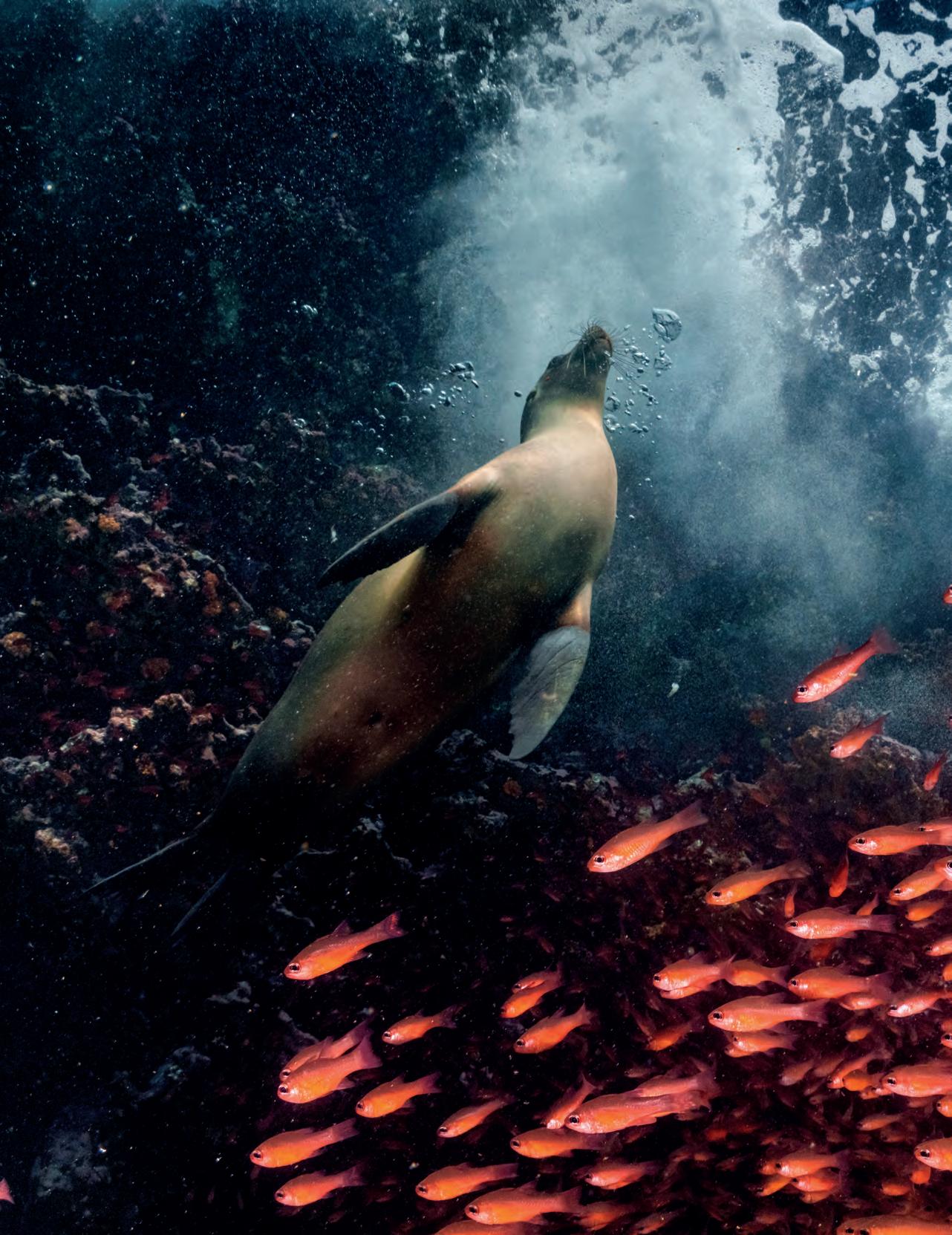
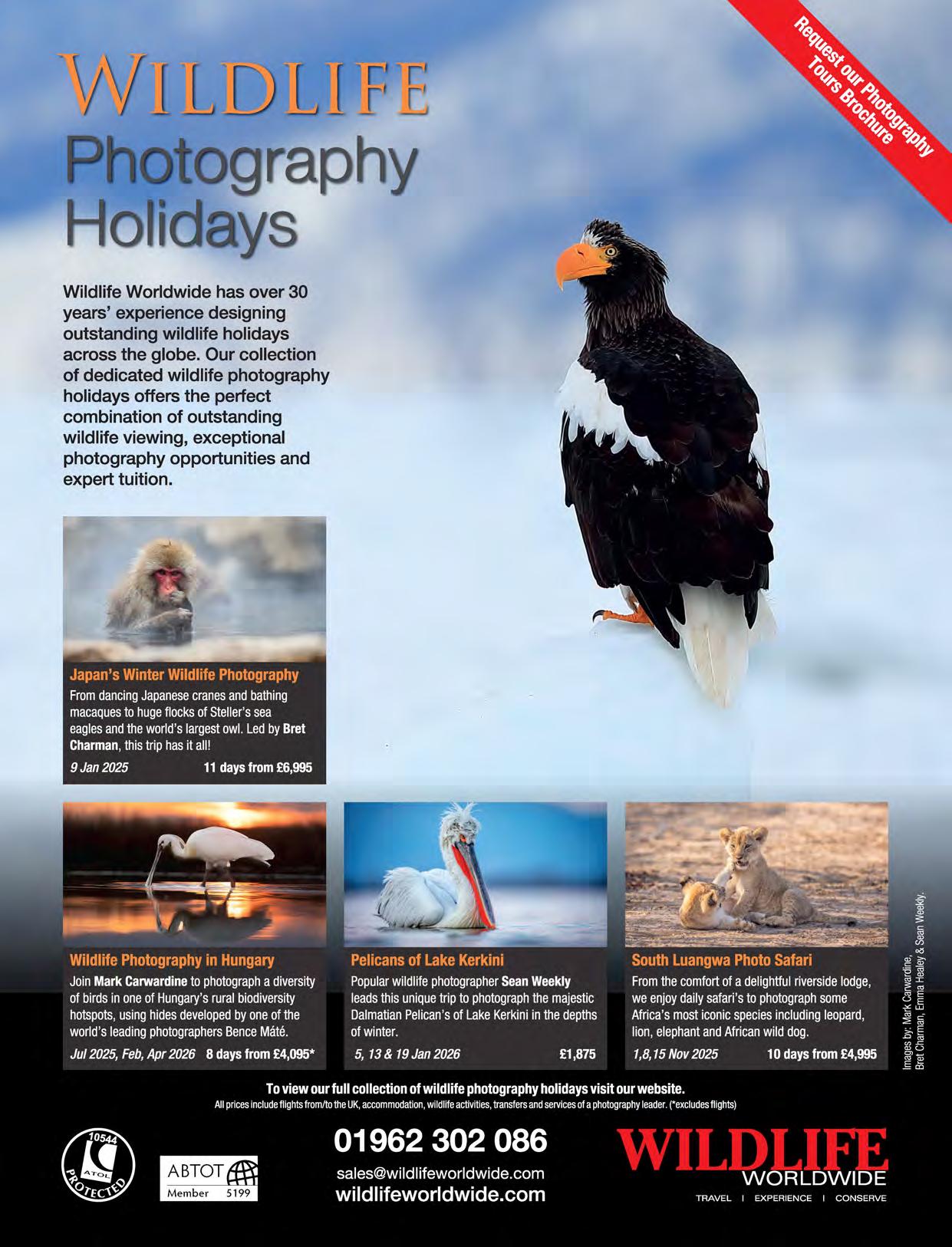



Wildlife Worldwide has over 30 years' experience designing outstanding wildlife holidays across the globe. Our collection of dedicated wildlife photography holidays offers the perfect combination of outstanding wildlife viewing, exceptional photography opportunities and expert tuition.
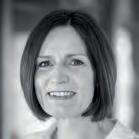
With all the issues surrounding photography – ethical, political, technological – it can be difficult to remember to ‘just look’. To let an image wash over you, move you, take you to another world.
How can you be convinced that what you’re viewing is authentic rather than deepfake or synthetic? What does ‘authentic’ even mean when artificial intelligence (AI) is able to mimic the work of some of the world’s best photographers, or trick us into believing a fake news event has really happened? Even Katy Perry’s mum was apparently fooled by AI-generated images seeming to show the singer at this year’s Met Gala in New York.
The RPS will be discussing the potential rewards and risks of artificial intelligence at its second conference on AI this October. On page 232, we consider how this brave new world is affecting commercial photographers, and learn about an inspiring campaign for a breast cancer charity which combined portraits by Jillian Edelstein HonFRPS with AI imagery.
In fact, there’s an abundance of inspiring images throughout this edition of the RPS Journal and if I’m being honest, it might be difficult to ‘just look’.
Conservation photographer Cristina Mittermeier, whose cover image shows a Galápagos sea lion emerging from behind a curtain of cardinalfish, asks us to imagine a better future for the planet. Misan Harriman, whose coverage of Black Lives Matter protests led to him becoming the first Black man to shoot a cover of British Vogue, highlights human rights issues. And James Clifford Kent documents life and labour on the frontline of an NHS maternity ward.
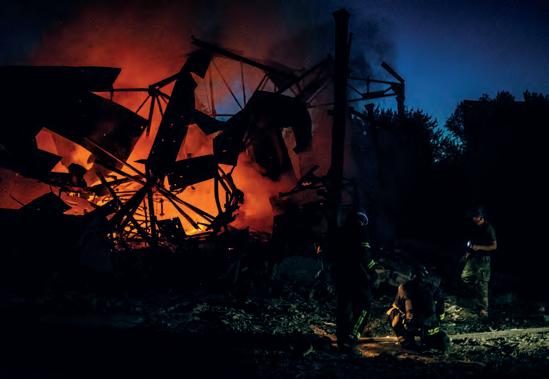
For me, though, some of the most impressive work featured this issue comes from our line-up of ‘young photographers to watch’, starting on page 272. They include two friends bonded by a love of astronomy, a Ukrainian photojournalist committed to a daily war diary, and an eight-year-old whose portfolio of her pet turkey caught the attention of the world’s biggest media brands.
We hope you enjoy your summer edition of the RPS Journal –and that the images we’ve chosen, and the stories behind them, stay with you.
 KATHLEEN MORGAN Editor
KATHLEEN MORGAN Editor

258
LANDSCAPE
Michael Kenna is acclaimed for his ethereal black and white images made across half a century. As he publishes a visual love letter to Japan, he discusses a journey that has offered him a different view on life.
A celebration of work by fresh talent, including two friends whose love of astronomy has brought them international recognition, and the RPS Pink Lady® Student Food Photographer of the Year.


He’s photographed key moments from recent British history – and become a part of that history in the process. Misan Harriman talks us through some of the highlights from his incredible career.
Photojournalist Garry Lotulung has produced several photo essays on environmental and social problems in Indonesia. Here he explores the fallout of increased nickel production in the country.


308
DOCUMENTARY
Granted access to a busy maternity ward in an NHS hospital, James Clifford Kent’s frontline images capture moments of elation – and exhaustion –experienced by health workers and new parents.
In the second of a series of three features on the path towards photographic excellence, we explore the RPS Associate Distinction – what is required to achieve it, and how it can enrich your practice and creative vision.


CONSERVATION
Titled ‘Red curtain’, this image of a Galápagos sea lion swimming among cardinalfish is by extraordinary marine photographer and campaigner Cristina Mittermeier.
246

Patron HRH The Princess of Wales
President and Chair of Trustees
Simon Hill HonFRPS
Deputy Chair
Mathew Lodge LRPS
Honorary Treasurer Charlotte Fraiberg Trustees
Gavin Bowyer ARPS, Sebah Chaudhry, Sophie Collins LRPS, Andy Golding ASICI FRPS, Mervyn Mitchell ARPS

THE ROYAL PHOTOGRAPHIC SOCIETY
RPS House, 337 Paintworks, Arnos Vale, Bristol BS4 3AR, UK rps.org
frontofhouse@rps.org
+44 (0)117 316 4450
Incorporated by Royal Charter
Chief Executive Officer
Dan Jones
Directors
Finance and HR: Nikki McCoy
Membership and Marketing: Lucinda Stewart
Editorial Board
Simon Hill HonFRPS, Dan Jones, Kathleen Morgan, Dr Michael Pritchard FRPS, Lucinda Stewart, Billy-Jay Stoneman ARPS
Group Editor
Kathleen Morgan rpsjournal@thinkpublishing.co.uk 0141 375 0509
Contributing Editor
Rachel Segal Hamilton
Art Director John Pender
Managing Editor Andrew Littlefield
Editor (Cross-Channel)
Ciaran Sneddon
Advertising Sales
Jamie Dawson
jamie.dawson@thinkpublishing.co.uk 0203 771 7201
Executive Director John Innes
The Journal of The Royal Photographic Society July-September 2024 Vol 164 / No 3
Published on behalf of The Royal Photographic Society by Think, 65 Riding House Street, London W1W 7EH thinkpublishing.co.uk
© 2024 The Royal Photographic Society. All rights reserved. The ‘RPS’ logo is a registered and protected trademark.
Every reasonable endeavour has been made to find and contact the copyright owners of the works included in this publication. However, if you believe a copyright work has been included without your permission, please contact the publisher. Views of contributors and advertisers do not necessarily reflect the policies of The Royal Photographic Society or those of the publisher. All material correct at time of going to press.
TeddyJamieson(page284)
RachelSegalHamlton(page232)
A photography and visual arts writer, Segal Hamilton is contributing editor to the RPS Journal. She has worked for titles including the British Journal of Photography and Aesthetica
An award-winning journalist, Jamieson was born in Germany, raised in Northern Ireland and lives in Scotland. He writes for titles including the Times and the Independent.

GraemeGreen(pages246and258)
A photographer and journalist for media outlets including the BBC, the Guardian and the Sunday Times, Green is also founder of conservation initiative the New Big 5 project.

GarryLotulung(page298)
A photojournalist and documentary photographer based in Jakarta, Lotulung specialises in stories about the human condition, social change and environmental crises.






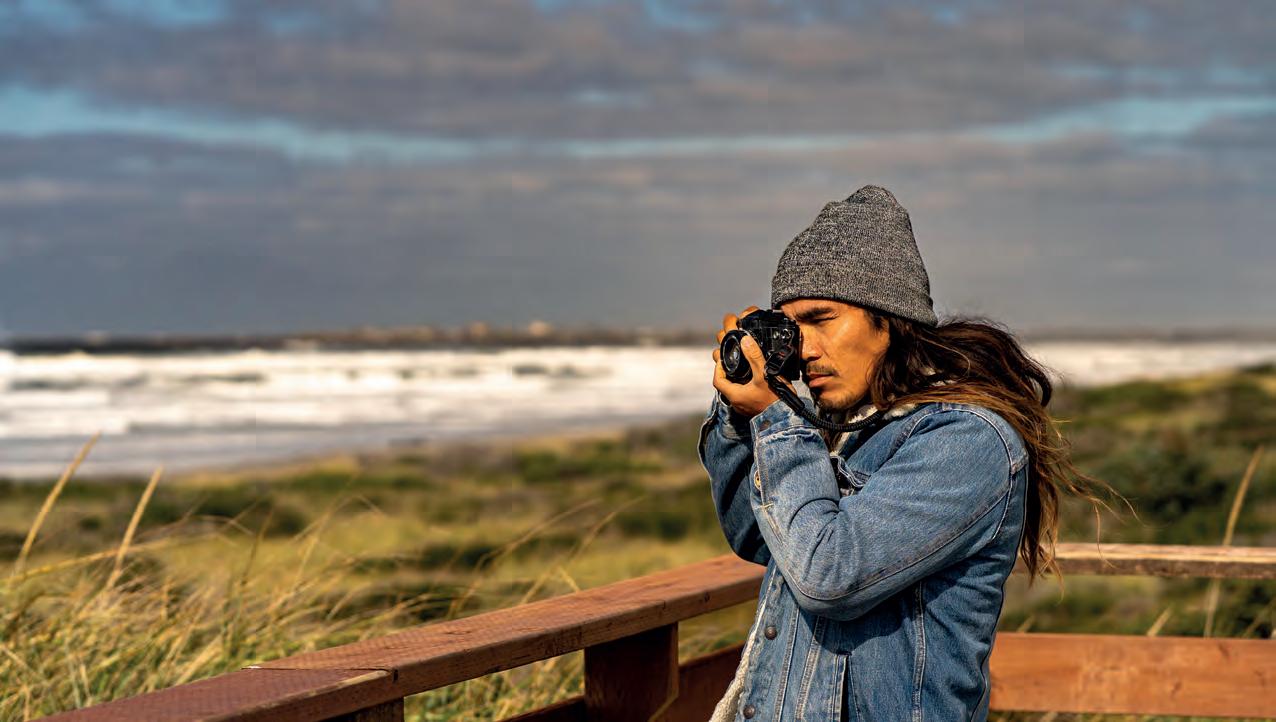
Explore photography with short courses from The Open University (OU) and The Open College of the Arts (OCA), supported by the RPS. Available internationally, these 10-week courses each involve 10 hours of study a week.
Digital photography: creating and sharing better images (OU)
Digital photography: discover your genre and develop your style (OU)
Photography as a language (OCA)
Investigating place with psychogeography (OCA)
Register now for the October 2024 intake
For details see openuniversity.co.uk/photography

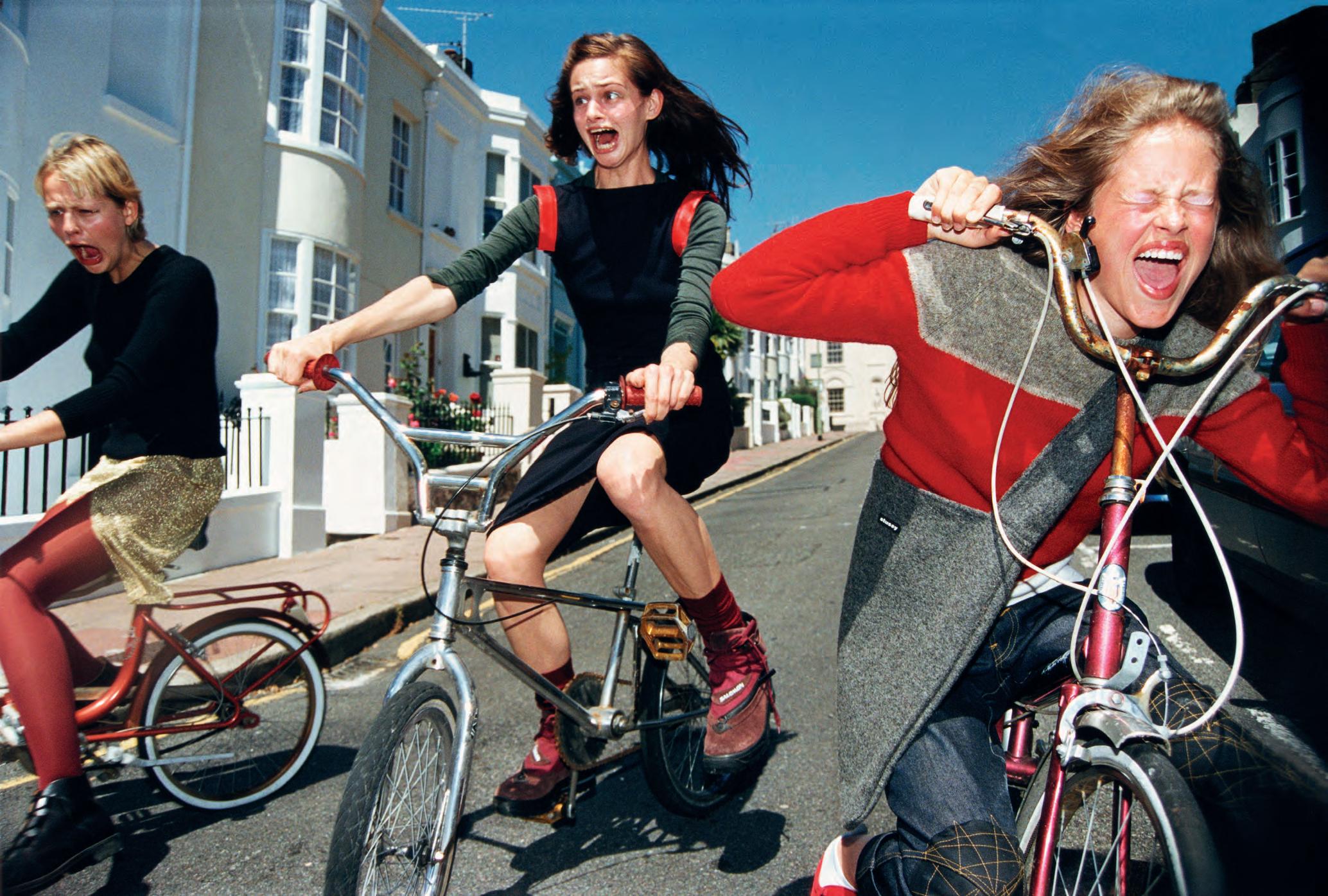

A trio of young women on bikes thunder down a residential street in Brighton, their expressions a mixture of fear and exhilaration. The occasion? A 1997 fashion shoot for seminal style magazine The Face
The photographer was Elaine Constantine, who made her name with striking observational images of northern England youth culture. Her frenetic, joyous image ‘Girls on bikes’ is among more than 100 photographs from 48 different photographers to feature in the Saatchi Gallery exhibition
Beyond Fashion. Constantine’s work is exhibited alongside that of big guns including Nick Knight, Miles Aldridge and Ellen von Unwerth, recipient of the 2020 RPS Editorial, Advertising and Fashion Photography Award.
“At one time, fashion photography was perceived as limited to its commercial use,” says exhibition curator Nathalie Herschdorfer, director of Photo Elysée in Lausanne, Switzerland. “With the explosion of the internet and social media, the way photography is documented, consumed and shared has undergone a transformation.
“The emergence of a broader visual language has enabled a blurring of boundaries between editorial work, advertising and artistic expression within fashion photography. It is no longer regarded as a frivolous medium – it is elevated to the status of an art form.”
Beyond Fashion is at Saatchi Gallery, London, until 8 September.
I’m Com’un Home in the Morn’un, a solo show by Elaine Constantine, is at Martin Parr Foundation, Bristol, 11 July-22 September. saatchigallery.com martinparrfoundation.org
237
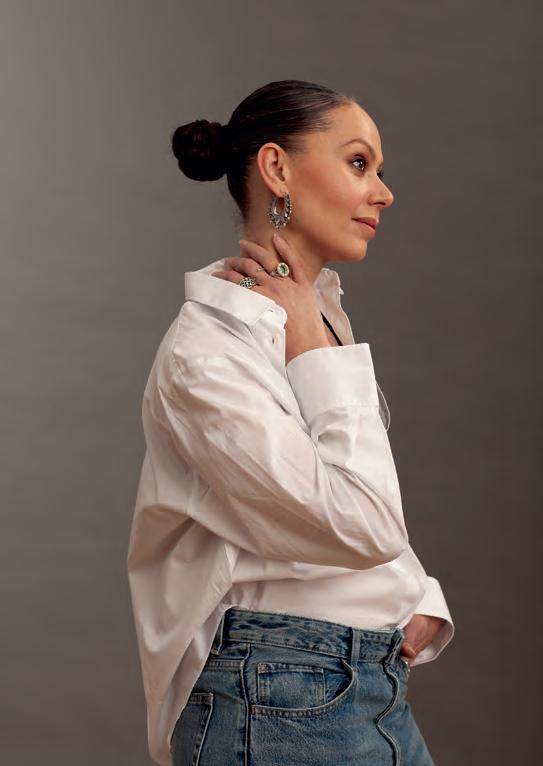
As the RPS prepares for its second conference on artificial intelligence, Rachel Segal Hamilton asks how AI is affecting commercial photographers
240 NEW BOOKS FROM TWO RPS
With the RPS hosting its second conference on artificial intelligence (AI) this autumn, the photography world is still debating what opportunities and problems its development presents.
A year after the inaugural RPS conference on AI was hosted at RPS House, Bristol, how much will have changed – technologically, ethically, and in the minds of photographers and film-makers?
Like other commercial photographers with decades of experience, Martin Wonnacott has seen his career shaped by technological advances. “When I started out in photography aged 17, people told me ‘there’s no future in it’,” says the commercial photographer and director whose clients include Coca Cola, Budweiser and Jack Daniels. Speaking on a call from New York, he explains he has heard this dismissive statement many times – particularly with the advent of digital photography and, lately, the growth of AI.
As one of the many creative people using generative AI in their work, though, Wonnacott is embracing this revolution. On a recent job for Coca Cola for a Seagram Ginger Ale campaign, he used AI to create a background for the video content he was shooting.
Wonnacott prefers to print his backgrounds, but AI is also used in film-making for virtual production –generating a virtual set that is displayed on LED walls when shooting film. On the Seagram shoot, not only was AI a time saver when turnaround was tight, it meant Wonnacott could create exactly the look required.
“I see it as a tool that can bring efficiencies,” he says. He also uses it when putting together a treatment –a document that shows a client your vision for approaching a brief. In the
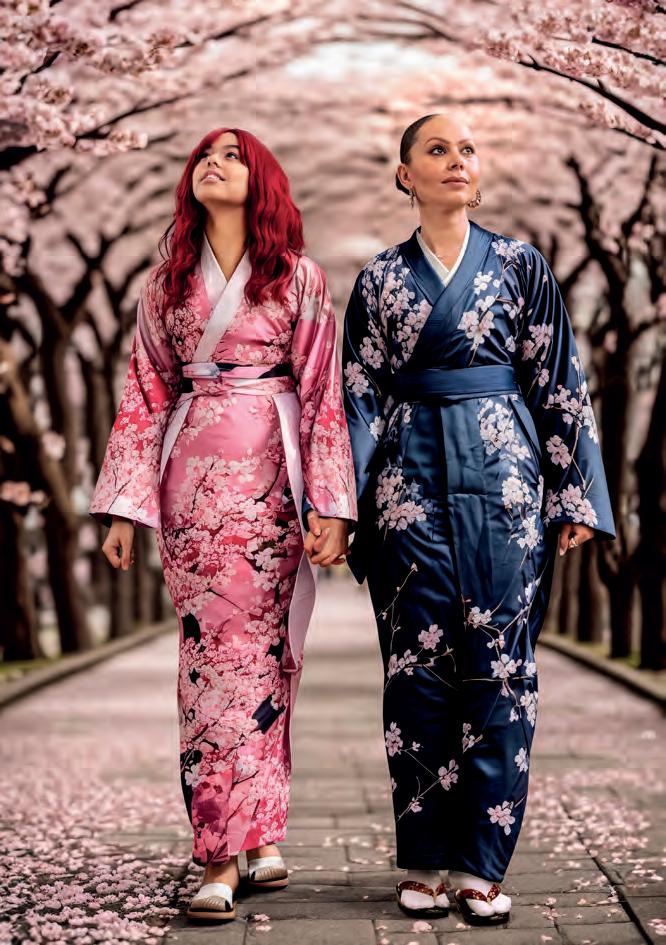

“After photographing Nina and her daughter in a studio, the kimonos and cherry blossom were added later”
past he would delve into his own archive for this and, in the case of very specific briefs, not always find what he had in mind.
Jillian Edelstein HonFRPS worked on a project with the charity Breast Cancer Now to create portraits of people living with secondary breast cancer, using AI to represent “memories yet to be made”. The idea behind the campaign was to show the importance of research in giving individuals more time to do the things they love. The photographs were shown at Saatchi Gallery this year in the exhibition Gallery of Hope
Here, AI came into its own as the portraits presented imagined scenarios – holidays, graduations, birthday celebrations. Everything except the portraits – “the base images” as Edelstein refers to them – were generated through AI. “Nina dreamed of visiting Japan,” says Edelstein. After photographing Nina and her daughter in a studio in ordinary clothes, the kimonos and cherry blossom were added later.
For all the advances, working with AI is more complex than hitting a button. Skillful human direction is essential to refine the result using specific instructions, otherwise the AI can easily stray off course creatively. So says Simon Legrand, real-time supervisor at Untold Studios, who worked with Edelstein on the Breast Cancer Now project. “It’s like with Chat GPT,” he adds. “People see the text box – they don’t see the complexity behind it.”
Wonnacott noted similar issues.
“I’d ask AI to create an orange cocktail, specifying camera lens and lighting, and it would render something weird like an orange stuck in a glass,” he says. There are undoubtedly still significant ethical concerns with generative AI. Meta, owner of Instagram, only recently announced that it would be using Instagram posts in the service of their new AI tool. Will this spark a mass exodus of ‘real’ image-makers from the platform? Concerns over fake images resurface continually in the media – for example, AI-generated image of singers Katy Perry and Rihanna at this year’s Met Gala went viral on social channels.
“It does make those of us who spent years learning our craft a little queasy,” says Legrand. He worries too that if the development of AI is limited to major US corporations, rather than given open-source access, creatives will fail to have full control and ownership of their own work. This is because the way AI software runs means images are produced via a third party – the corporation that owns it.
Fred Richtin is a photography critic, academic and former picture editor of the New York Times Magazine whose book The Synthetic Eye: Photography Transformed in the Age of AI is published this September. In an essay for PhotoVogue, Richtin heralds the creative opportunities
ROYAL PHOTO SHOW
Royal Portraits: A Century of Photography, exhibiting at the King’s Gallery at Buckingham Palace, includes images by major names including Honorary Fellows Cecil Beaton, Rankin and Annie Leibovitz. rct.uk
EAMONN McCABE SHOW
Unseen works by the late Eamonn McCabe HonFRPS are to be exhibited for the first time. The landscapes will show at Snape Maltings, Suffolk, from 15 September. The Eamonn McCabe Bursary, supporting aspiring photographers, was launched by the RPS this year in memory of the celebrated photojournalist and picture editor. It closes for applications on 1 August. rps.org/mccabe
GRANT ANNOUNCEMENT
Ajamu X HonFRPS is among four recipients of the Centre for British Photography’s Realisation Grants. The inaugural grants enable image-makers to complete an in-progress project within a year through funding and mentorship. britishphotography.org
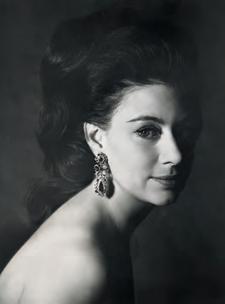
‘Princess Margaret, 1967’
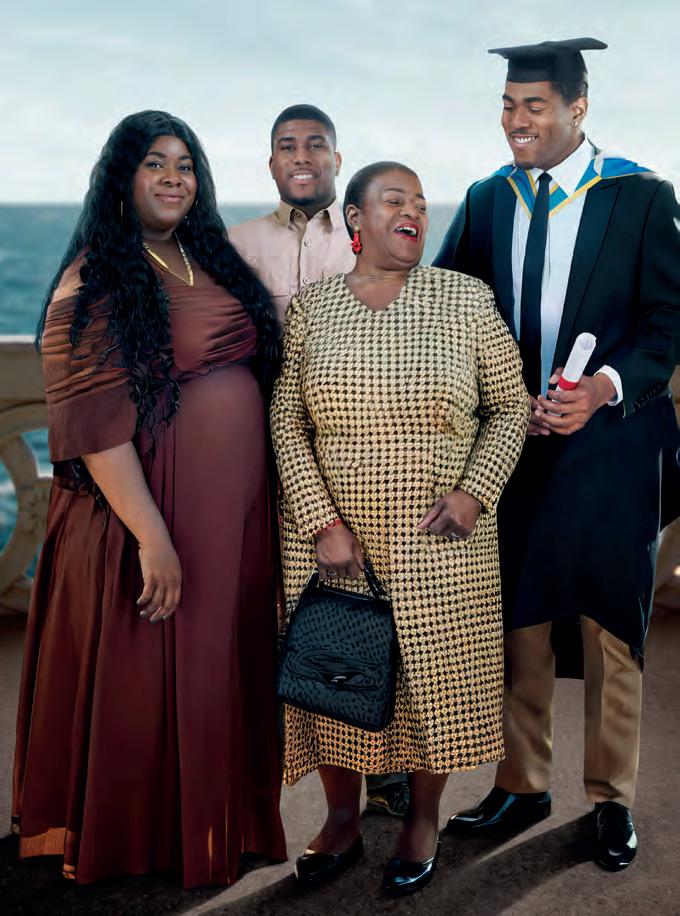
that AI offers in areas such as imagining the potential ravages of climate change or exploring what ancient civilisations might have looked like. But he also warns of risks for commercial image-makers.
He writes, “Photographers and their collaborators may find themselves increasingly displaced by artificial intelligence systems that can generate synthetic images at a fraction of the cost without having to pay assignment rates or reimburse travel costs.”
All of this is up for discussion at the RPS AI conference to be held at RPS House this October.
“Wherever you stand on the AI issue I feel this is a process it is impossible for the RPS to ignore,” says the Society’s CEO Dan Jones.
“Putting aside for a second the thorny questions about AI generated images –the widespread violation of intellectual and moral rights involved in their
development, and, indeed whether they represent photography in any way at all – AI is already having a huge impact on how we think about and practise photography.”
This is true not only in the production, but also the consumption, of images. Jones cites an AI tool he has used that offers feedback on images. The technical advice is impressive, but, he feels, it still lacks something –an “appreciation of the more emotional and intangible aspects.”
Or as Simon Legrand says, “humans respond to human work”. Time will tell if this remains the case as AI evolves at pace. Jones wonders, “Will technology like this ever be able to replicate a human perspective, or will it always remain something different and separate?”
The RPS conference on AI will be held at RPS House, Bristol, in October
FRAGILE BEAUTY
V&A South
Kensington, London
Until 5 January 2025
1
The V&A’s largest ever photography exhibition showcases more than 300 prints from the Sir Elton John and David Furnish Collection. Spanning the period from 1950 to date, the images on display include significant periods of history such as Civil Rights and AIDS activism, portraits of stars such as Elizabeth Taylor and Aretha Franklin, and recent contemporary acquisitions.
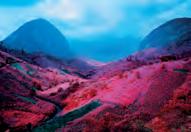
THE CAMERA NEVER LIES
Sainsbury Centre, Norwich
Until 20 October
2
This group exhibition encourages visitors to look again at well-known images from history, asking themselves to what extent the camera is to be trusted. Part of a wider programme on the theme ‘What is truth?’, the show presents work by photojournalists such as Robert Capa and Don McCullin HonFRPS, exploring the balance between documentation and manipulation.
Catch a selection of the best UK exhibitions
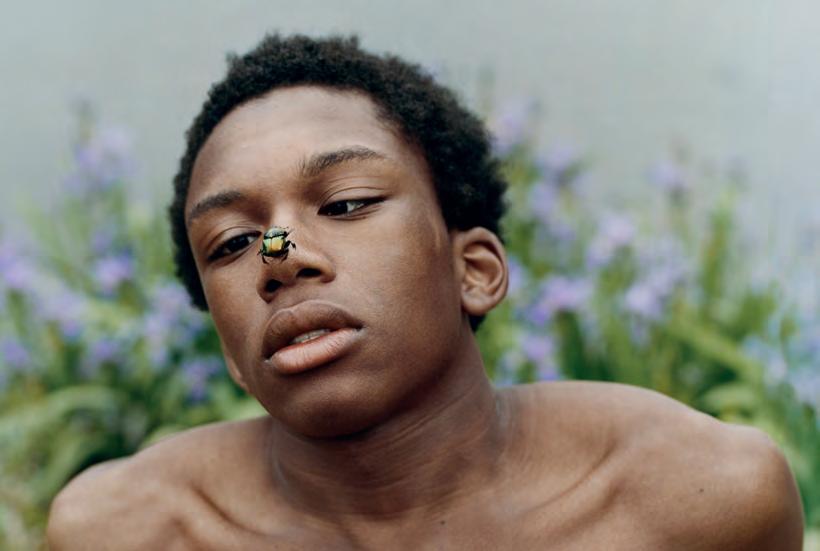
‘Simply fragile, 2022’ by Tyler Mitchell HonFRPS
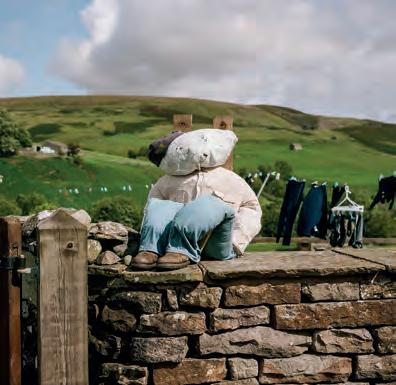
JOANNE COATES: MIDDLE OF SOMEWHERE BALTIC, Gateshead
Until 17 November
3
New work by Vasseur Baltic Artists’ Award recipient Joanne Coates, documenting the experiences of women in the rural north east of England. Through her sensitive insider portrayals, Coates unearths stories of identity, gender and inequality often overlooked in contemporary depictions of what it means to be working class in Britain today.
World Museum, Liverpool
Until 5 May 2025
4
Over the past few decades, bee populations have been declining globally due to climate change, habitat loss and pesticide use in agriculture. We should all be worried. This exhibition combines photography and immersive installations to shine a light on these vital creatures.
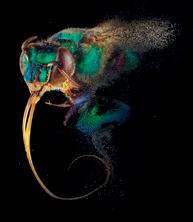
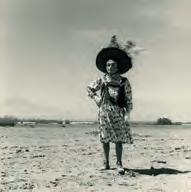
GRACIELA ITURBIDE: SHADOWLINES
The Photographers’ Gallery, London
Until 22 September
5Graciela Iturbide describes her photography as “an abstraction of the mind”. Over the course of her career she has turned her lens on her home –and on Mexico, with documentations of indigenous communities and lyrical desert landscapes, always from a distinctly dreamy perspective.

She has spent more than two decades as a curator of photography, including a 15-year stint at Museum of London, where she curated major exhibitions such as London Nights and London Street Photography. Today, Anna Sparham leads on photography curation for the National Trust. Here she discusses her role at the Trust, and her book 100 Photographs from the Collections of the National Trust.
1
Tell us about your role at the National Trust I work nationally to offer curatorial knowledge, expertise and advice to the properties that hold photographic collections –which is most of them. I liaise with colleagues there to research what we have and find ways to make this accessible through digitisation, cataloguing projects, or displays. I am especially busy with Lacock Abbey, Wiltshire, and the Hardmans’ House team in Liverpool, developing strategies and ambitions for programming. My post has only existed since 2019 so that national curatorial perspective is pretty new.
2 What’s the thinking behind 100 Photographs? I picked up the book project as soon as I started two years ago. It offered the chance to unite brilliant images from the half a million in the Trust’s England, Wales and Northern Ireland collections. An introductory taster, it features work by
known and unknown photographers, across a spectrum of objects –negatives, salt prints, autochromes, ambrotypes and so on – and a variety of subjects and stories. It’s about driving interest, raising the profile of photography at the Trust, and potentially inspiring people to consider making and treasuring their own photographs.
3
How was the process of putting it together?
Selecting the images involved lots of travel to various properties to see some works in person. I enjoyed finding images within albums that perhaps hadn’t received any attention. The intention was always to run chronologically, from the 1840s to the present day, and that parameter helped with the editing, knowing I needed to represent the decades as well as the regions. As well as striking images I wanted interesting stories about who made them, in what circumstances and why, and what they can tell us about the people or
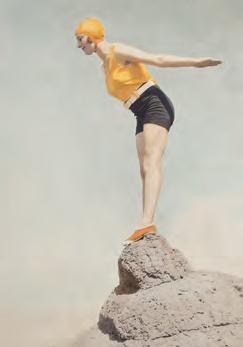
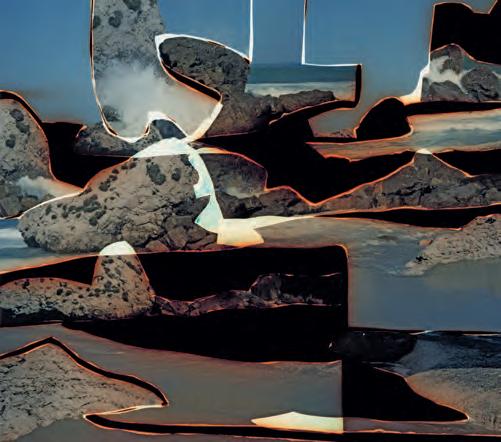
Below ‘The diver, 1929’ by RPS member E Chambré Hardman FRPS
places depicted, or those who collected them. I was also keen for good representation of women photographers.
4
Can you share some interesting examples?
I liked finding photographs that created a sense of familiarity or relevance –touching family scenes, or late 1920s photobooth portraits that could have been taken yesterday. I was keen to convey the more surprising discoveries –Victorian spiritual photography, experiments with electricity, or even contemporary work by the likes of Yan Wang Preston and Dafna Talmor HonFRPS.
I really enjoy finding strong work that is lesser known –such as by Rosalie Chichester, a self-taught
Above From the series Constructed Landscapes (Volume III) (2021-present) by Dafna Talmor HonFRPS
photographer who lived at Arlington Court and left behind multiple albums of her prints ranging from landscape to portraiture to still life, one of which is included in the book.
5 What’s next for photography at the National Trust?
I’m working to help properties create displays in response to the book, so we can present visitors with some of the photographs for them to see in person. This is all part of the momentum building for the photography collections – making them more visible at our places, online or in publications.
100 Photographs from the Collections of the National Trust is available at nationaltrust.org.uk/shop
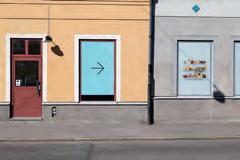
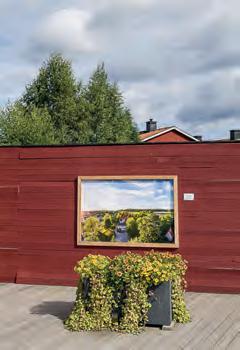
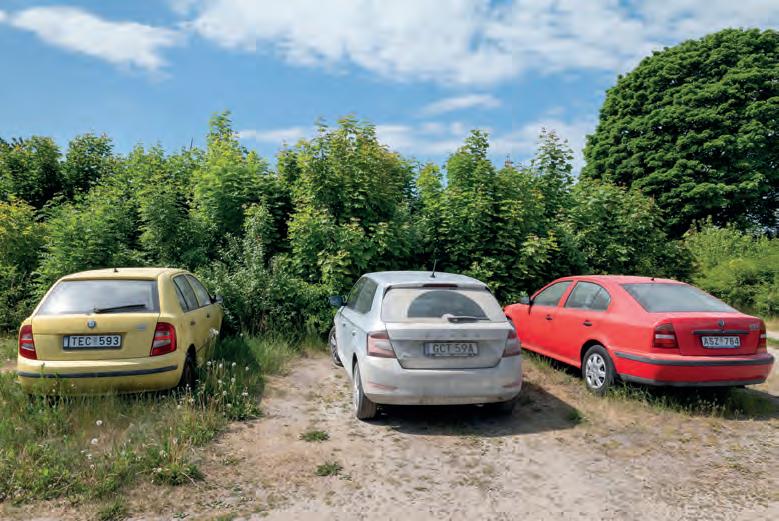
Photographer Allen Wheatcroft has always had an eye for geography. “Every place, no matter how familiar or common or unromantic, is astonishing to me,” he says.
It was during the Covid-19 pandemic, though, that he really understood this. “I decided not to give in to the feeling that ‘I want my life back,’ or that we were in a ‘new normal’. Instead, I considered restrictions and changes pretty much as a different set of limits – and to set to working within those.”
Wheatcroft began by shooting street photography on his home turf of north Chicago, where he has lived in a historic Swedish neighbourhood for the last 15 years. As lockdown rules loosened, he travelled to Sörmland to visit his son, who coincidentally had moved to Sweden.
“I started photographing the region by chance because that’s where I was, and for the joy of it,” Wheatcroft says. “In certain ways, Sörmland feels
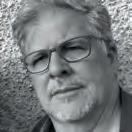
ordinary to me – but with softer edges than Chicago. The area is dotted with working farms and commuter communities, a mix of coniferous and deciduous woods and pastures, and, along the Baltic coast, nature reserves and resort towns.”
The Swedish series takes its name from a country lane, Björkevägen, or Birch Road. Björkevägen and The Northside, a book on Wheatcroft’s Chicago project, together reflect on the meaning of home and the relationship between people and their environment.
“Each place has qualities of its own –a kind of signature,” he says. “These aesthetic details stick with us, as memory and as myth. Little signals that tell you where you are. That’s what I was after with both these projects – some of the texture of everyday life.”
Björkevägen and The Northside are both published by Workshop Arts. wrkshp.art
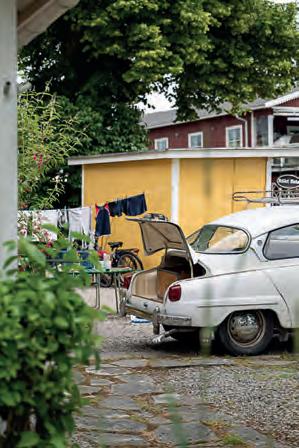
“Each place has qualities of its own –a kind of signature”
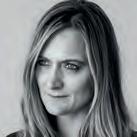
Anastasia Taylor-Lind
PHOTOJOURNALIST
Though she has reported all over the world, British photojournalist Taylor-Lind now focuses on the conflict in Ukraine. She has recently been honoured with an Anja Niedringhaus Courage in Photojournalism Award and a CatchLight Global Fellowship. anastasiataylorlind.com
‘A bus departing from the frontline town of Kurakhovo, to an entry checkpoint into rebel-held Donetsk, Ukraine, 2019’ by Anastasia Taylor-Lind
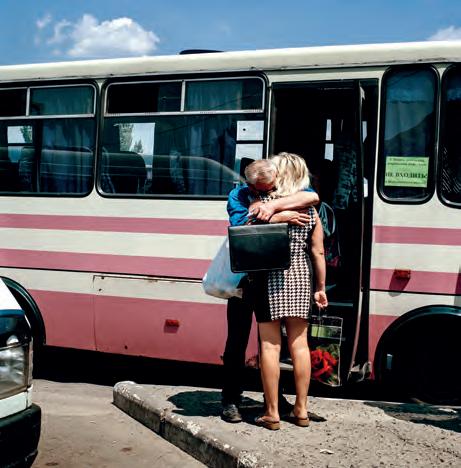
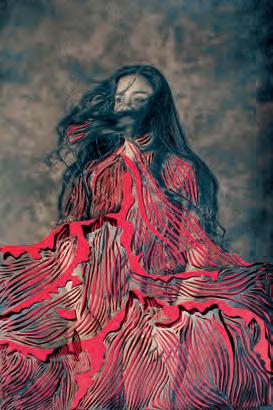
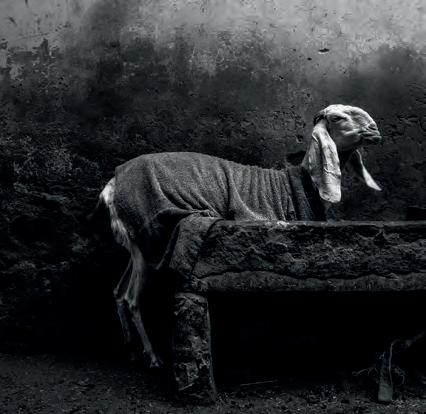
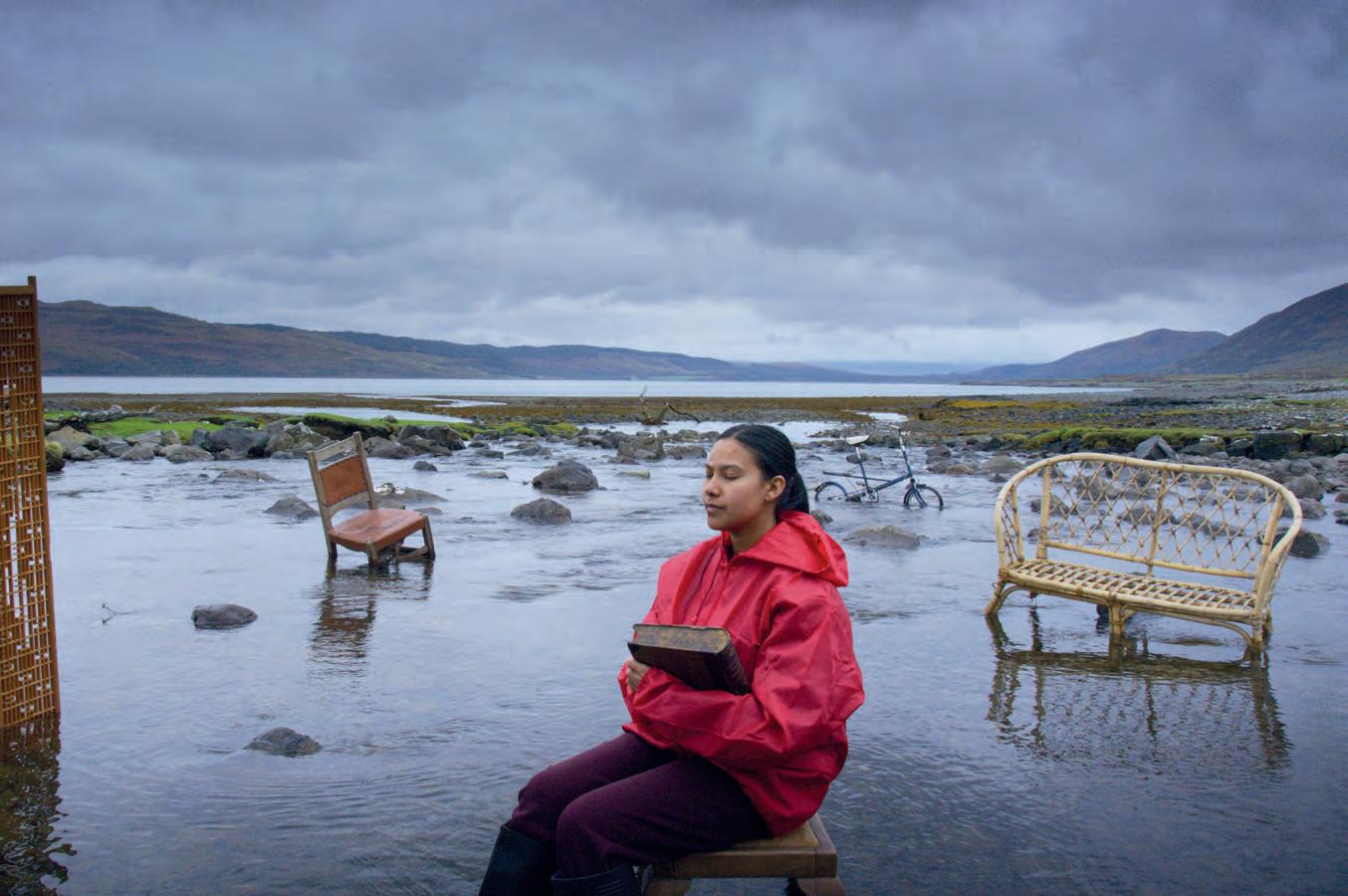
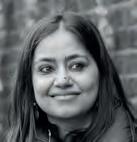
PHOTOGRAPHER
In her series A Thousand Cuts, RPS member Setia uses intricate paper cutting techniques to highlight the issue of domestic abuse. She recently won the Creative category in the Professional competition of the 2024 Sony World Photography Awards. butnaturalphotography. com

PHOTOGRAPHER
Aarzo is an Urdu word that translates as ‘longing’. It’s also the title of a series of poetic monochrome images made in Pakistan by French-born photographer Vigneau. As First Prizewinner in the 2023 Gomma Photography Grant, Vigneau’s series will also be published as a book. thegommagrant.com
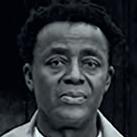
ARTIST
The 2022 RPS Lumière Award recipient presents Listening All Night To The Rain at this year’s Venice Biennale. Akomfrah’s British Council commission mixes newly filmed and archive material to reflect on Windrush, police violence and the climate crisis. venicebiennale. britishcouncil.org


Ingrid Pollard HonFRPS
ARTIST
For four decades she has used photography to explore the Black British experience. Now RPS Honorary Fellow Pollard has received the prestigious Hasselblad Award, which comes with 200,000 Swedish Krona, in recognition of her achievements. ingridpollard.com
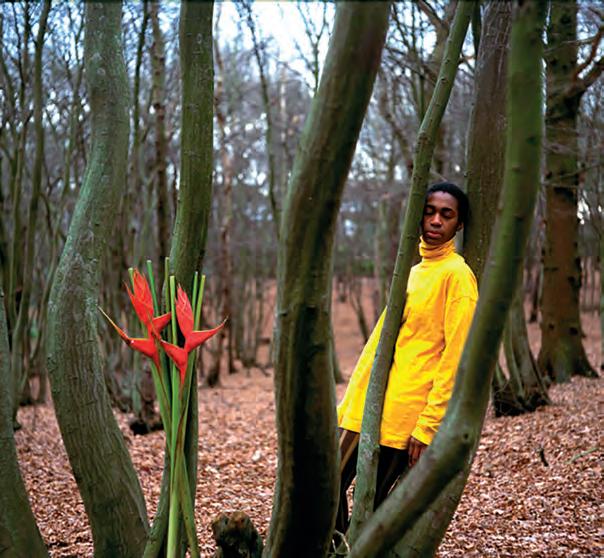
Zanele Muholi HonFRPS
Aperture (£70)
About halfway through Somnyama Ngonyama, Hail the Dark Lioness, Volume II, one image stands out from the others.
While most of the selfportraits by Zanele Muholi HonFRPS present a headand-shoulders framing of their body, here they are reclining. On a bed of tangled sheets they lie back, holding a mirror in which we can see their face reflected back. Multiple gazes collide and intersect. The viewer’s, Muholi’s and that of Muholi’s mirror image all zigzag across the composition. Muholi describes themself as a ‘visual activist’ rather than a photographer or artist. It is through looking, through vision, that they intervene in the world.
A decade in the making, their 2006 portrait series
Ania Ready
VIKA Books (£40)

Faces and Phases, about the lesbian communities of South Africa, brought them to wider international acclaim.
“If I were to reduce myself to the label ‘visual artist’ it would mean what I’m doing is just for play,” Muholi told Aperture at the time. “My art is political. It’s not for show. It’s not for play.”
The first volume of Somnyama Ngonyama, Hail the Dark Lioness was published in 2018. In a series of monochrome images, Muholi used everyday elements such as clothes pegs or inner tubes to fashion unforgettable portraiture that explored race, history and the representation of Blackness.
The much anticipated second volume builds on this photographic strategy, distilling it further. Muholi’s poetic photographs are accompanied by a selection of textual responses from more than 10 thinkers, writers and curators.
Concurrent to the book’s publication, a major survey
Sophie Gaudier-Brzeska is best known as the partner of Modernist sculptor Henri Gaudier-Brzeska, but this Polish-born author also published radical feminist writing that has gone largely unrecognised. In her ‘literary photobook’, artist Ania Ready combines Gaudier-Brzeska’s words with haunting and poetic staged photographs. They imagine Gaudier-Brzeska’s struggles as a migrant woman in a patriarchal world, contending with frustrated creative ambitions, precarious finances and mental illness.
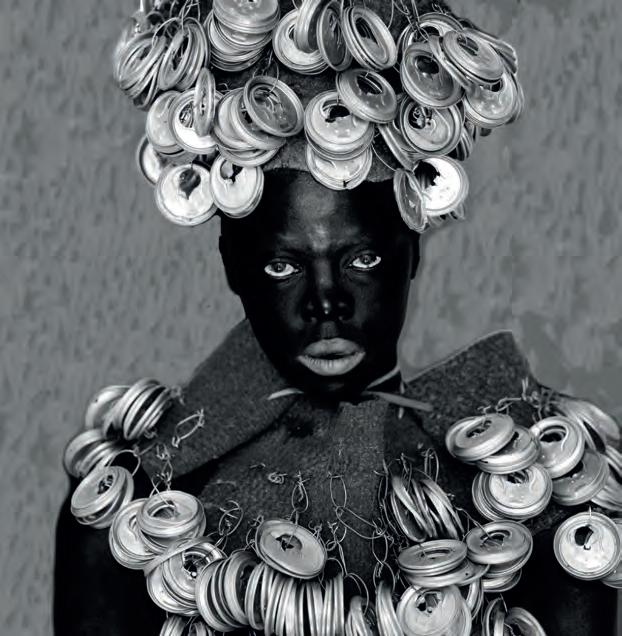
of Muholi’s work is at Tate Modern, London, until January 2025, featuring work from across their career, including series such as Only Half the Picture and Brave Beauties. In their expansion of selfhood, though, the works in the book have a particular bold and tender depth.
As Muholi tells curator Renée Mussai, “Somnyama Ngonyama is my way of creating and activating a space of photographic shelter, a personal archive.”
Rachel Segal Hamilton
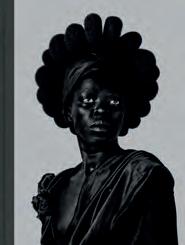
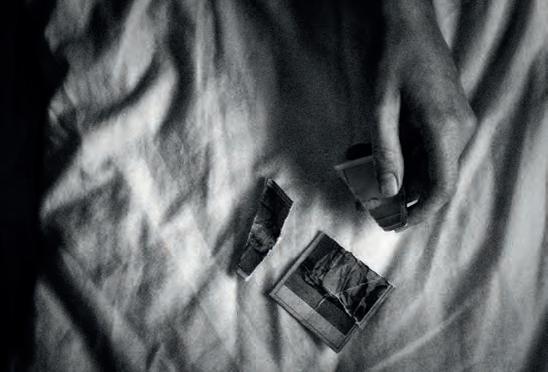
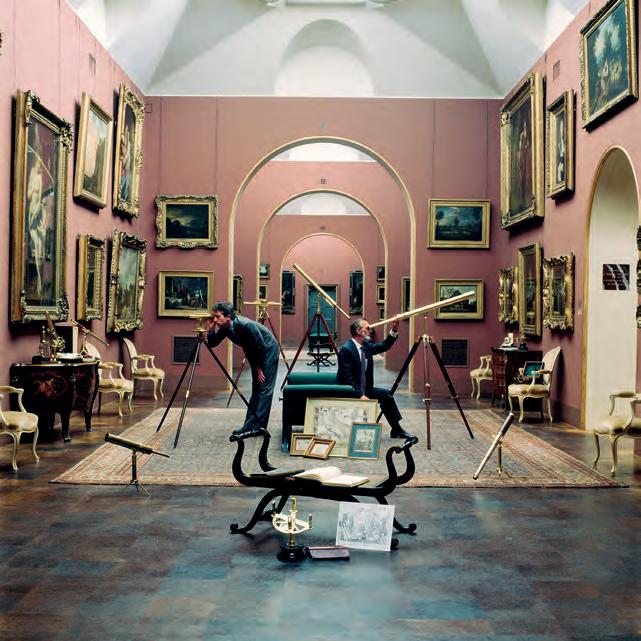
Karen Knorr HonFRPS Kehrer Verlag (£45)

In this collection of photographs made between 1986 and 2005, Karen Knorr HonFRPS takes us on a journey into academies and institutions, museums and stately homes, touching on themes of connoisseurship and culture, collections and tourism. Balancing refinement with intrigue, Knorr’s elegant compositions invite us to speculate on social structures and assumptions that might otherwise go unexamined – particularly those frames featuring animal subjects.
Left
‘The analysis of beauty, 1989’ by Karen Knorr HonFRPS from Connoisseurs and Academies
THE WOMEN WHO CHANGED PHOTOGRAPHY
Gemma Padley
Laurence King Publishing (£20)

Writer Gemma Padley invites us to reconsider the history of photography through the lens of the women photographers who have helped shape it – from Anna Atkins to Lee Miller to RPS Honorary Fellows Lorna Simpson and Shirin Neshat. Readers are encouraged to be inspired by these pioneers when taking their own photographs.
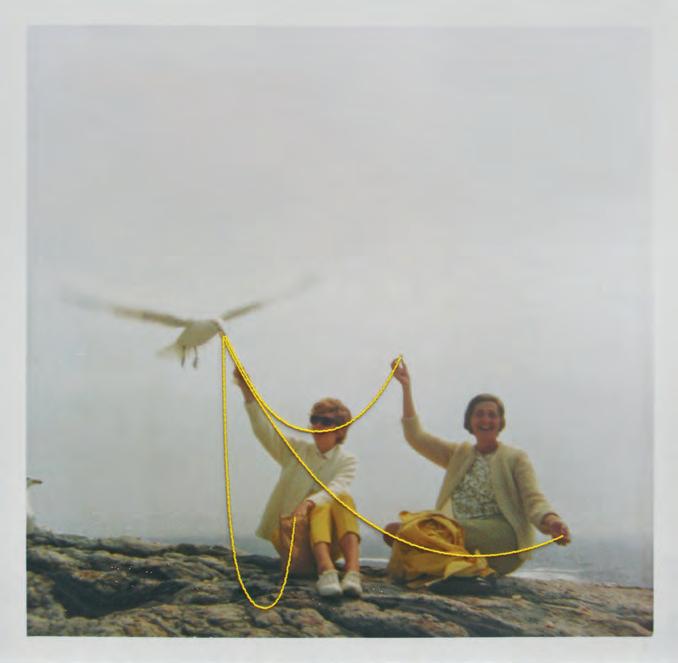
From the series Gilded Lillies by Tine Poppe (Norway), finalist, Professional competition, Creative, Sony World Photography Awards 2024
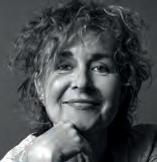
Artist Tine Poppe exposes some uncomfortable truths behind a bouquet
Who doesn’t love a bouquet? At weddings, on birthdays, as a get well or thank you gift, they are rooted in many of life’s rituals.
Yet bouquets – mass produced in industrial-scale greenhouses – are not always a cause for celebration. Many cut flowers have a detrimental ecological impact due to their high carbon and water footprint.
“I encourage readers to buy their flowers from local greenhouses,” says photographer Tine Poppe, whose project exploring this issue, Gilded Lilies, reached the finals of the Sony World Photography Awards. Here, Poppe reveals how she made this beautiful yet disturbing image from the series.
tinepoppe.no worldphoto.org
“Like everyone else, I am extremely worried about the effects of climate change and the lack of sufficient national and international measures to halt its terrible development. I have been trying for years to find a photographic language to communicate about the climate crisis and Gilded Lilies is only the last in a range of series exploring this theme.”
“None of the plants and flowers shown in the images have ever been in contact with nature. They are industrially grown and transported thousands of miles from other continents to my various local florists, where I bought them. I didn’t choose the flowers to match with flora from the background image, only from what was available at the florist at the time of the shooting.”
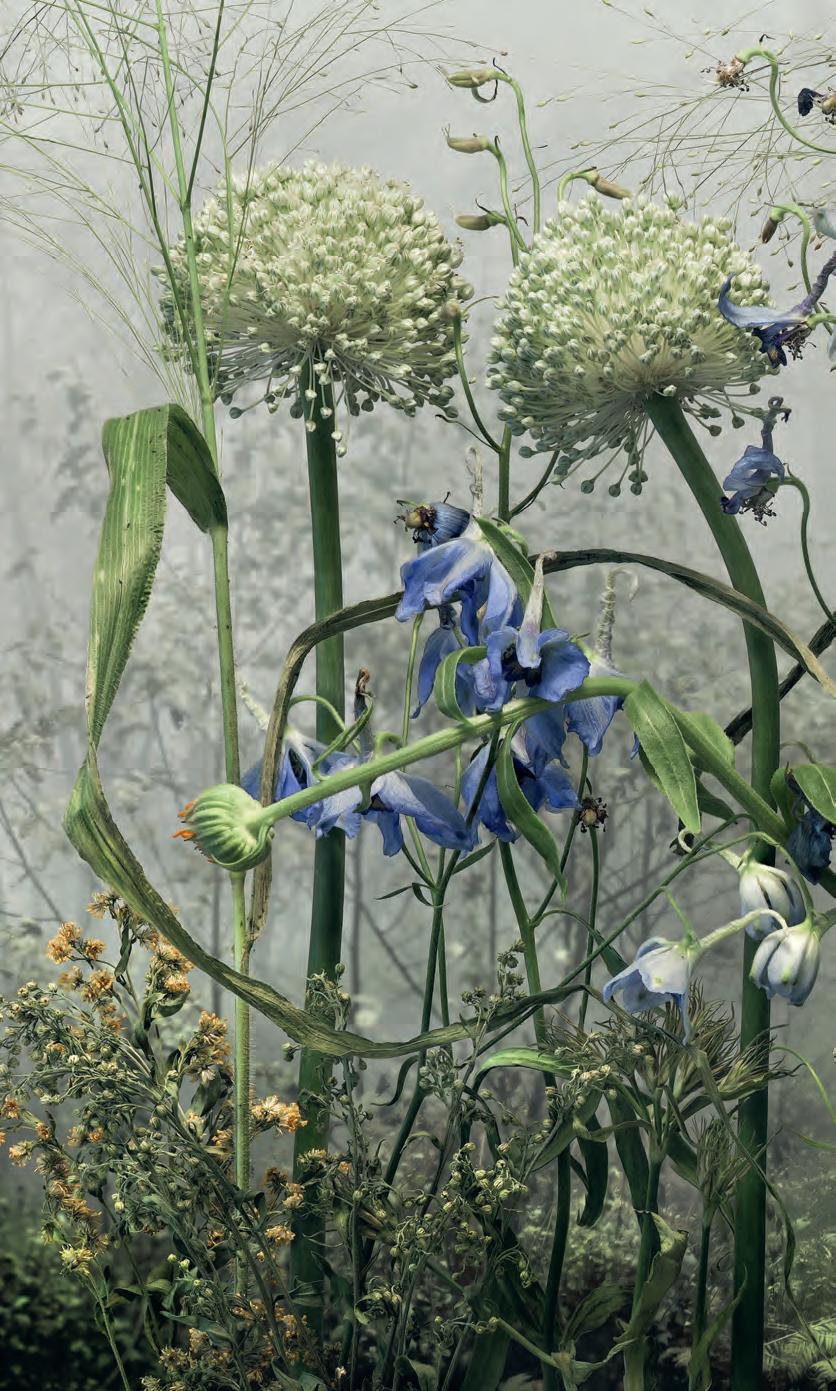
“The flowers are photographed standing up in front of a print of a landscape – much like the portrait studios of the early days of photography. I often spend hours rearranging and moving, adding and subtracting, before I shoot the first image. The arrangement is lit by studio lights to match the light in the image on the backdrop.”
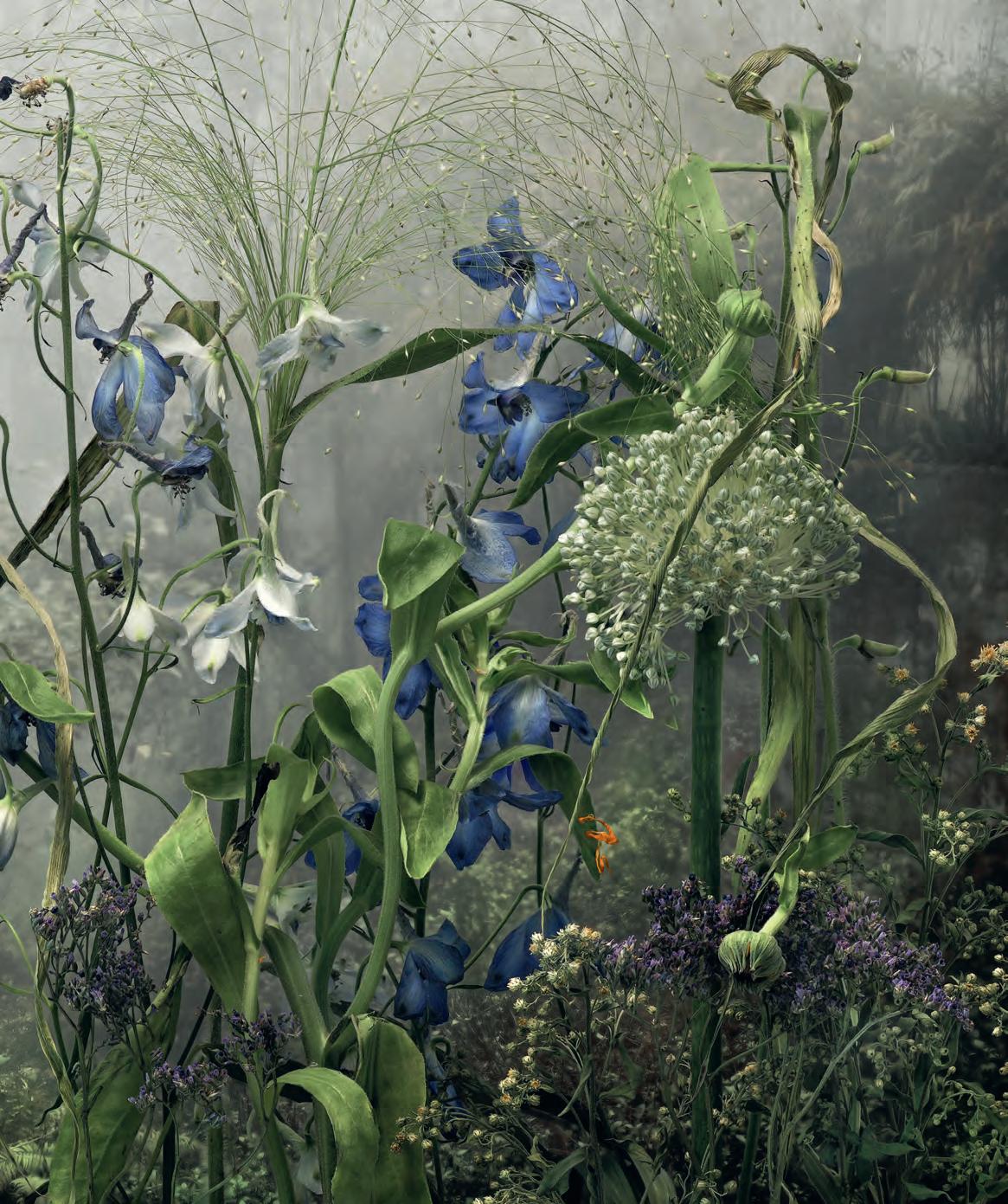
“Visiting Malawi with the Norwegian Development Fund some years ago, I was saddened to see the destructive impact climate change had on this very poor agricultural nation. I started the series with landscapes from Malawi, continuing with images like this one from Nepal before the major earthquake, and then areas of my own country devastated by floods last summer.”
“I want the images to have full depth with all the details. To achieve this I do several shots at an aperture of f/22 of the same motif with different focus points and stack them together in Photoshop afterwards. I ideally want the images to be printed in large format because they contain a lot of details, and in order to make the spectator feel small in comparison to nature.”
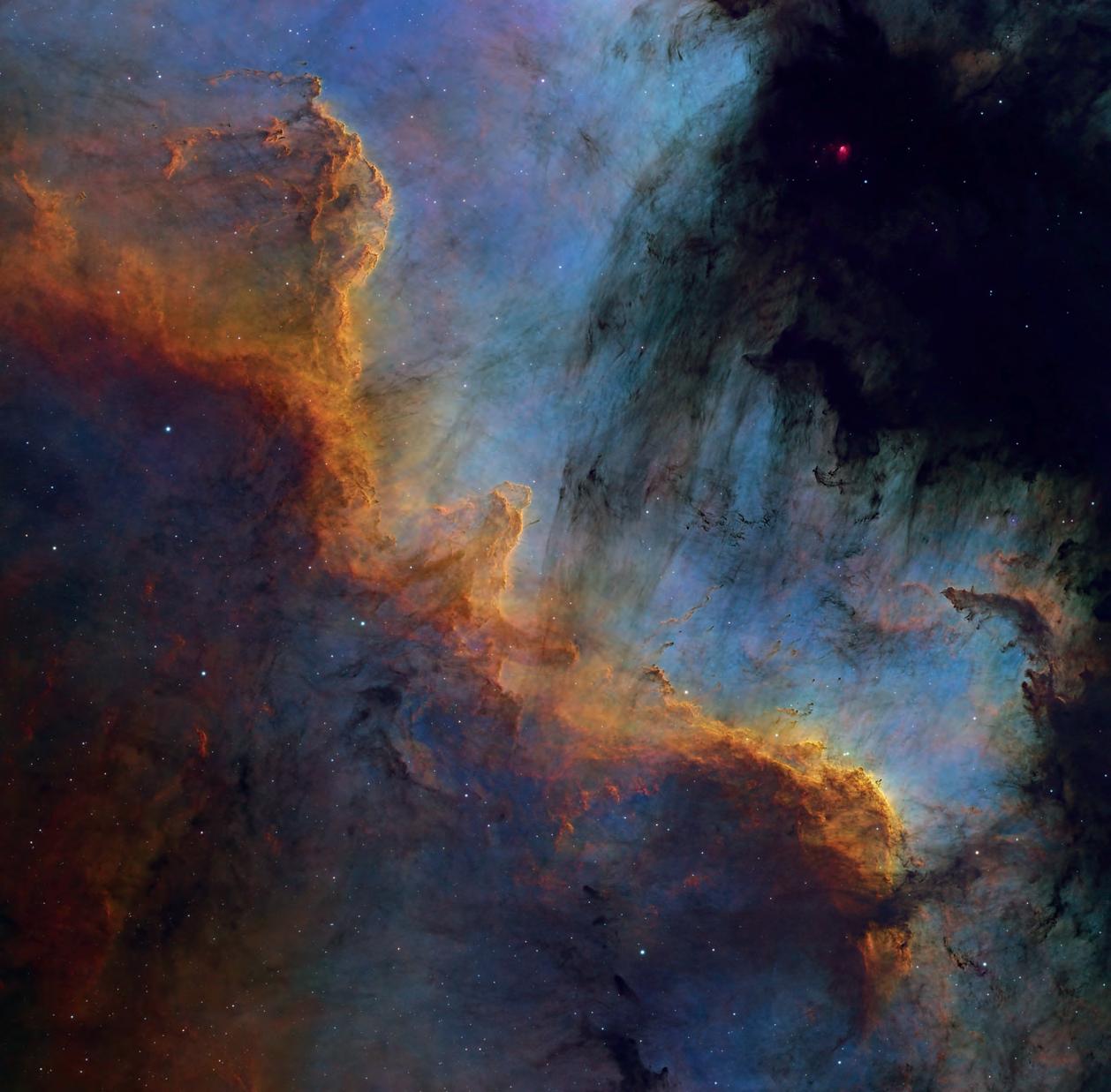 ‘The Cygnus Wall’ by Binyu Wang and Runwei Xu
‘The Cygnus Wall’ by Binyu Wang and Runwei Xu
246
CRISTINA MITTERMEIER
“Storytelling is important because humans are geared for storytelling”
258
MICHAEL KENNA
“There’s room in this world for poets as well as documentary photographers”
286
MISAN HARRIMAN
“I recognise I have not been on a normal journey these last three or four years”
298
GARRY LOTULUNG
“The world needs renewable energy, in particular batteries that emit far fewer greenhouse gases than oil, gas or coal”
308
JAMES CLIFFORD KENT
“I was interested in how my own blackand-white images could capture the drama of a modern-day maternity unit”
326
PAUL JAMES BRANCHFLOWER LRPS
“I am drawn to unusual, colourful and dramatic subjects and like to present them in distinctive ways”
“I am obsessed with the bright sight of the stars”
RUNWEI XU
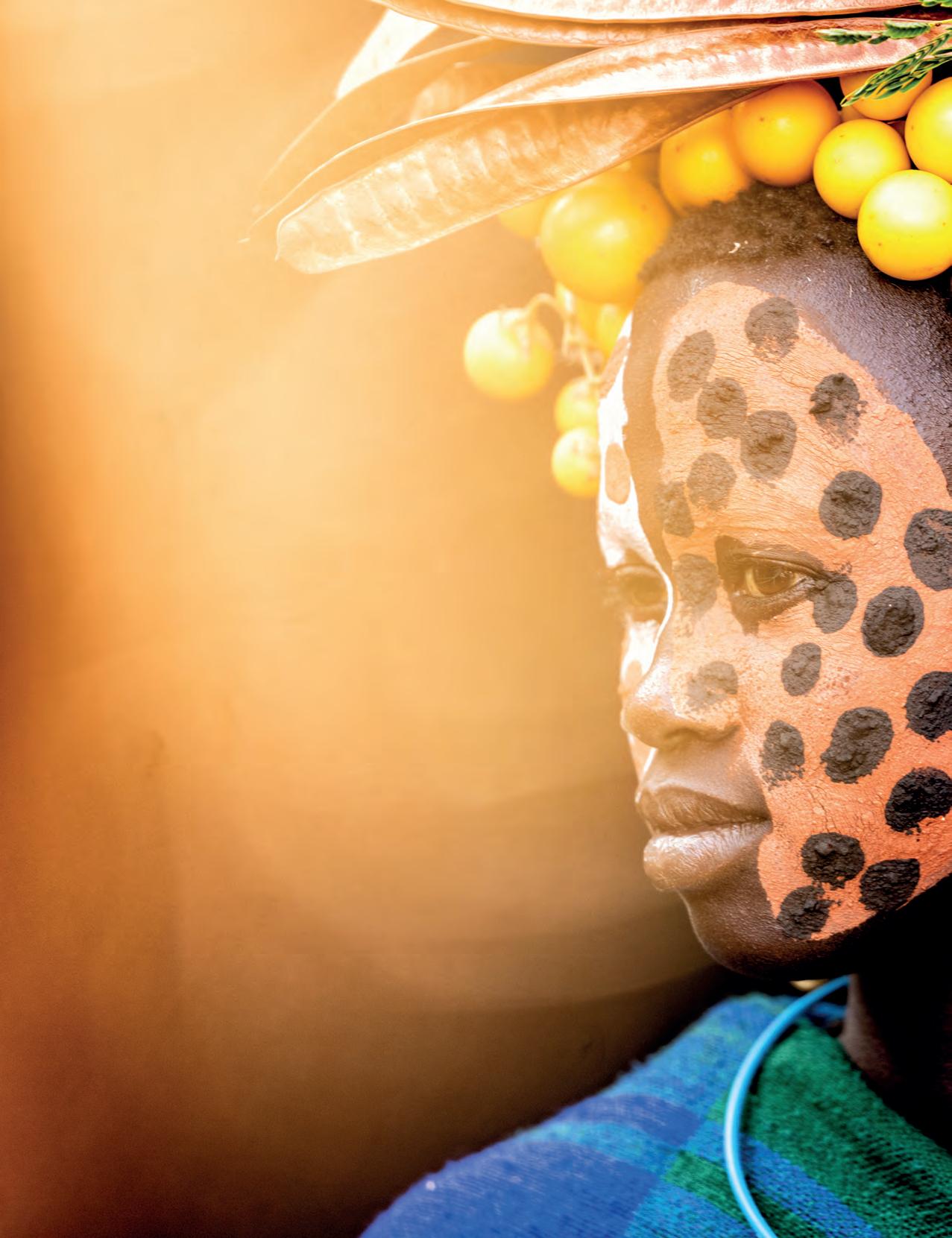
She once dreamed of working in the fishing industry. Now marine biologist and acclaimed photographer Cristina Mittermeier wants to save the planet’s oceans frame by frame
WORDS: GRAEME GREEN IMAGES: CRISTINA MITTERMEIER
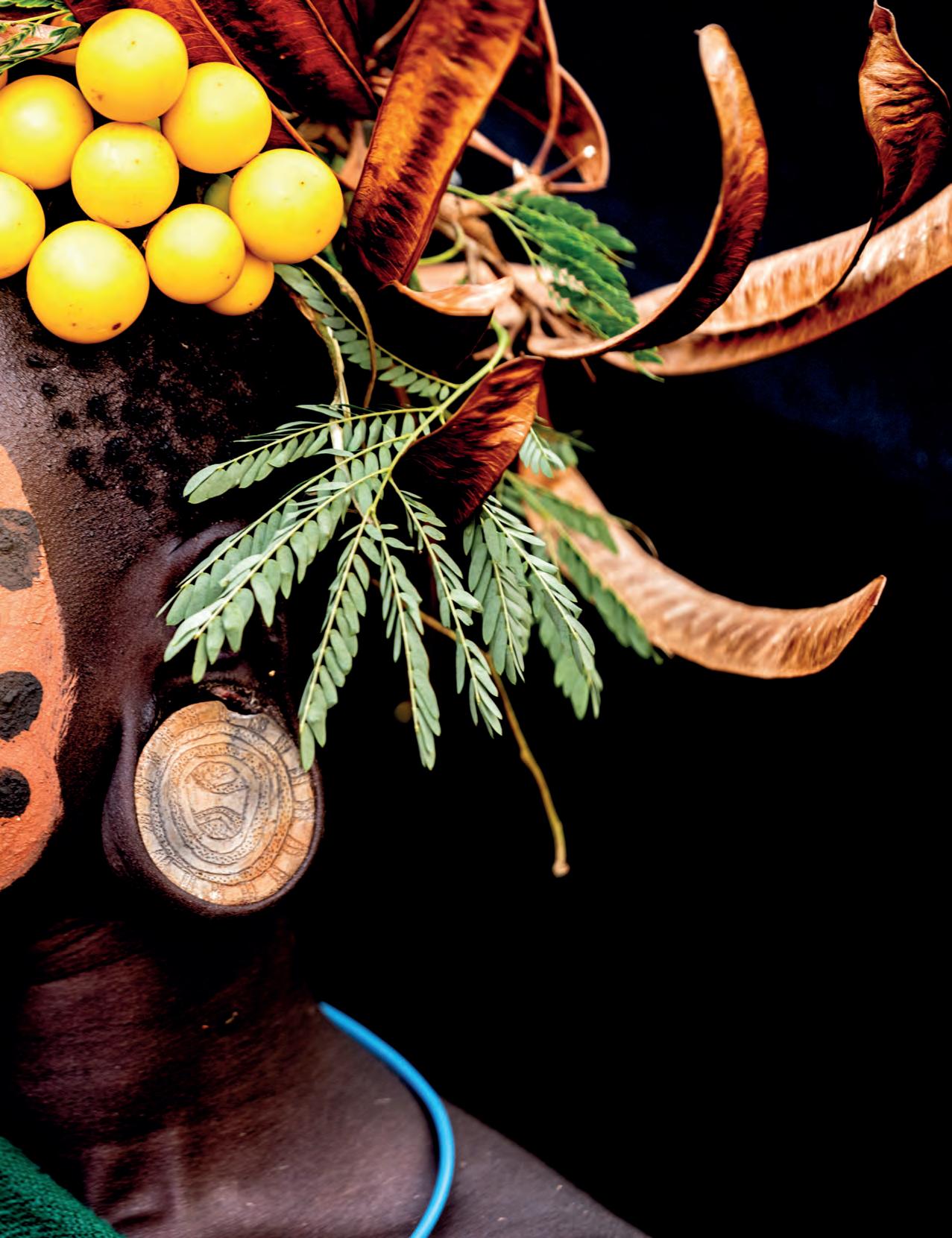 ‘Seed pods’ by Cristina Mittermeier
‘Seed pods’ by Cristina Mittermeier
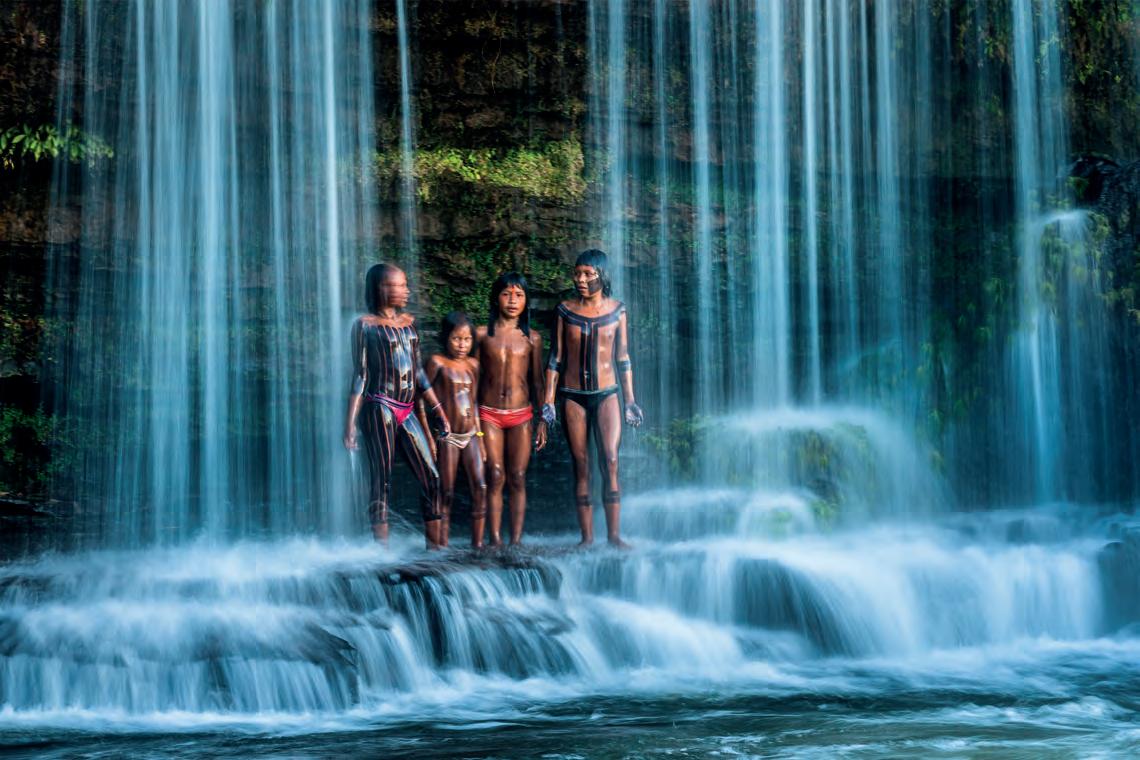
In the summer of 2023 Cristina Mittermeier slipped into the ocean in the Great Australian Bight to swim among rare southern right whales.
“This is an opportunity that’s not given to many human beings,” she says. “It’s illegal to get in the water with southern right whales because they’re so endangered, but we got a special permit from the government of Australia to film with mothers and calves.
“I’ve been in the water with hundreds of whales, but these are really wild animals. They’re not used to seeing humans. They’re so aggressively curious – they really want to see what you are. I’ve never had a whale make a U-turn to take a look at me. It was life changing and a little terrifying because they’re so enormous.”
Working with the non-profit organisation SeaLegacy, Mittermeier spends much of her time each year in remarkable marine environments, from Indonesia to Ecuador, sharing the water with sharks, whales, turtles, manta rays and other species.
“On the one hand it’s so enjoyable,” she says, “but this is not recreational diving that we do. It’s sometimes very, very dangerous – very remote, very wild. And it can be depressing.
You are on the frontlines, seeing the terrible things that are happening.”
Photographer, marine biologist, conservationist and author, Mittermeier – known to many as Mitty – co-founded SeaLegacy in 2014 with her partner, National Geographic photographer and filmmaker Paul Nicklen, to help protect the world’s oceans and inhabitants using ‘visual storytelling’. She is a pioneer of the modern conservation photography movement, her work published by global brands including National Geographic, CNN, the Washington Post and the New York Times. She believes photography and film are vital communication tools to bring about change, whether it’s highlighting destructive practices, pointing out solutions, or attracting public support to a cause.
“We identified a huge gap in the ability for organisations to communicate the issues,” Mittermeier explains via Zoom from her home in British Columbia. The shelves in the background are stacked with art and photography books, and objects collected from global travels. “That’s why we’re losing this battle. We can’t win if people are unaware or unwilling to accept there is a problem. Storytelling is important because humans are geared for storytelling. It’s the only way you can
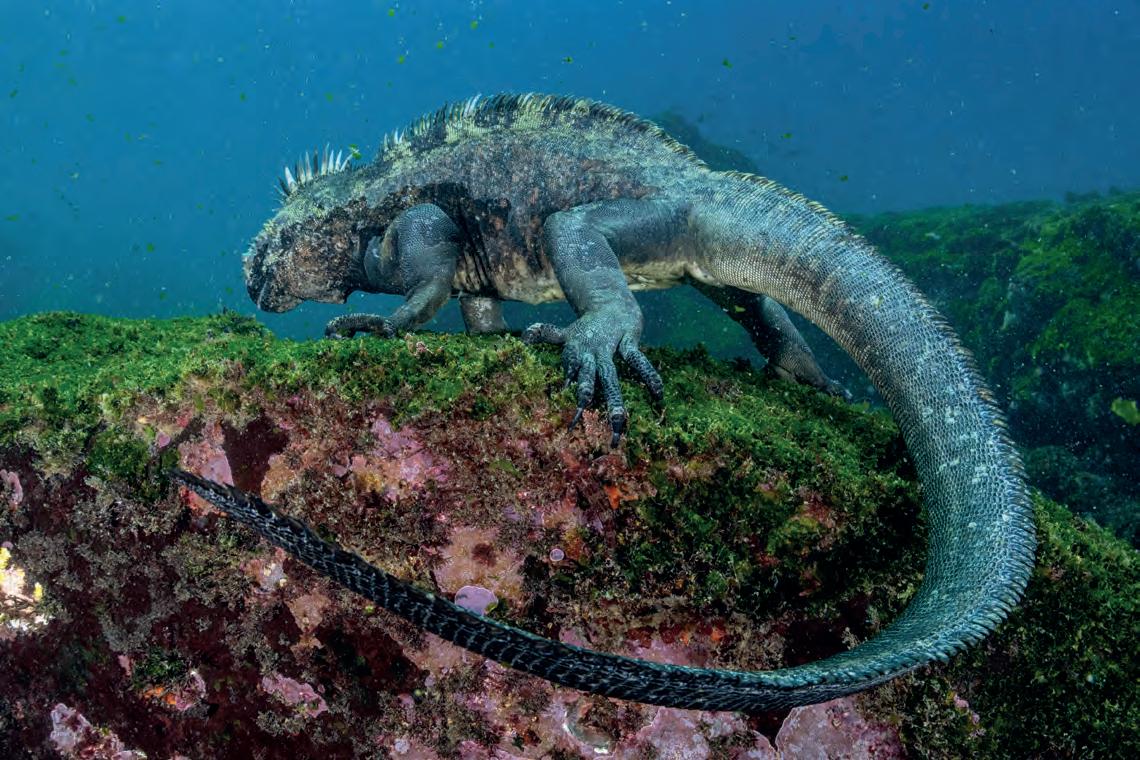
bring people with different points of view around the table to find common ground.”
“It can be depressing. You are on the frontlines, seeing the terrible things that are happening”
Born in Mexico City in 1966, Mittermeier grew up in Cuernavaca, south of the Mexican capital. Her love of the ocean is rooted in family trips to Acapulco and the Gulf of Mexico, as well as reading copies of National Geographic and adventure books by the Italian novelist Emilio Salgari –including stories about pirates, many featuring women heroes. She later studied biochemical engineering in marine sciences at ITESM University, Mexico, and ironically had planned to work in the fishing industry. This changed after witnessing first hand on Mexico’s industrial fishing vessels the scale of waste and destruction involved – including bycatch of nontargeted species such as turtles hauled up in nets, and harmful fishing practices such as bottom-trawling.
“At 16 or 17 years old it sounded like a career in marine exploitation was a great way to be out on the ocean,” she remembers. “But industrial fishing was devastating – so mindless. I can’t believe people still work this way today.”
The experience propelled her into a life of conservation, including working with Conservación Internacional México. In 1991, she married Russell A Mittermeier, a conservationist with
“I didn’t know how powerful photography could be at the time. I was guessing at it”
an interest in primates. “I got fired from Conservación Internacional when I married Russell because he was the president of the organisation – nepotism wasn’t allowed. I travelled with him on expeditions as his wife. He was a photographer. I borrowed his camera and started taking pictures. It sparked something in me.”
Mittermeier worked on early photographic projects with Indigenous peoples in Brazil including the Kayapo tribe in the Amazon. She also set up the International League of Conservation Photographers (iLCP) in 2005 and served as director.
“I didn’t know how powerful photography could be at the time,” she says. “I was guessing at it. I saw Peter Dombrovskis’s work in Tasmania and Nick Nichols –they were nature photographers but doing something else, taking their photos and making sure the people making policy decisions would be informed by their work.
I thought, this is a completely different discipline. It’s not the fun part of photography, doing research work, sending letters. These people were heroes to me. I wanted to build a platform, to speak louder and raise money, because there was no money for that work.”
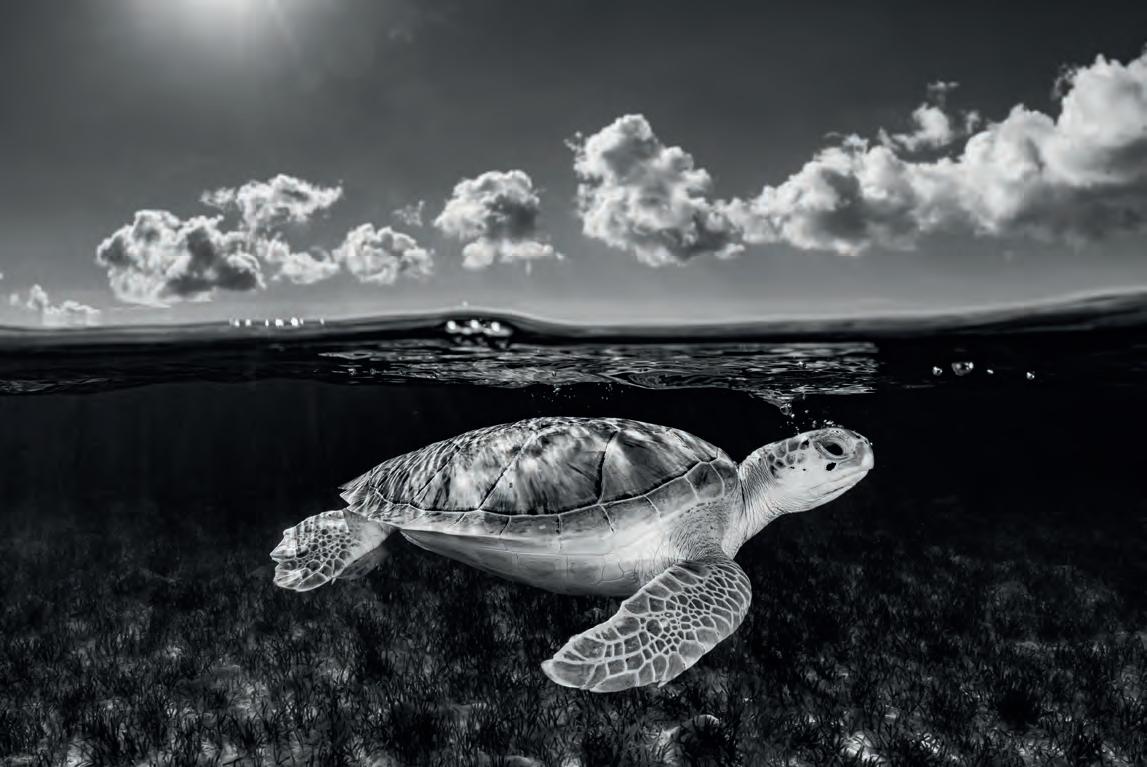
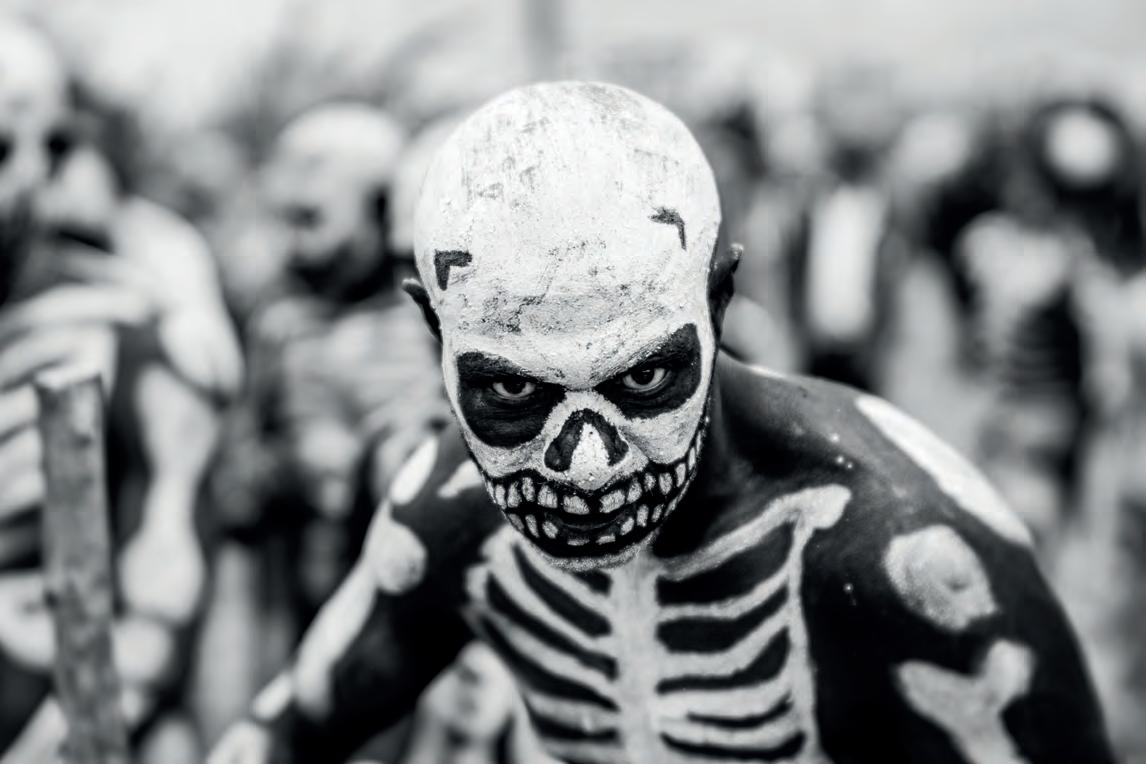

Mittermeier is no longer involved with the iLCP but it was through the organisation that she met and started working with Paul Nicklen, the pair becoming a couple from 2010. Nicklen loaned her equipment for underwater photography and mentored her.
“Paul was one of the initial 40 iLCP photographers,” says Mittermeier. “He did courageous work with the narwhal slaughter in Canada. He had an anger about what was happening to nature. The more we worked together, we realised we had an enormous passion for the ocean, that the ocean is an invisible ecosystem to most people, and that we have the skills and the passion to do so much. It was a melding of, yes, we love each other and we’re a couple, but we also do this purposeful work together, which makes it so meaningful.”
SeaLegacy has worked on projects from the Arctic to the Bahamas, from helping keep the oil industry out of the pristine natural environments of Lofoten, Norway, to promoting the protection of kelp forests in Chilean Patagonia. With a social media reach in the millions – Mittermeier has 1.6m Instagram followers, Nicklen has 7.3m – their images and videos can quickly rally people worldwide to a cause.
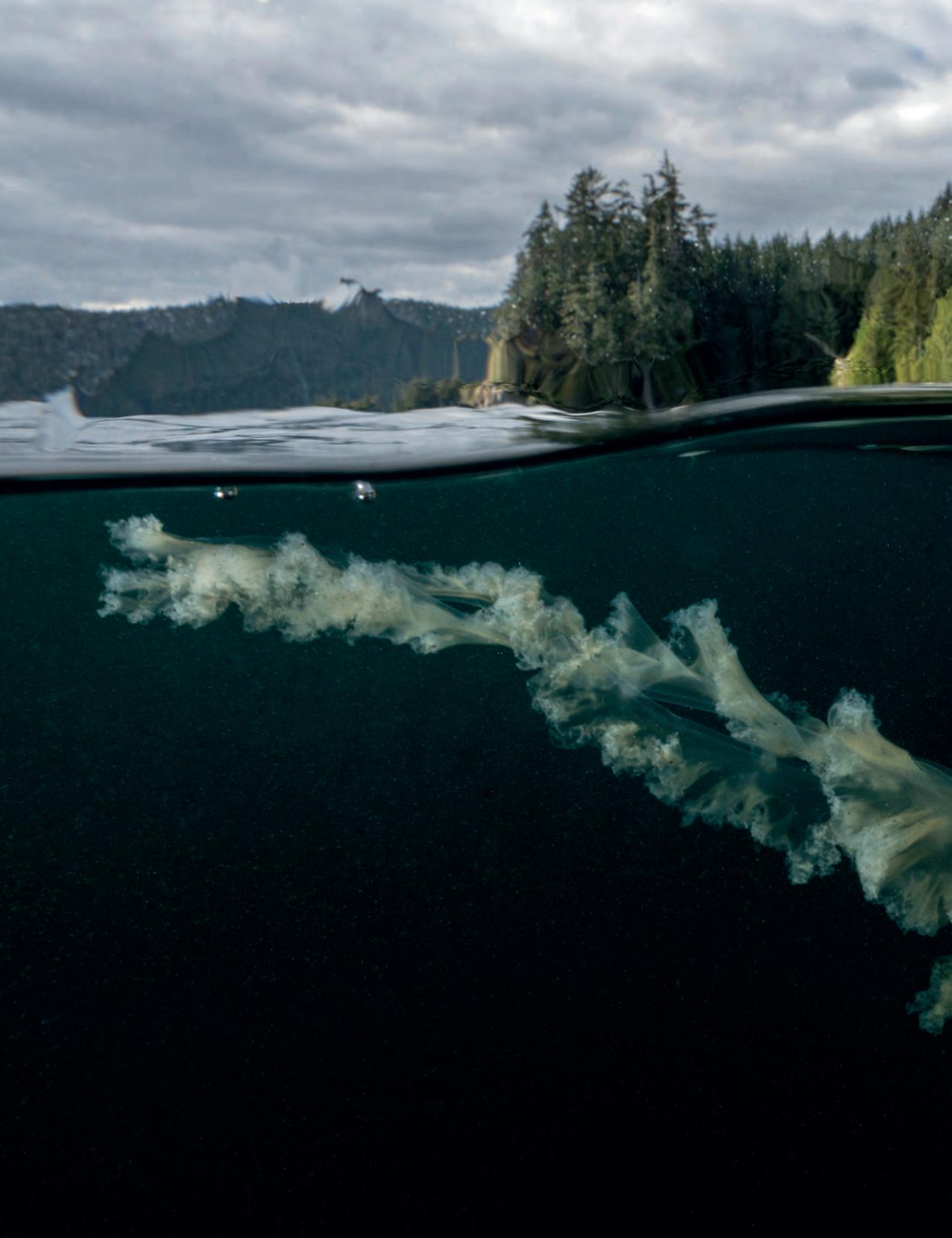 ‘Egg yolk jellyfish, Salish Sea, 2016’ by Cristina Mittermeier
‘Egg yolk jellyfish, Salish Sea, 2016’ by Cristina Mittermeier
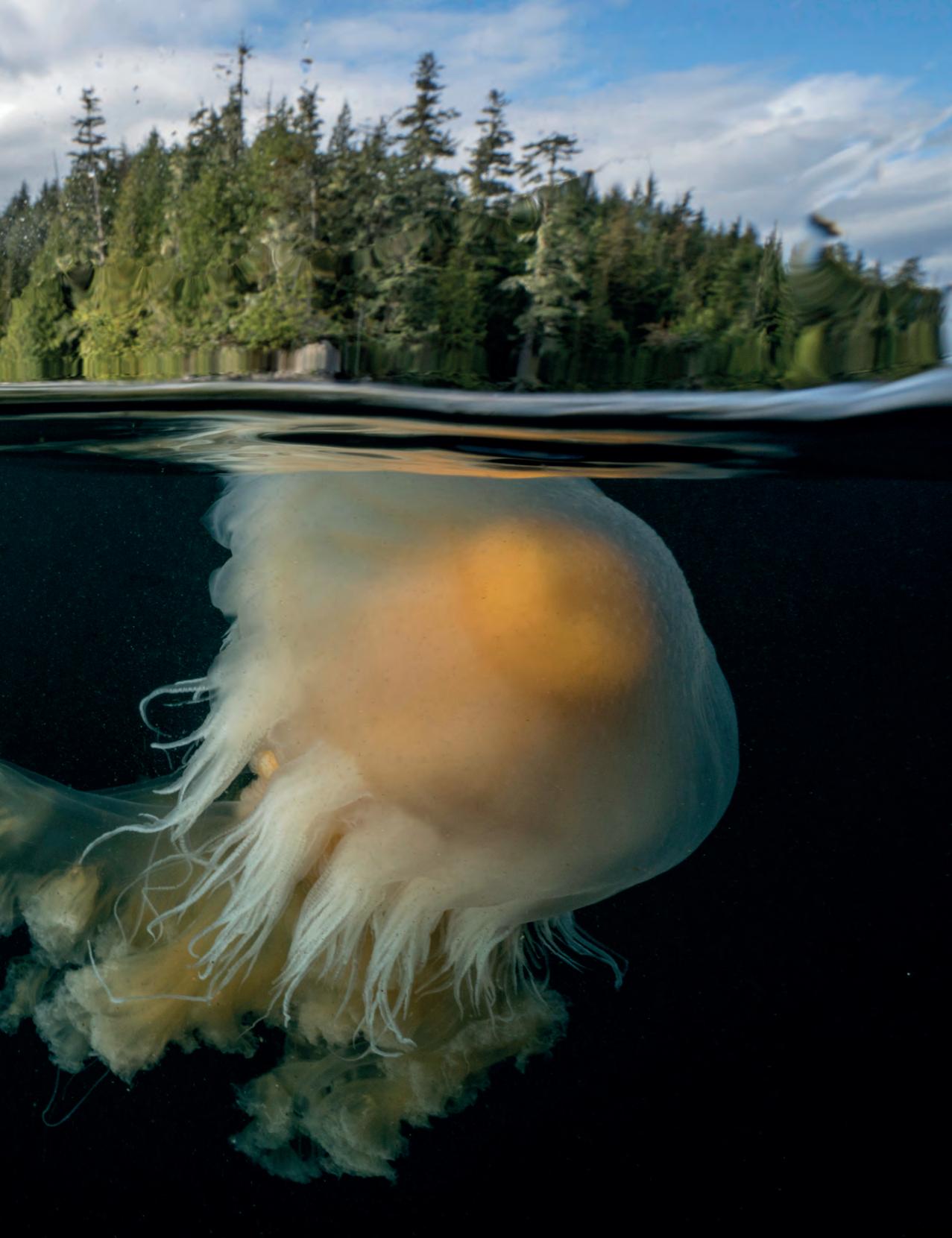
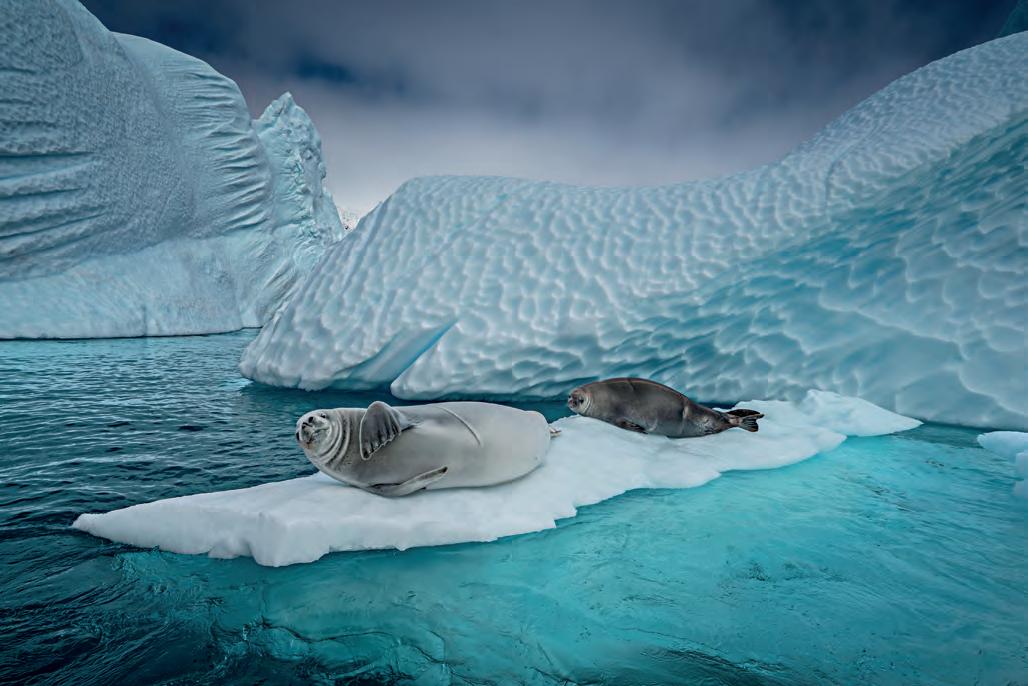
“We participated in the recent creation of the first interconnected international Marine Protected Area (MPA), called the Eastern Tropical Pacific Marine Corridor (CMAR) initiative,” Mittermeier says.
The largest multi-country MPA in the world, covering more than 200,000 square miles of an important migratory corridor, this ‘Mega-MPA’ connects areas of the Pacific off the coasts of Ecuador, Colombia, Panama and Costa Rica to protect sea turtles, whales, sharks and rays from fishing fleets.
“What the four countries required was public support so the politicians could create the legislation,” explains Mittermeier. “The industries that exploit nature have a lot of money and marketing power. Nature doesn’t. So when it comes to passing legislation, for example for MPAs, the fishing industry and mining industry have a lot of power, lobbyists and money to spend going to the ministers. SeaLegacy takes the voices of the other parties – the artisanal fishers, the tourist industry, the scientists – to build public support so that the political process can go smoothly. It was very successful.”
Nicklen and Mittermeier drive each other on. “It requires having a partner to lift you up when you’re down, to have moments of celebration when you come out of the water when you can’t believe you just did something. But also with the mission. If I feel like we’re losing this battle, it takes your partner to remind you that you can’t give up.”
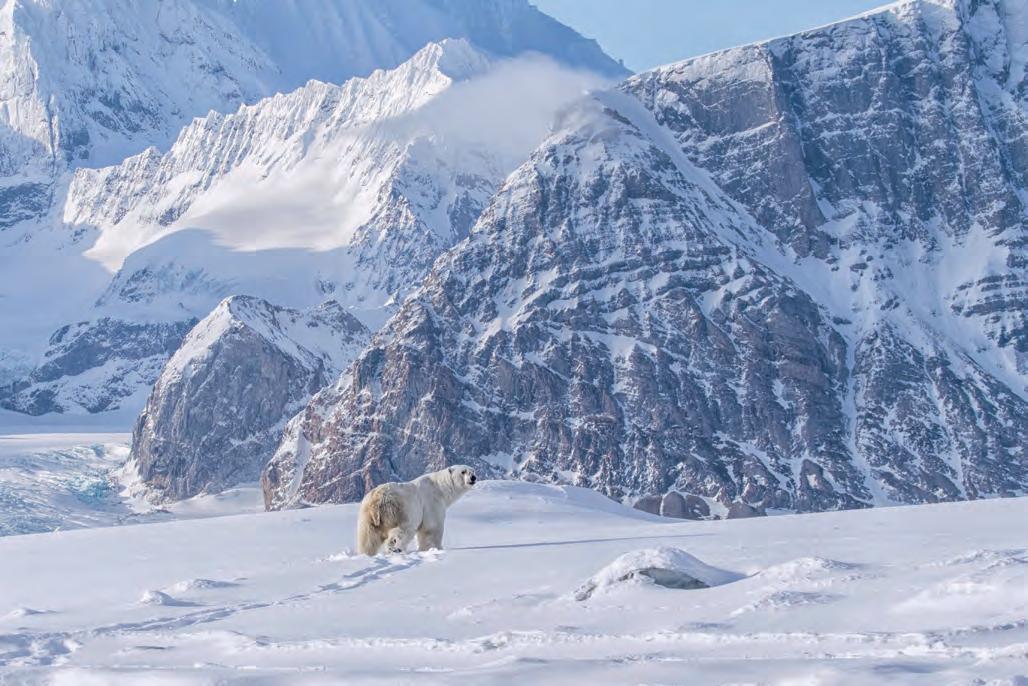
“The industries that exploit nature have a lot of money and marketing power. Nature doesn’t”
Paul Nicklen corroborates this. “We really inspire and support each other. Cristina’s an incredible photographer. She shoots things in such a beautiful way. Some days I’m like, ‘There’s nothing left to shoot’, and she’ll be out there shooting magical splits [where a partly submerged camera offers a view above and below the water’s surface]. We know if we support each other the end result is going to be better. When you work for National Geographic you’re incredibly selfish. It’s funny to think that my photography has improved beyond National Geographic, as you learn to give back to others, to share, to care, so you go through the world with a different set of eyes.”
This is a particularly busy year. Mittermeier has a solo exhibition at Gallerie d’Italia in Turin, Italy, until September. “To have a solo exhibition in a museum for a photographer is like getting to the summit of Everest,” she says. “I’m very proud.” She recently launched her Masters of Photography online course, which is less about photography, she says, and more about “the hustle and skills to survive in this profession”. And she will publish a Crowdfunded book, Hope, later in the year. Nicklen and Mittermeier also star in an episode of Photographer, a series on National Geographic/Disney, directed by Oscar-winning couple Jimmy Chin and Elizabeth Chai Vasarhelyi (Free Solo), and also featuring Muhammed Muheisen, Krystle Wright and Anand Varma.
“We don’t need all these plastics. Let’s stop just cleaning the beaches and start turning the tap off”
SeaLegacy 1, their 62ft, custom-built, expedition catamaran, will spend time in New Zealand, Australia, Papua New Guinea and Indonesia, highlighting overexploitation of ocean species and working with Māori communities in New Zealand, studying at-risk coral reefs in Australia, looking at two new MPAs in Papua New Guinea, and then heading to Indonesia.
“We will try to do with Indonesia, Australia and Timor-Leste the same thing we did with CMAR, working with the governments of three countries to see if we can bring people around the table to create an interconnected network of MPAs and safe passageways for whales and protections for reefs,” says Mittermeier.
Plastics will be another key focus. There will be projects not only to show the harm being caused by plastic pollution, from bottles to fishing nets that entangle marine creatures, but also to encourage people to use alternatives. “We don’t need all these plastics,” she says. “We need major treaties and major commitments from countries. Let’s stop just cleaning the beaches and start turning the tap off.”
Mittermeier believes in the power that photography and visuals have beyond the often-talked about ‘touching of people’s hearts’. “When you start looking at the physiology of the brain when you look at imagery, the brain changes physically,” she says. “Different parts of our brain light up depending on the imagery we’re looking at. An image can become engraved in your subconscious.”
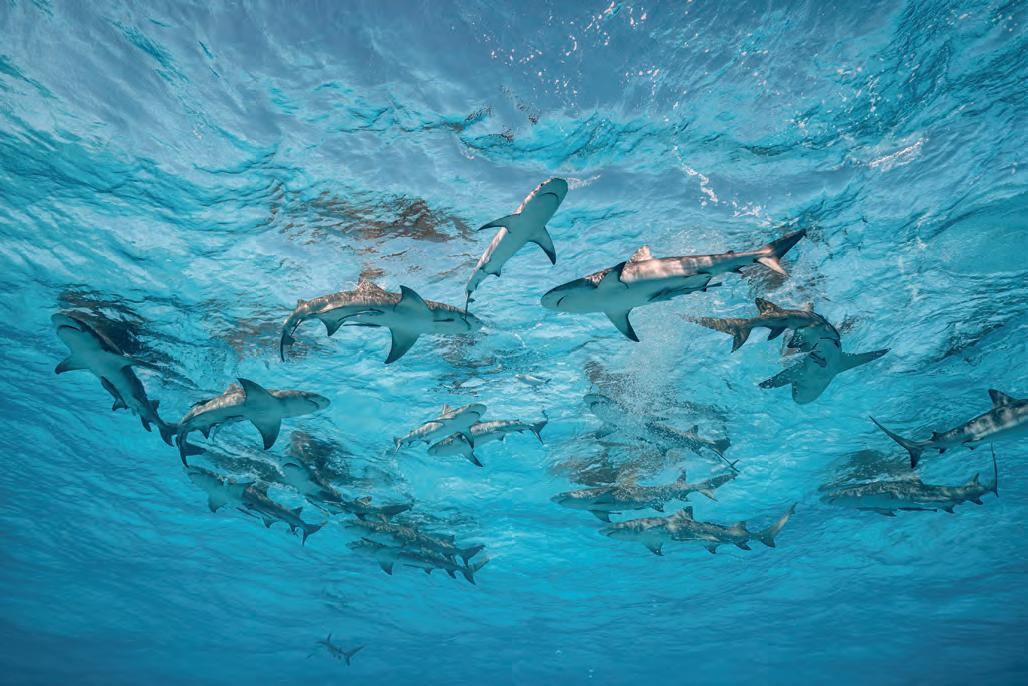
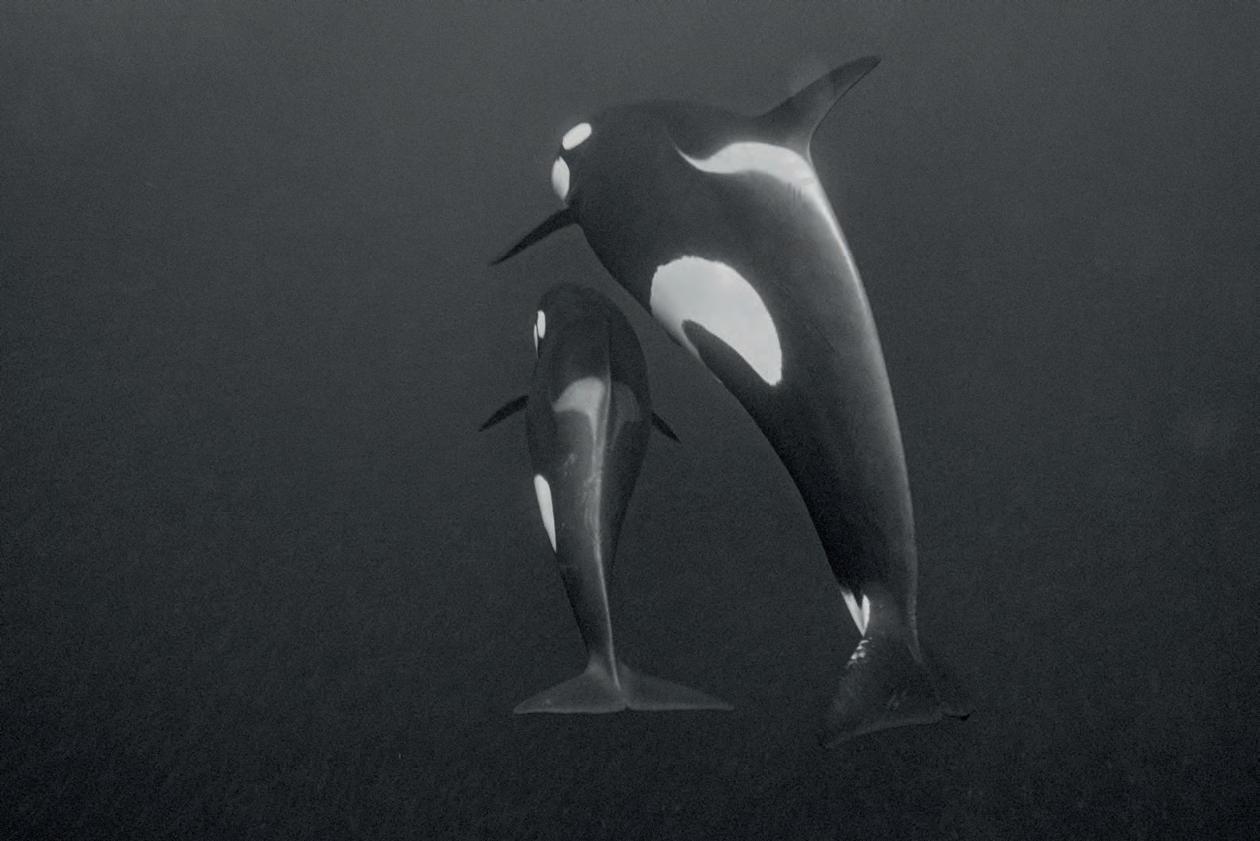
She continues, “When I say ‘Che Guevera’ or ‘Napalm in Vietnam’, you know the photographs I’m talking about. As photographers, we strive to make those iconic images that will remain in culture, because culture is one of the most powerful tools we have to change the world. Photography is a huge part of that.”
Despite SeaLegacy’s successes, and with hopes for achieving more in 2024, Mittermeier is far too aware of the scale of issues faced by the planet to be blindly hopeful for the future.
“My job is to remain hopeful and it’s a lot of work to try to do that, to dig into the positive,” she says. “But these days, even talking to people here in Canada, where we live, which is supposed to be progressive, we have a chat group with neighbours and they’re all Trumpists and nobody believes in climate change. They think I’m an alarmist and want to question the science. I’m, like, ‘Are you kidding me? We are in an emergency.’”
Where does she find positives to motivate her?
“I dig deep, man. I find positives because I do feel there’s a very large conversation happening, which is bringing people around to a point of view. There are so many people who want change and want to live on a living planet.”
cristinamittermeier.com sealegacy.org
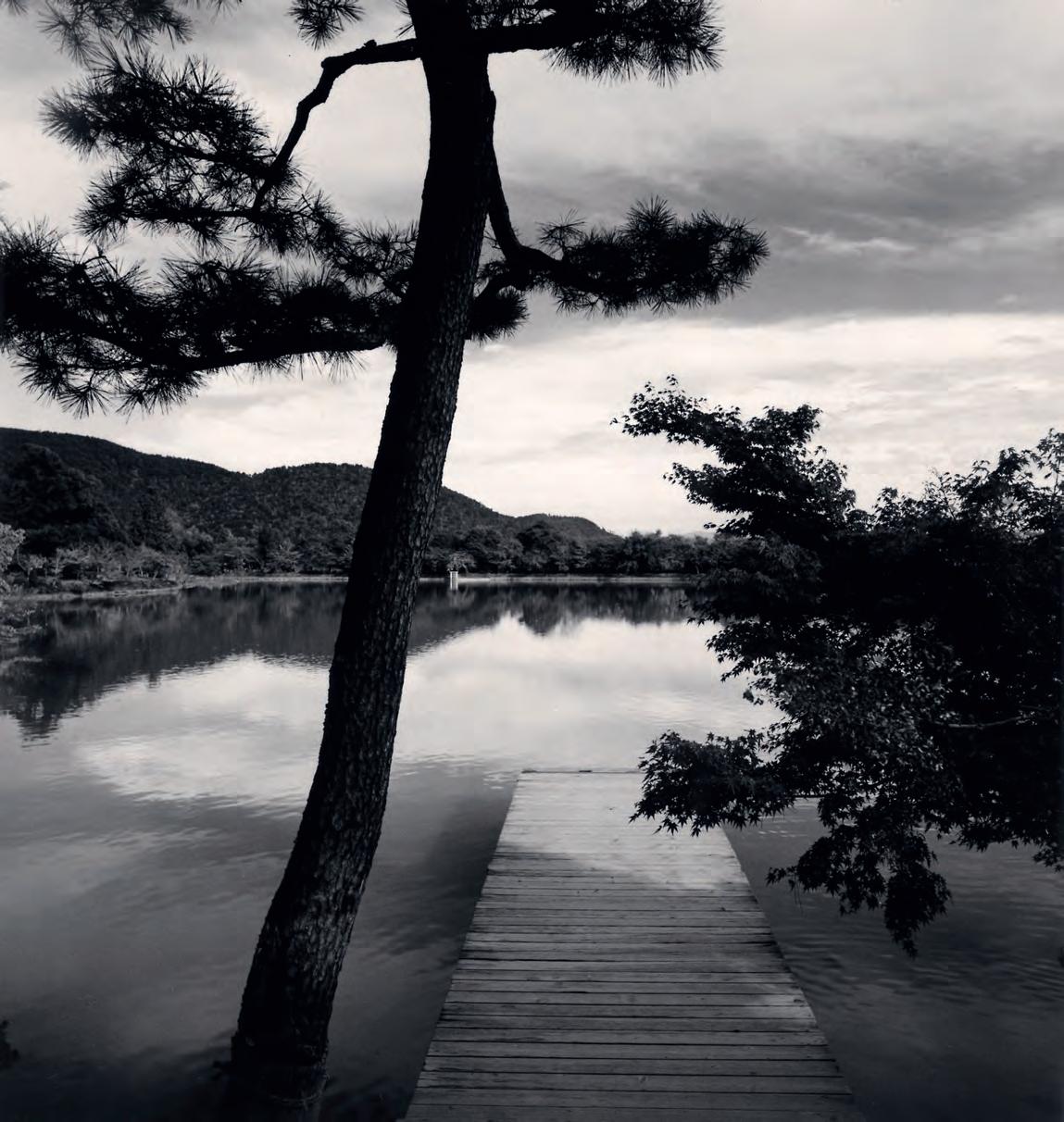
After 50 years of photographing locations across the globe, Michael Kenna is publishing a visual love letter to Japan. He explains why his bond with the nation is spiritual
WORDS: GRAEME GREEN IMAGES: MICHAEL KENNA
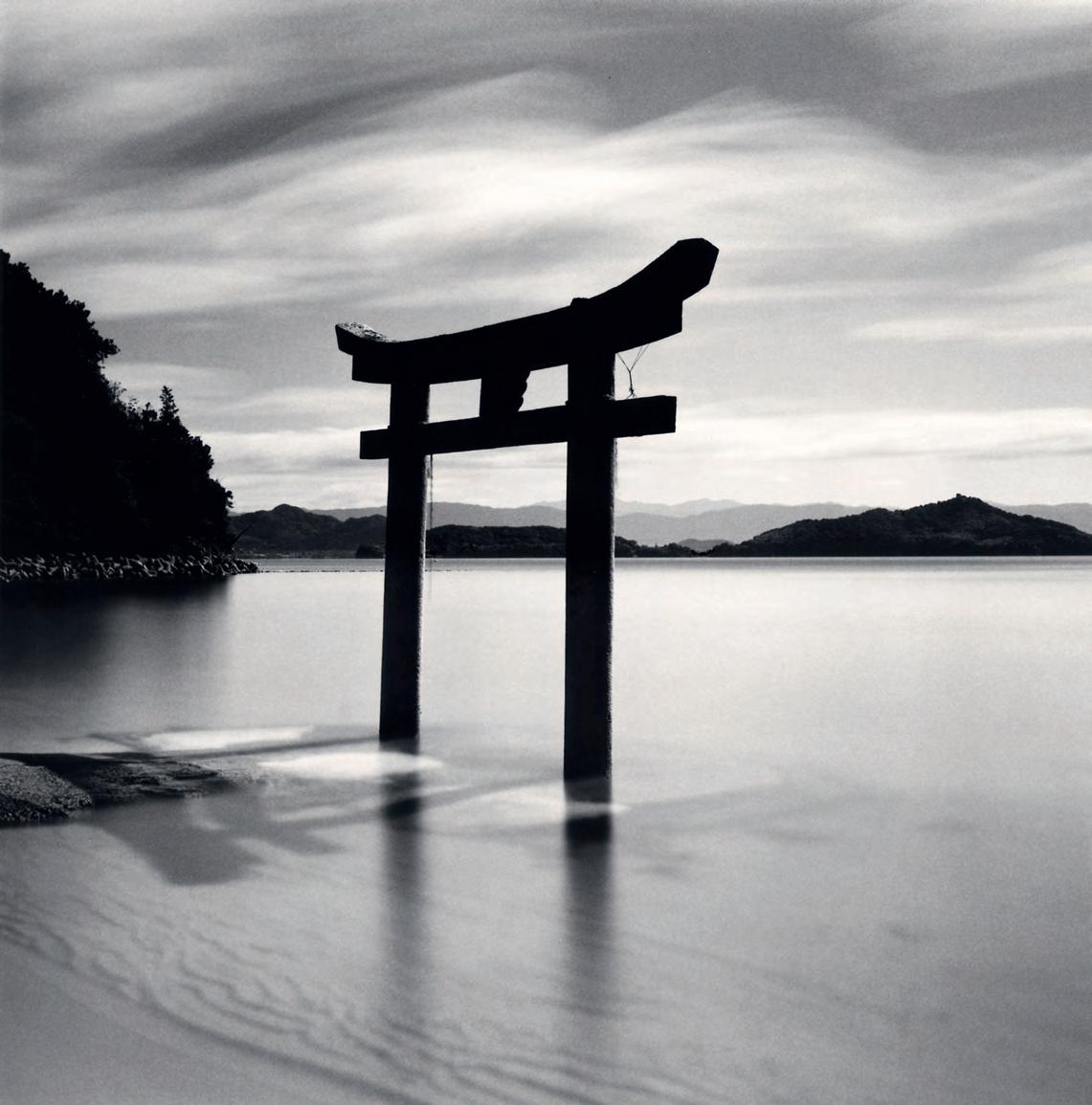
“I was distraught. We’d been travelling south for an hour or two before I discovered I didn’t have the camera. I expected that was the last I’d see of it, but in Japan it’s not like that”
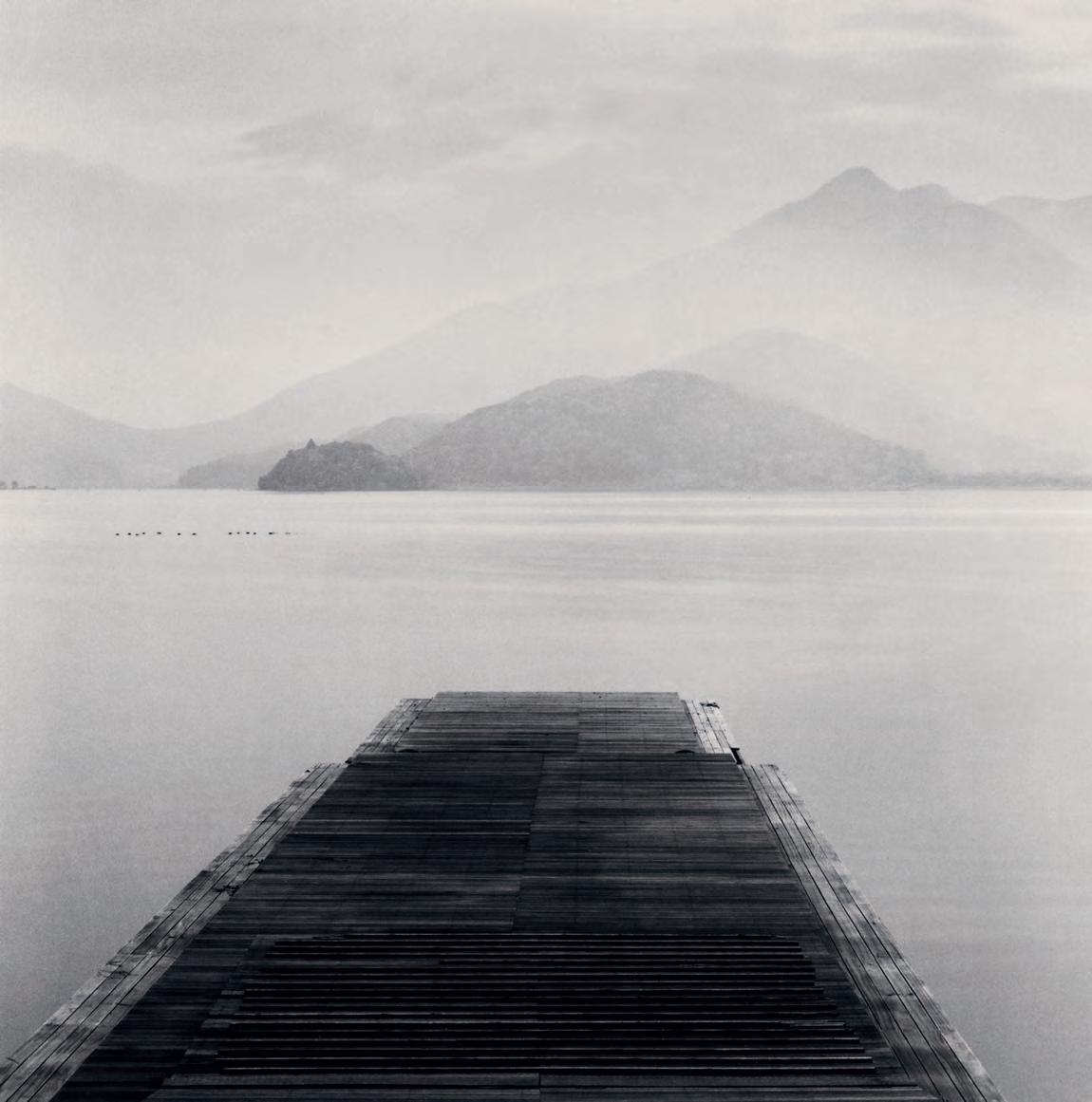
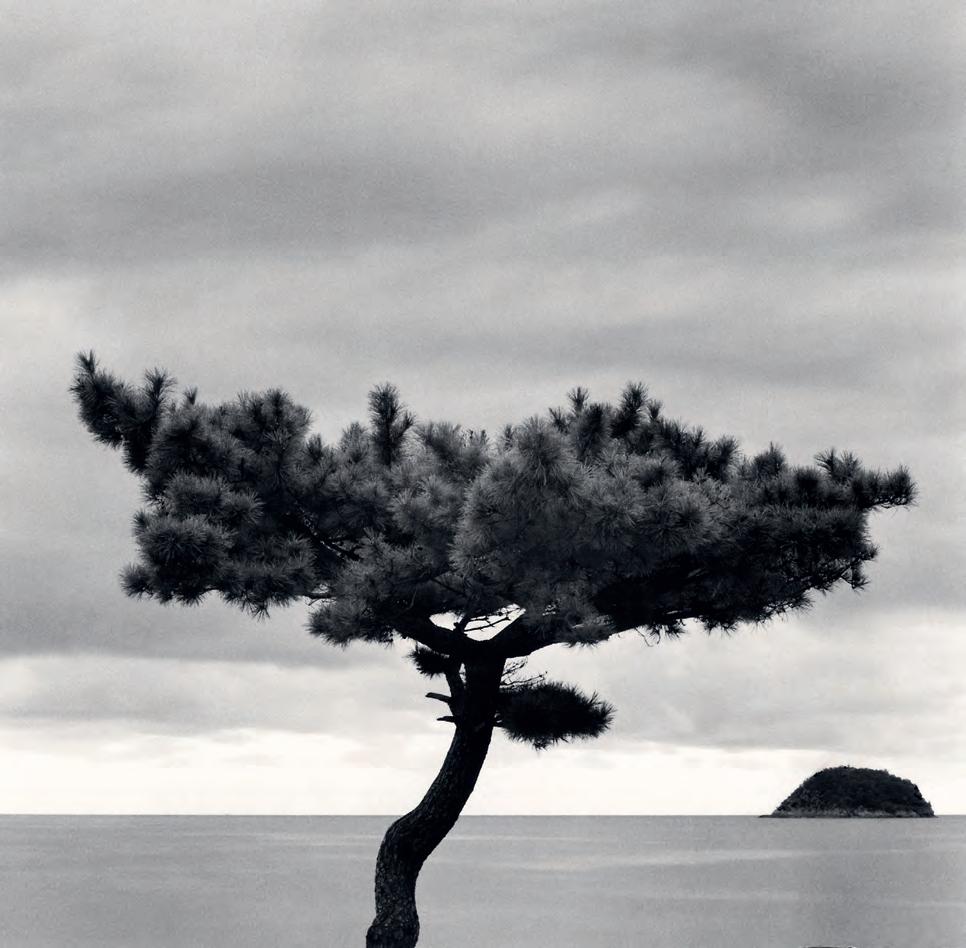
In 2002 Michael Kenna left one of his treasured Hasselblad cameras on a park bench in the city of Kumamoto on the Japanese island of Kyushu.
“I was distraught,” remembers the British photographer. “We’d been travelling south for an hour or two before I discovered I didn’t have the camera. I expected that was the last I’d see of it, but in Japan it’s not like that. There’s great respect –or maybe a fear – of karma. My guide was sure it was going to be safe. Sure enough, someone from the public had taken it to the park attendant and I got it back.”
The kind, spiritual aspect of Japanese culture is among the many reasons Kenna has a longstanding love affair with the country. He is also a keen
participant in the national pastime of karaoke – on his Instagram, you can find him tenderly singing John Lennon’s ‘Imagine’ to friendly locals in Asahikawa. But mostly it’s the natural landscapes that have called him back time and again.
Over the last 50 years Kenna has photographed locations around the world, from Australia to Brazil to Cambodia. There are a few countries, including France and Italy, that he has revisited repeatedly but, as the title of his new book Japan: A Love Story suggests, he has one particular favourite.
“It’s like a long relationship – very calm and comfortable,” he says. “We’ve been in love for a long time. I feel very much at home when I go to Japan. I feel a connection. As in any conversation
“I was told you would be completely safe to walk all the way across Tokyo on your own. I’ve felt in danger from falling off cliffs in Japan but I’ve never had any situation where I’ve felt in danger from other people”
‘Two
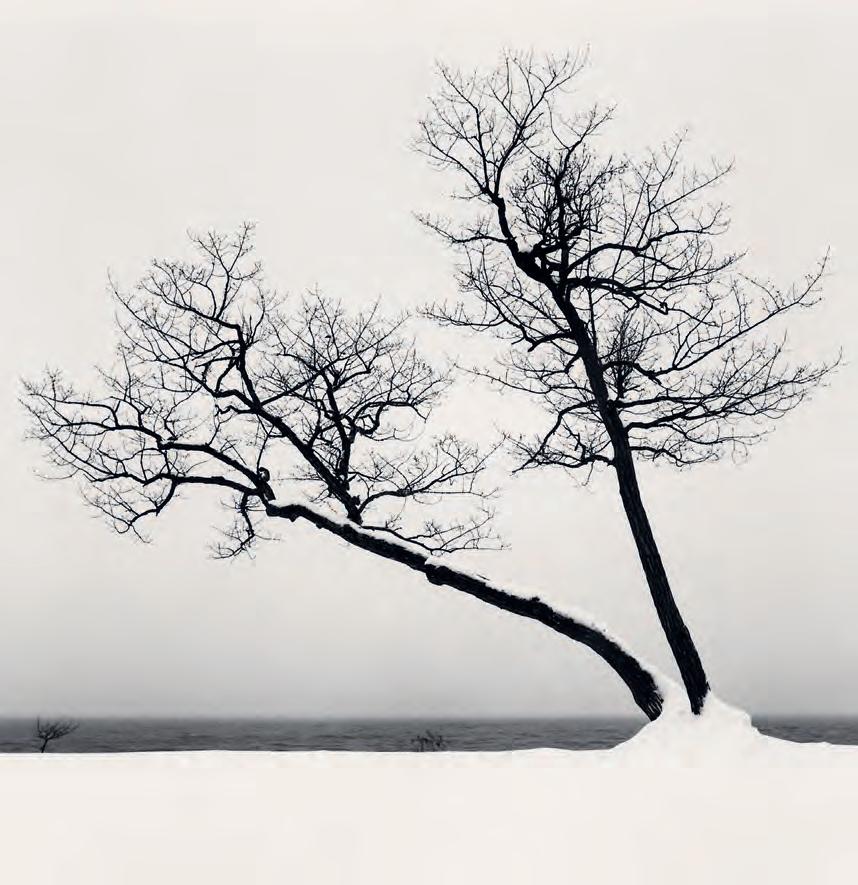

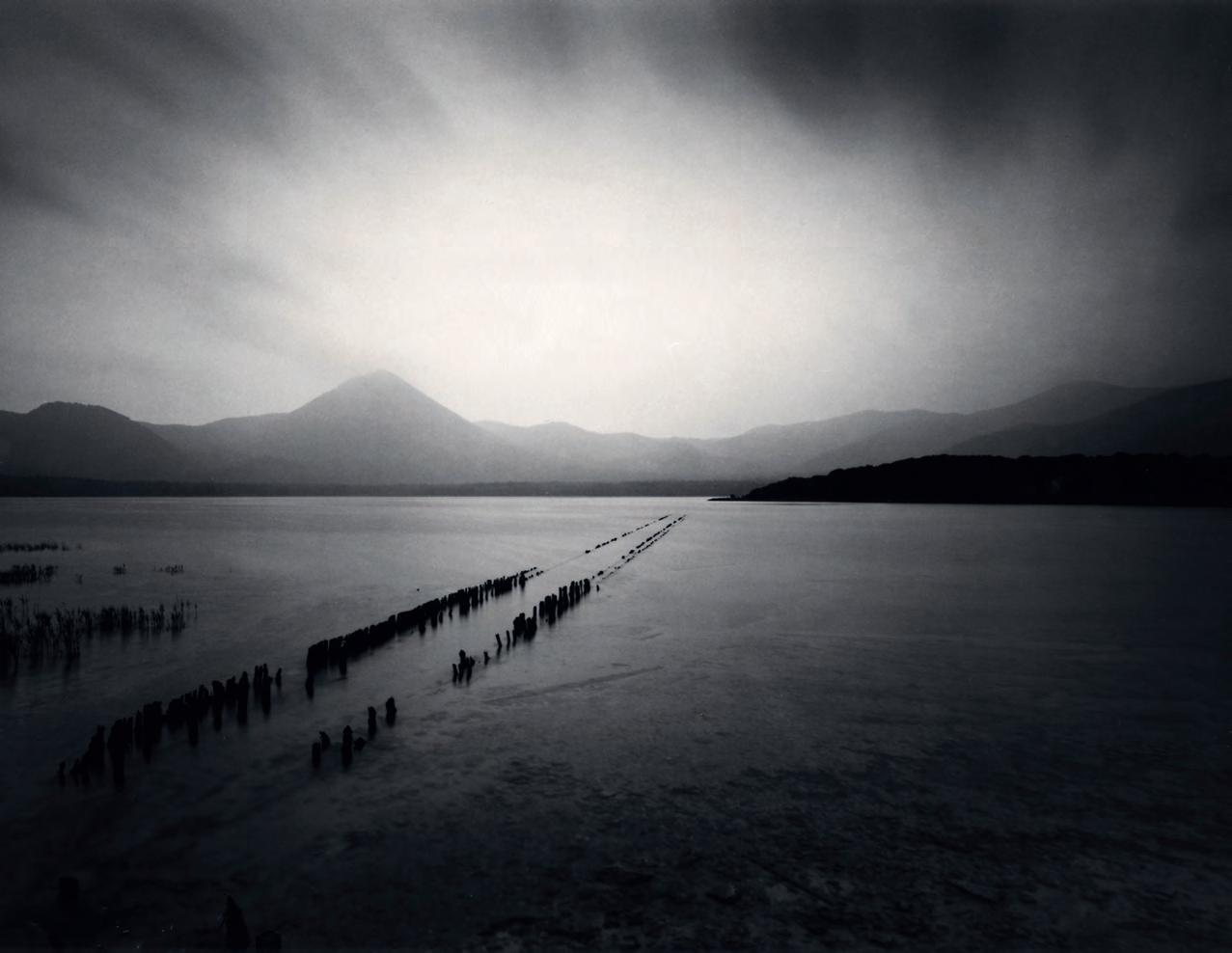
or relationship, the more you spend time with a person, the deeper that relationship becomes.”
Kenna first visited Japan in 1987 for a book launch and exhibition in Tokyo.
“It was a complete culture shock – delightfully so,” he says. “I remember getting off the plane and ending up in the Meguro area, with jet lag, wandering the streets in the middle of the night. There were shops with bamboo, boards, pieces of glass and brooms, and everything was on the pavement, completely safe and secure – no one was worried about anyone stealing anything. I was told you would be completely safe to
walk all the way across Tokyo on your own. I’ve felt in danger from falling off cliffs in Japan but I’ve never had any situation where I’ve felt in danger from other people.”
A series of exhibitions brought him back to Japan’s cities over the years. From 2001 onwards, though, he started exploring the countryside, including areas around Mount Fuji, Biwa Lake and along the coast of the Sea of Japan. The following year he experienced for the first time the wintry wilderness of Hokkaido in Japan’s remote north – the solo trees, forests and fence posts set starkly against white snow taking hold of him.
“Winter in Hokkaido was when a whole new palette was introduced to me – this white sumi-e ink wash palette. I’ve been addicted to the place ever since”
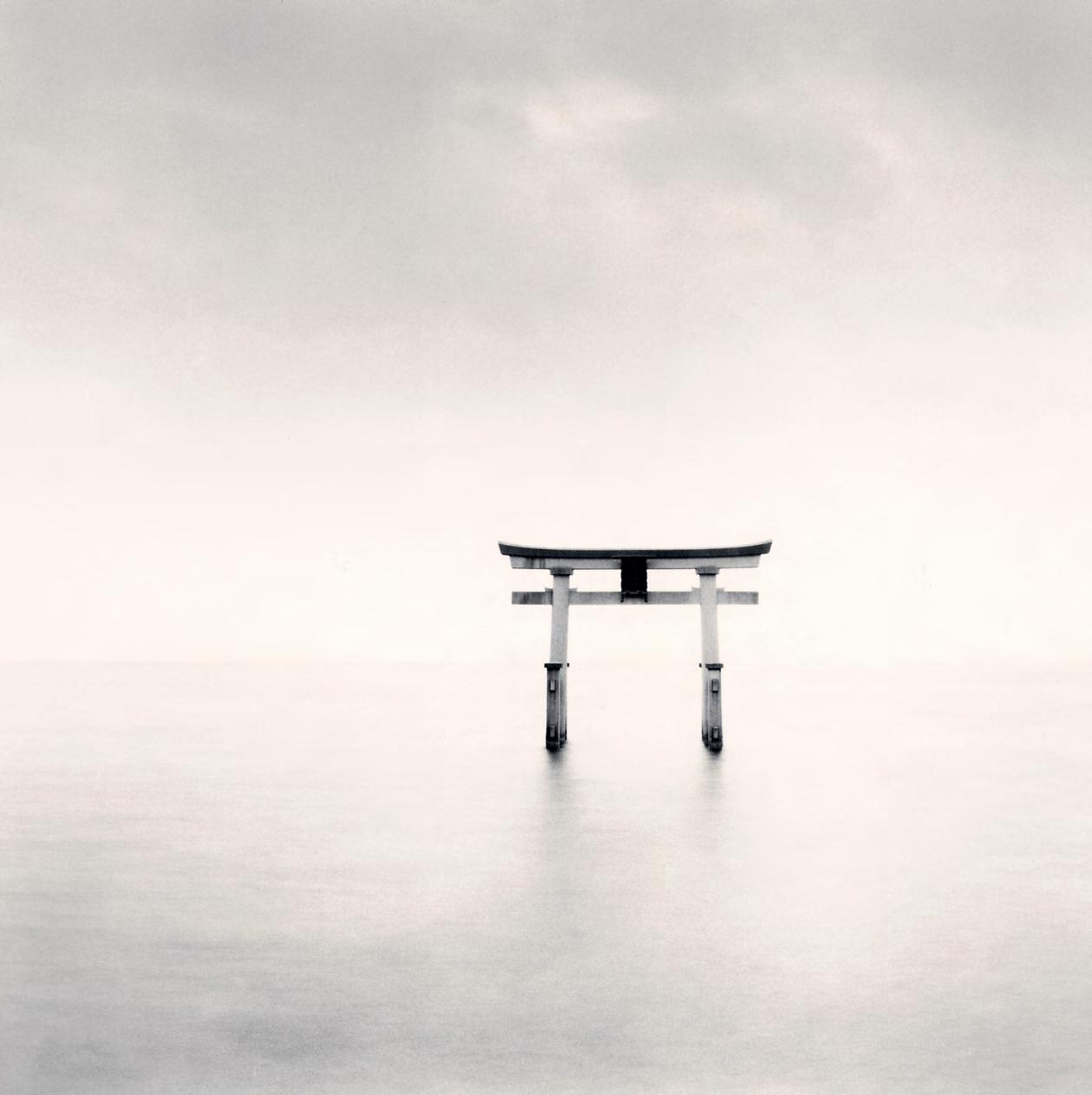
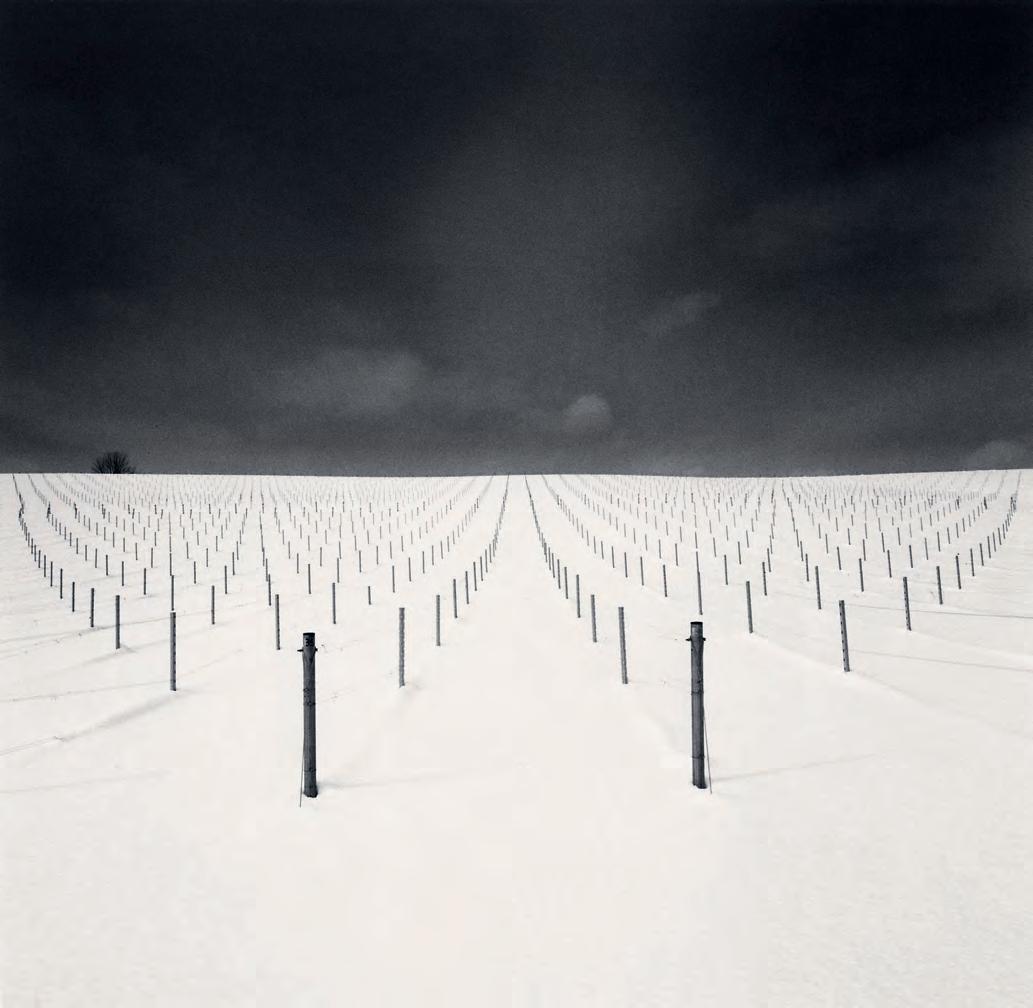
‘Field of sticks, Kamikawa, Hokkaido, Japan, 2023’ by Michael Kenna
“Hokkaido was brutally cold,” he says. “I was warned against it. People told me, ‘No one goes to Hokkaido in winter. You can’t get around. No one can do anything. It’s dangerous.’ But winter in Hokkaido was when a whole new palette was introduced to me – this white sumi-e ink wash palette. I’ve been addicted to the place ever since. I’m obsessed with it.”
Hokkaido transformed the way Kenna approached his work, which he sees as a meeting of Eastern and Western aesthetics. “It was almost the opposite of my European dark Romantic root – Bill Brandt,
Mario Giacomelli, Josef Sudek ... You’re presented with a white canvas and staccato characters that seem to float off the canvas. It radically changed the way I viewed the world and the way I photographed.”
Beyond Hokkaido, Kenna has travelled extensively in Japan, including the main island’s coastlines, the 88 Buddhist temple pilgrimage in Shikoku, and Okinawa. Photographing scenes ranging from bodies of water to Shinto shrines, he has found that Japanese spirituality chimes with his own.
“There is a fundamental belief system of respect, honour and reverence towards the land, because
“Many
people believe that the animist deities reside in everything – in water, in forests – not just shrines and temples. It’s a belief system close to my heart”
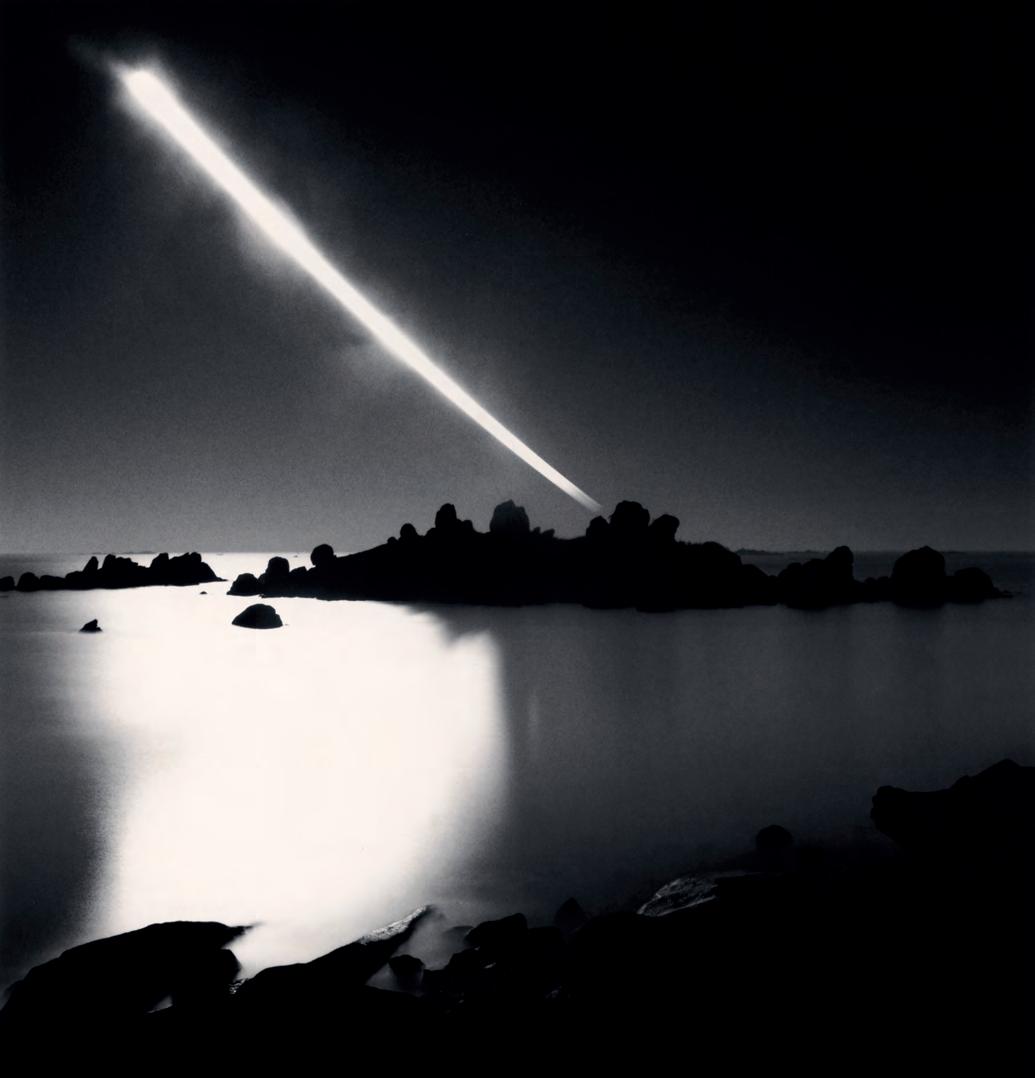
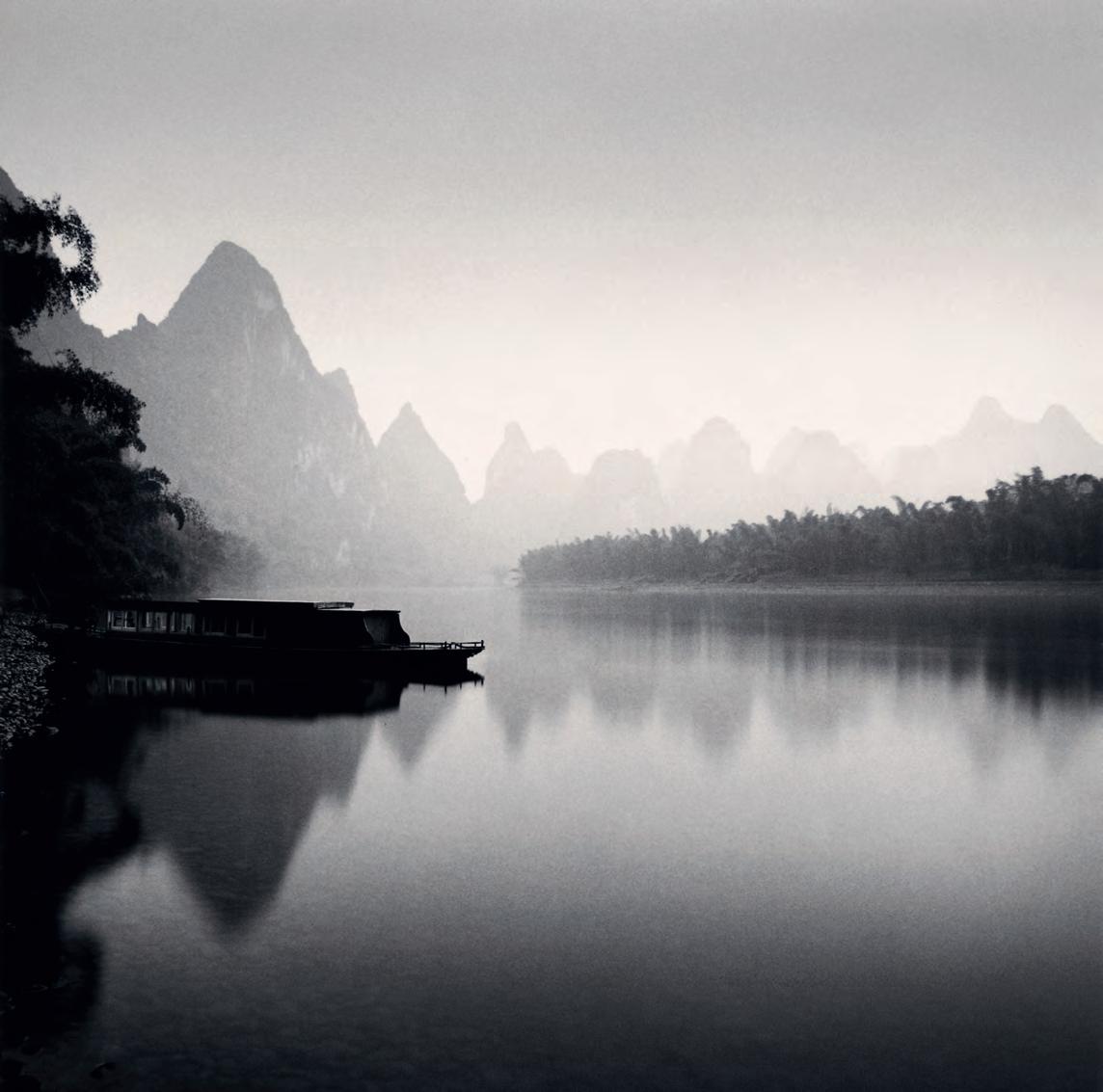
many people believe that the animist deities reside in everything – in water, in forests – not just shrines and temples. It’s a belief system close to my heart.”
Kenna has had a spiritual inclination since he was a child. Born in the industrial town of Widnes in north-west England in November 1953, he spent seven years studying at St Joseph’s College, a seminary boarding school in Upholland, Lancashire, with the intention of becoming a Catholic priest.
“I spent many years chanting, meditating and praying,” he says. “I love rituals.”
Ultimately another form of devotion, to art, steered him down a different path. Kenna enrolled in a one-year foundation art course at the Banbury Art School, Oxfordshire. He bought his first professional camera, a Voigtländer, and started working on his first assignments in 1973 while still a student on a three-year photography course at the London College of Printing. Since the late 1970s, he has lived in the United States – first San Francisco, then Seattle, where he is still based.
Last year he celebrated his 70th birthday and 50th anniversary as a professional photographer. His Seattle office, where he is speaking from, stores 175,000 negatives from across his career. They include images taken in Dartmoor and other parts of England to illustrate an edition of the Arthur Conan Doyle book The Hound of the Baskervilles. These formed his one-person exhibition staged by the RPS in 1988 at its National Centre of Photography, Bath.
He is, he says, uncomfortable with being “packaged” as a landscape photographer given the range of subjects he has focused on – including birds, Buddha statues, car factories, power stations, Catholic confessional booths, sacred buildings (churches, temples, shrines), the demilitarised zone between North and South Korea, and Nazi concentration camps.
Kenna has never been tempted by digital cameras, instead working throughout his career
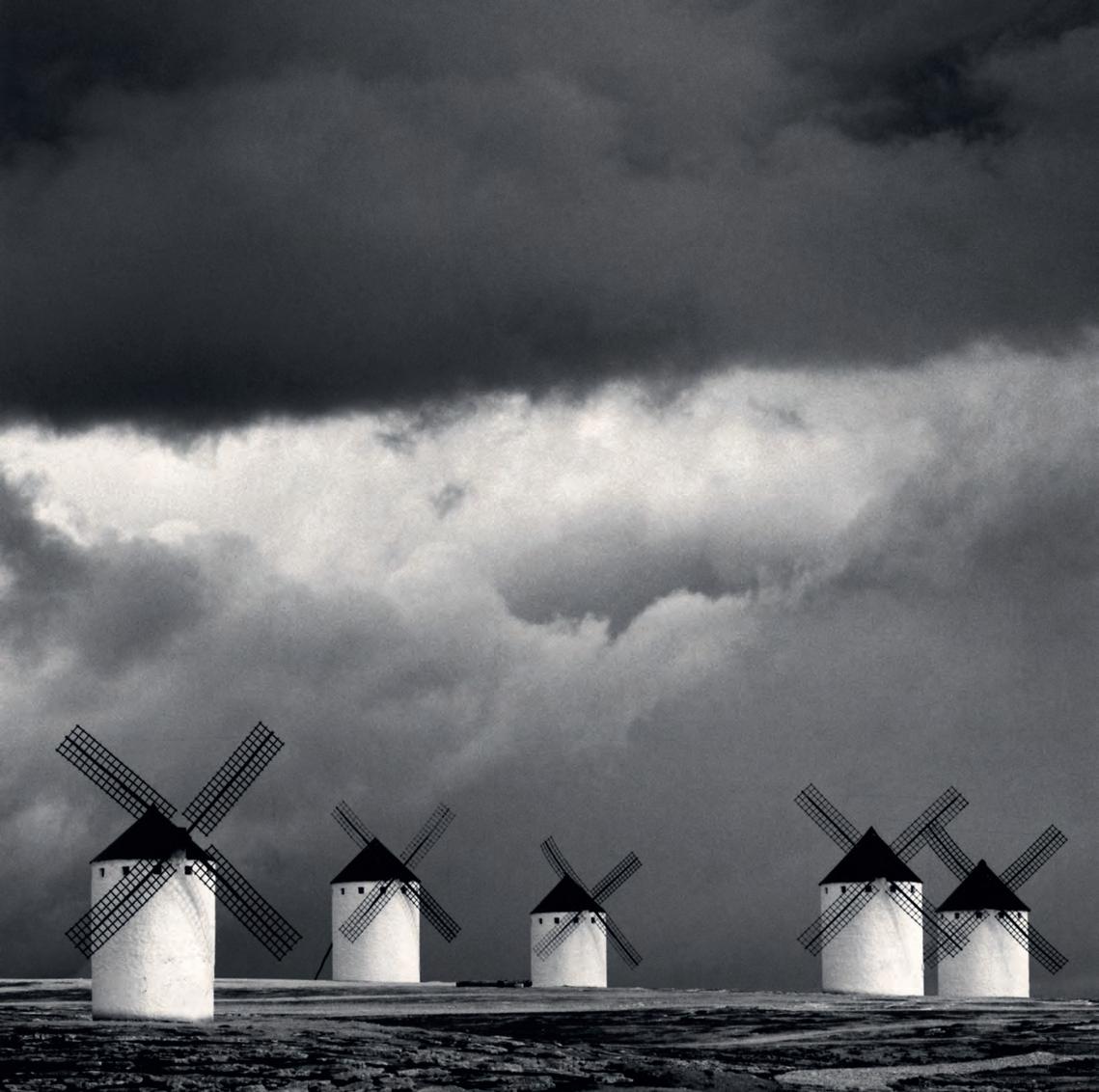 ‘Quixote’s Giants, study 2, Campo de Criptana, La Mancha, Spain, 1996’ by Michael Kenna
‘Quixote’s Giants, study 2, Campo de Criptana, La Mancha, Spain, 1996’ by Michael Kenna
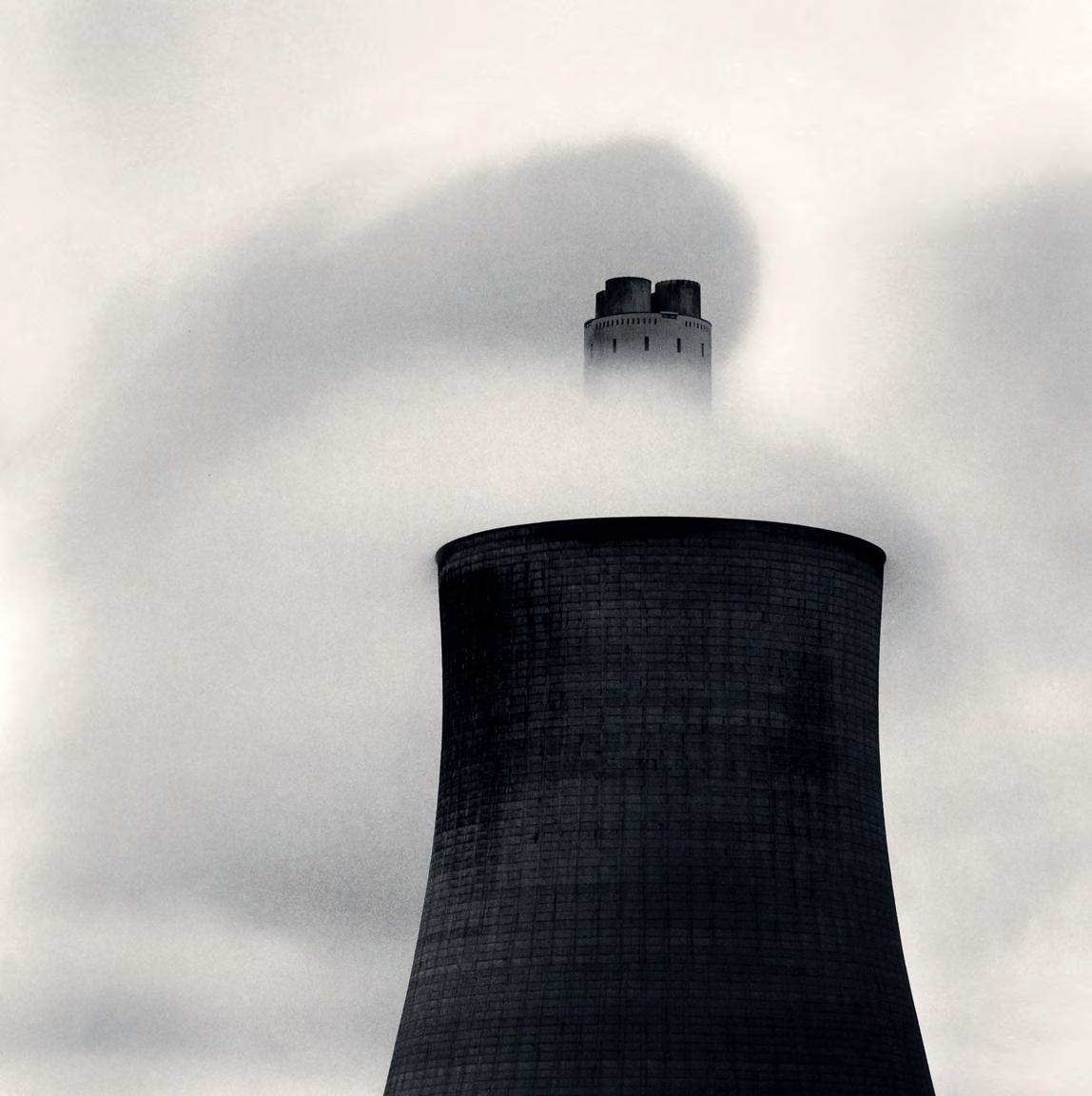
“You want to repeat some things, to go back to places you know very well, because there are so many fond, nostalgic memories”
with analogue Hasselblad film cameras and producing silver gelatin prints. He likes to work slowly, spending long periods with a subject, returning many times over the years to the same location. With landscapes, he often works at night or in the early hours of the morning, sometimes using long exposures of 10 hours or more.
The long exposures mean the results are unpredictable – dependant on how the sky, water or weather changes – which Kenna enjoys. They also produce a meditative, otherworldly effect.
“It’s a natural extension of my religious upbringing,” he explains. “I was taught that what we see in front of us is not all that’s there, that there is far more. When I photograph I try to photograph what I can’t see, which is a paradox for photographers – we generally document what we can see. I like to suggest the invisible, the atmosphere, or what is potent about a place.”
Though no longer Christian, spirituality is still central to Kenna’s work. “I find the older I get the more doubts I have,” he says. “I don’t have dogmatic
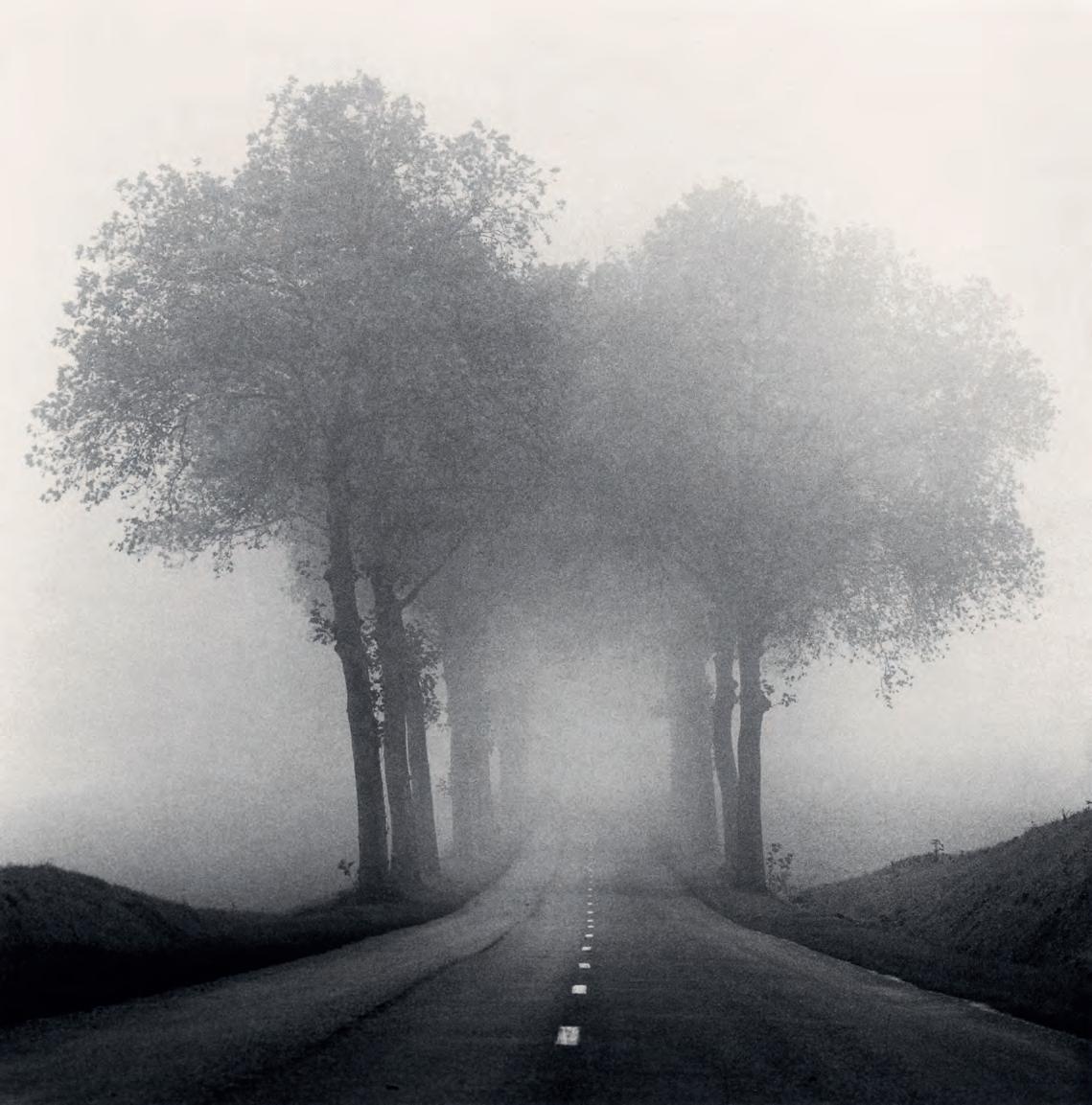 ‘Homage to HCB, Brittany, France, 1993’ by Michael Kenna
‘Homage to HCB, Brittany, France, 1993’ by Michael Kenna
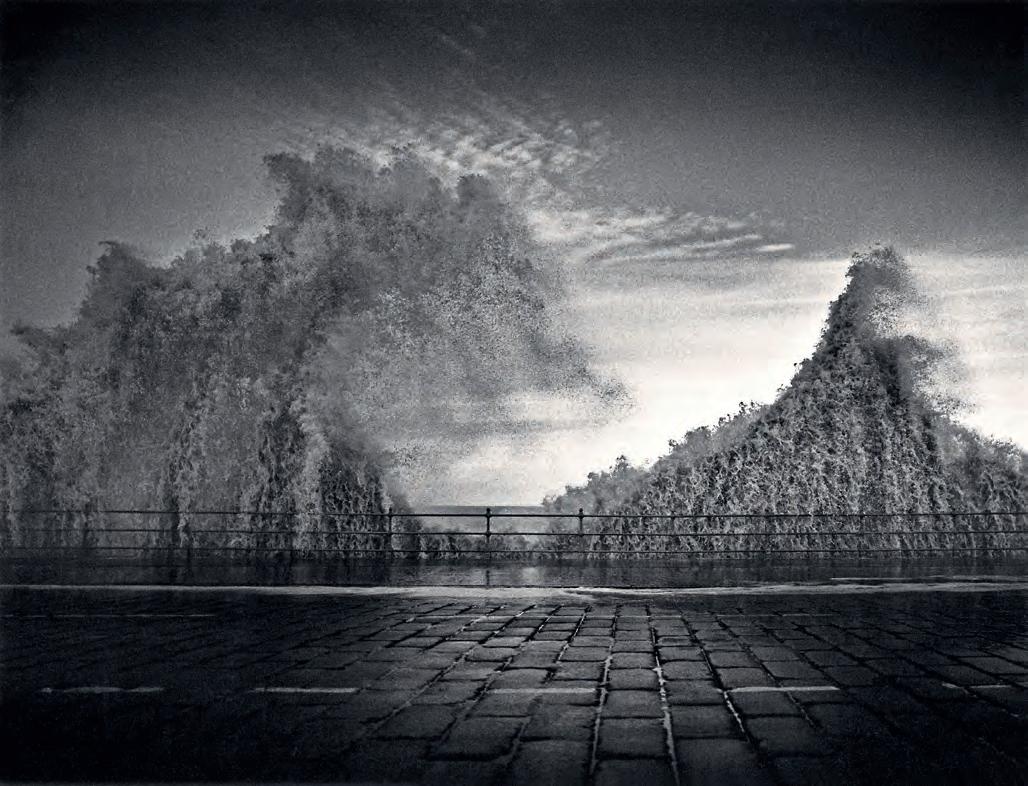
“Hopefully, my work does provide some sense of calm, contentment, solace and tranquillity. I regard my photos sometimes as an oasis from the absolute chaos of our world”
beliefs anymore. I don’t adhere to one particular religion, but I don’t disbelieve either. As you get older you have more questions and fewer answers. But I love places of reverence, ritual, honour and respect. It doesn’t matter which religion it is.”
A popular and influential photographer – many black and white landscape photographers today strive for a similarly minimalist elegance – Kenna’s images have a calming effect.
“Some people think a photographer should be photographing social issues,” he says. “But I’m not a war photographer, and I don’t photograph climate disasters, plagues or poverty. My work is in some way escapist, but there’s room in this world for poets as well as documentary photographers.
“The world is a complicated, difficultto-process place. Hopefully, my work does provide some sense of calm, contentment, solace and tranquillity. I regard my photos sometimes as an oasis from the absolute chaos of our world.”
For someone seemingly so calm himself, Kenna always appears busy, dividing his time between home life, photographic expeditions and attending international exhibitions. His latest book, to be published in September, is on Venice, another place he has explored many times.
“I’ve been going since 1980 and I continue to go back because it is such a gorgeously, unique, mysterious, beautiful, enticing, seductive place,” he says. “It’s impossible to go there without making beautiful photographs.”
He will return to Japan later this year. Even after all this time he still feels there are new chapters to write in this great love story.
“There’s a degree of understanding and history, and you don’t need to do all the same things again,” he says. “But, in a sense, you want to repeat some things, to go back to places you know very well, because there are so many fond, nostalgic memories. You also want to create new experiences and new memories.”
Japan: A Love Story by Michael Kenna is published by Setanta Books, £60, with an exhibition at Asia House, London, 24 September-20 October. Venice is published by Skira in September, £40. michaelkenna.com
We celebrate eight burgeoning talents taking the world of photography by storm
INTERVIEWS: CIARAN SNEDDON
An environmental photographer illuminating the plight of an indigenous Bolivian community. Friends discovering a world of astronomy together. And a Ukrainian photojournalist recognised for her daily Instagram war diary. Young photographers across the globe are bringing a fresh perspective to image-making. We meet eight of them who share their work and explain the inspirations behind it.
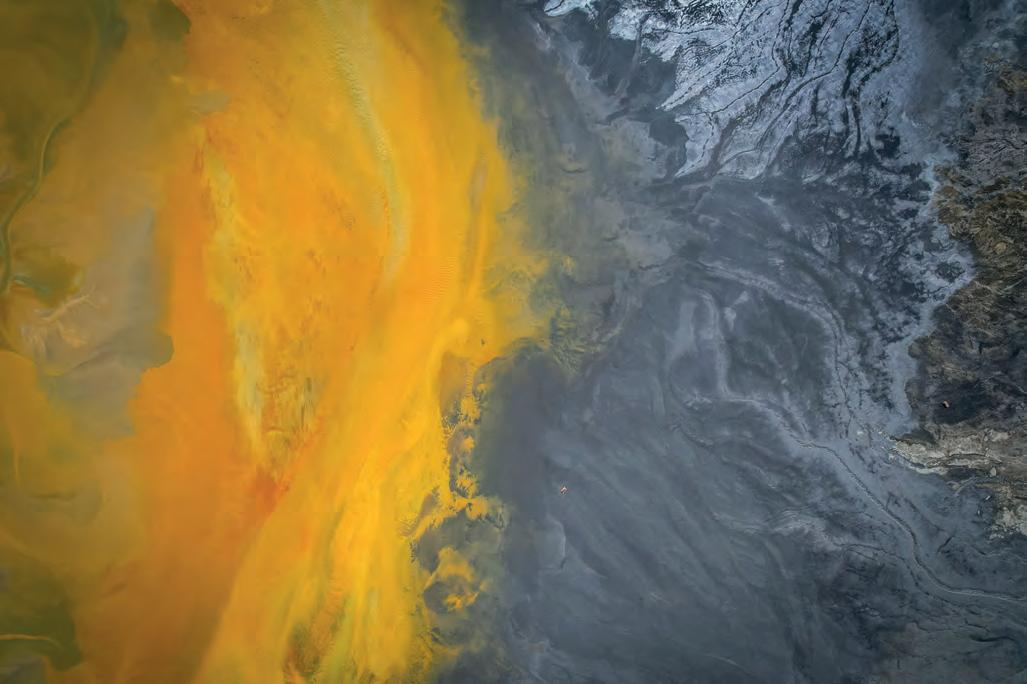
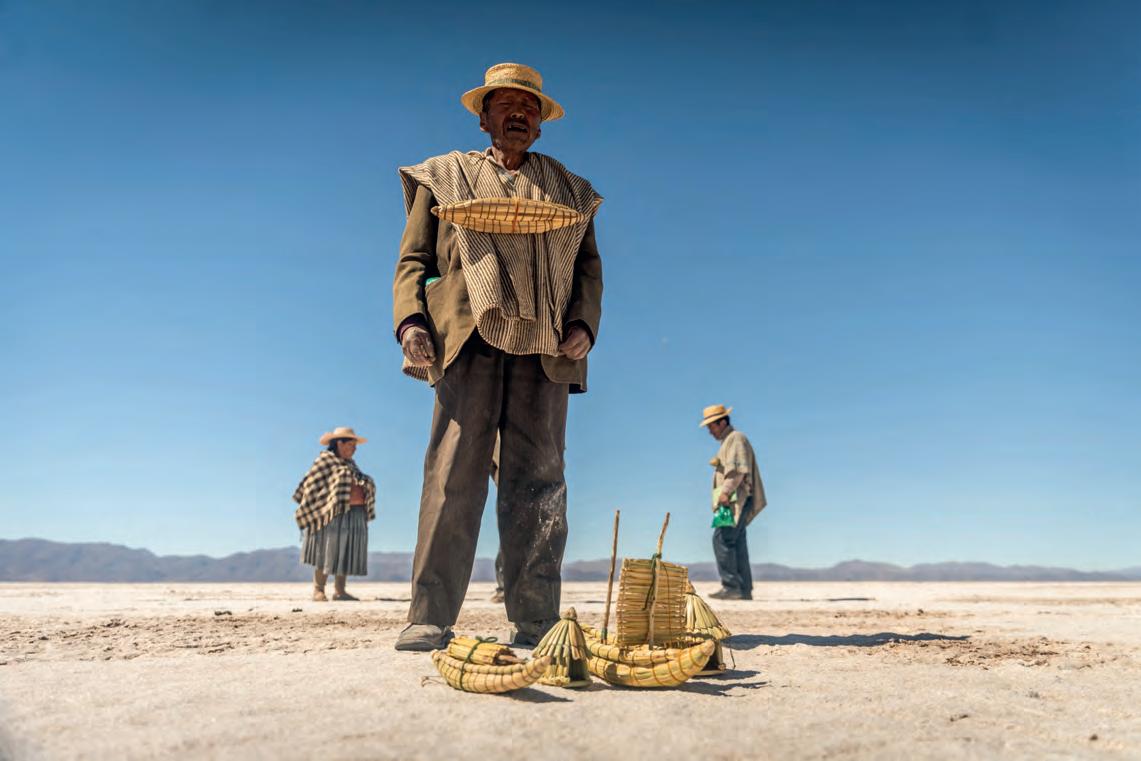
This Argentinian photographer has found inspiration in a community whose lives have been transformed by climate change
As with many issue-led imagemakers, Gastón Zilberman developed a passion for his chosen subject before he fell in love with photography. “I always enjoyed being outdoors, which led me to value the place we inhabit – and want to take care of it,” he says.
The social and environmental storyteller, based in Buenos Aires, first remembers using his camera for a positive cause when he and fellow pupils helped at a rural school a few hours from the city.
“From that moment I became aware of the responsibility photography has in being able to communicate different realities,” he says. “Environmental and social issues are deeply connected –the place we inhabit conditions the way we live.”
Zilberman was shortlisted in the Student category of the 2024 Sony World Photography Awards for a project showing how the Uru community, indigenous to Bolivia, has reacted to climate change-induced droughts that dried up an ancient lake.
“The most challenging part of the project was to generate a bond of trust with the community so they could talk about the pain caused by the disappearance of the lake,” Zilberman says.
Alongside Michael Salama, who studies history and environmental sciences, Zilberman ended up living with the community. “I was very satisfied with the way we were able to show that, despite the loss of the lake that once defined their culture and means of survival, the Urus continue
to call themselves Qotzuñis – their ancestral word for ‘people of the lake’.
He adds, “A particularly special moment was when we drove about an hour and a half towards the centre of the lake to find water. After not finding anything we came across the ancient boats of the community members we were with. We spent a while walking in silence, observing their boats, then remembering their past. In their childhood they used to fish, hunt and play in that now non-existent water.
“Spontaneously, Félix, Mauricio, Cipriana, Florencio and Paulino positioned themselves inside a boat and began to reenact the way they rowed. In that moment I felt the power of that image and what it meant. I am happy to have been able to capture it.”
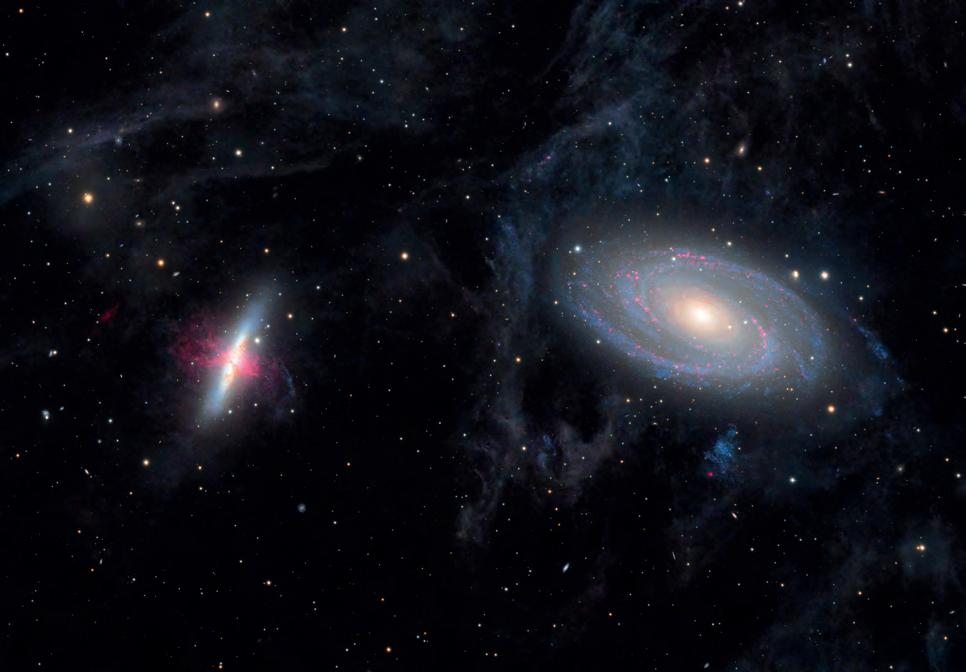
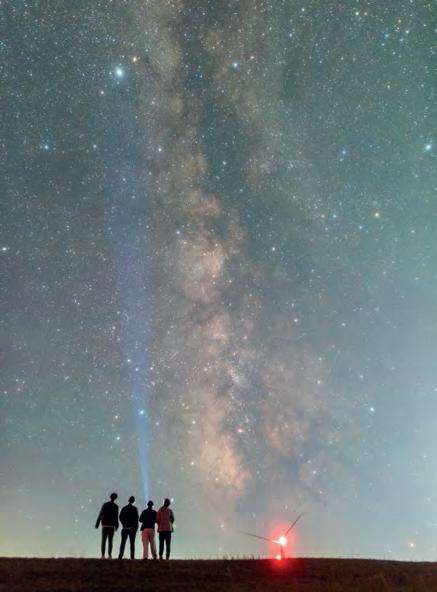
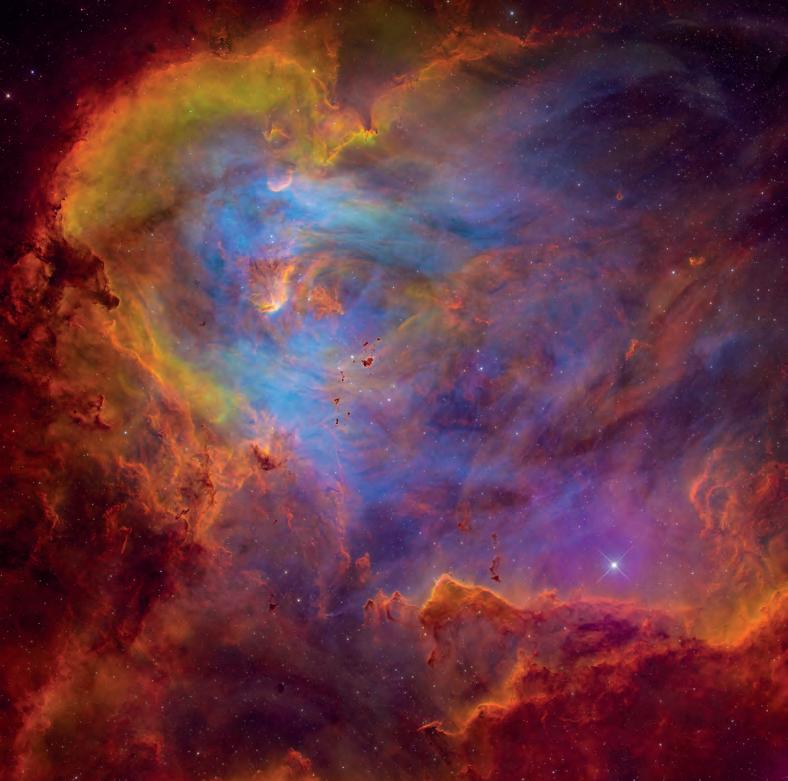
A shared passion for the stars led to this China-based duo being jointly named 2023 Young Astronomy Photographer of the Year
Working in partnership can be challenging, but two young Chinese photographers – Wang Binyu and Runwei Xu – have found friendship through their creative collaboration. The duo were recognised for their talents when named the joint recipients of the Young Astronomy Photographer of the Year 2023 award.
“Whenever I look up at the night sky, I am always obsessed with the bright sight of the stars,” says Runwei, 15. “I marvel at its mystery. The stars are so far away from us, but after millions of years they can send a ray of light to the creatures on Earth.”
Wang, who is 16, also took an early interest in the stars, and so decided to
set up an astronomy group. “It included me, Jia You, an art professor at a university, Runwei, and Weiye Wang, a university student. I made many friends from these cooperations and we have a common goal, even though we are scattered through China and are of different ages and experiences. We often share work because some may understand some areas better. I usually take care of telescope repair photo post-processing, and we have an online meeting each weekend to share our experiences and learn from each other.”
The team have even discovered a type of supernova and other phenomena, including some asteroid rotations and extrasolar planet transits.
“The biggest lesson I have learned so far is that we all need to help each other,” adds Runwei.
“When I first started astronomical photography I didn’t have the theoretical knowledge and processing skills. But many astronomical photographers patiently answered me and taught me, even in the middle of the night. I was deeply moved, and therefore I also actively help others.
“Astronomical photography is a good interest. Many people will help and make astronomical photography as full of love as possible. It is important to help each other no matter what.”
Her love of nature and a chance to use her dad’s camera began a journey to success in the RSPCA Young Photographer Awards
Although it can feel gauche to base perceptions on the size of a person’s awards cabinet, it is only right to mention that, at just eight years old, Jamie Smart has already received more than 15 nods for her work, including the top title and the Portfolio category in the RSPCA Young Photographer Awards.
And to think the initial catalyst was a disappointing discovery.
“I used to love dinosaurs,” she says. “As I grew a bit older I started to realise I would never get to touch or meet an actual dinosaur, so my interest seemed to shift to the next best thing … birds.”
There’s certainly a Jurassic quality in some of Smart’s avian close ups, which draw out the often-overlooked features of some familiar faces.
“Photography came into play when dad offered for me to try using his D500. I was a bit nervous at first because I knew how expensive it was and how precious it is to dad.
“Dad said it would probably take me a while to track birds and take photos of them in flight … well this was like a red rag to a bull for me. Within two or three days I was tracking birds in flight and getting them in the centre of the frame each time.”
Since then the camera has been upgraded – to a Nikon Z9 – and Smart’s knowledge of the secret science to good photography bolstered. Among her proudest creations is an extreme closeup of Frederick the turkey, who had been grounded with avian flu.
“It was quite a comedy sketch,” she says of the process, which involved her father holding a flash above Frederick while trying to get the militantly uncooperative bird firstly to fluff up, then to look down the barrel of the camera. “But I did manage to get some good shots and I love the effect the single point light source gave.”
Jamie has a clear idea of what remains on her birding bucket list –white-tailed eagles, bee-eaters and crested tits are the top priorities at the moment, along with hoped for visits to the Galapagos Islands, the Amazonian rainforests and the Arctic.
Of course, while wildlife photographers of older generations have been able to trot the globe in the
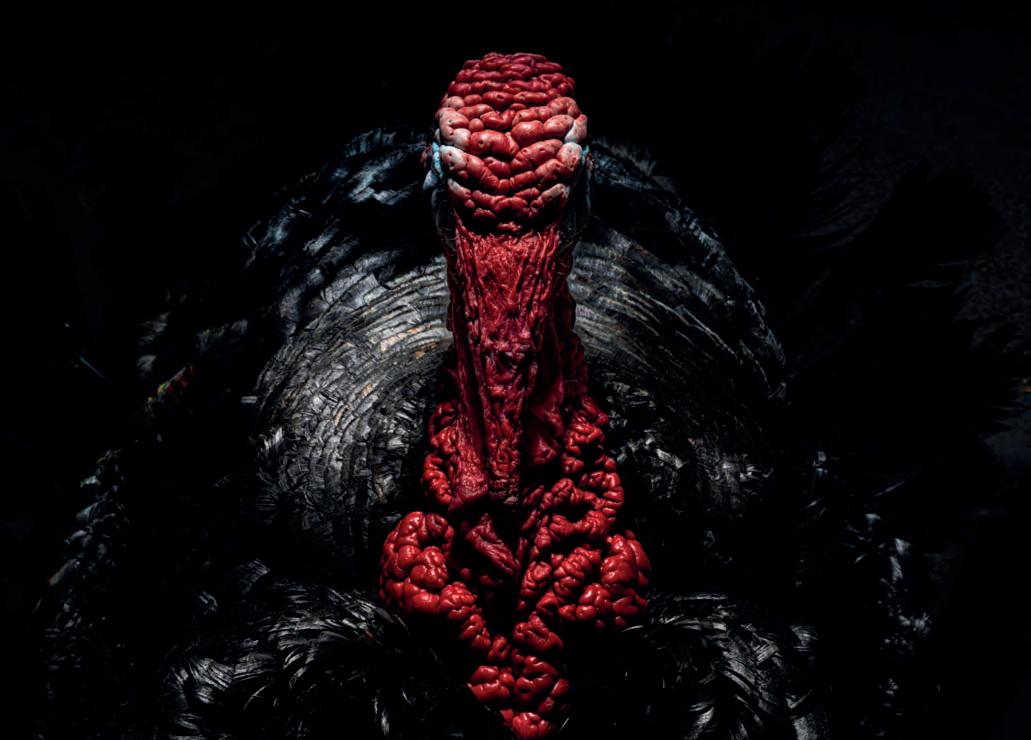
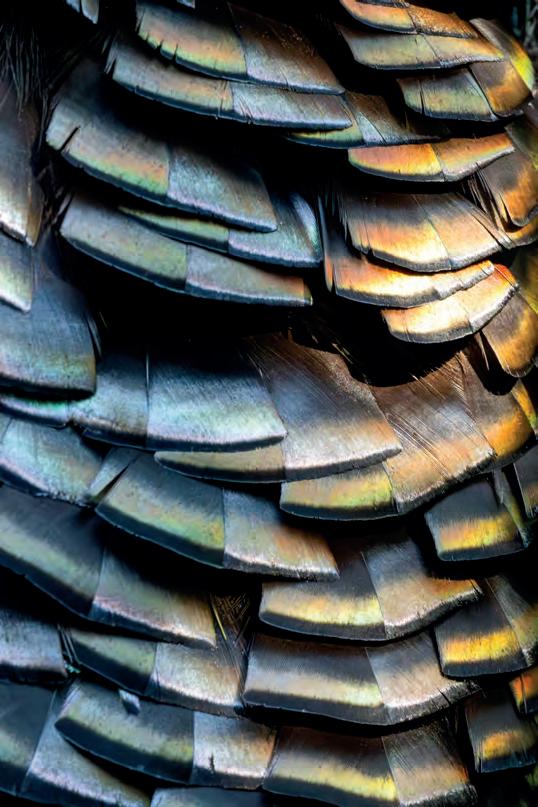
confidence of finding the species that call these places home, there are new concerns for people of Smart’s generation.
“I’m very aware that things are struggling in nature these days,” she says. “We are losing a lot of amazing wildlife and places to go to find it. I know that there’s a chance that some of the images I take these days may be of things that won’t be there in 10 or 20 years’ time, so I feel it’s both important and a privilege to get these photos while I can.
“My goal with my photography is to give photos to the world that help people fall in love with nature and wildlife. When you love something you want to protect it. I hope that I can make a difference this way by giving people something to love and want to help, as well as being something nice to look at and enjoy.”
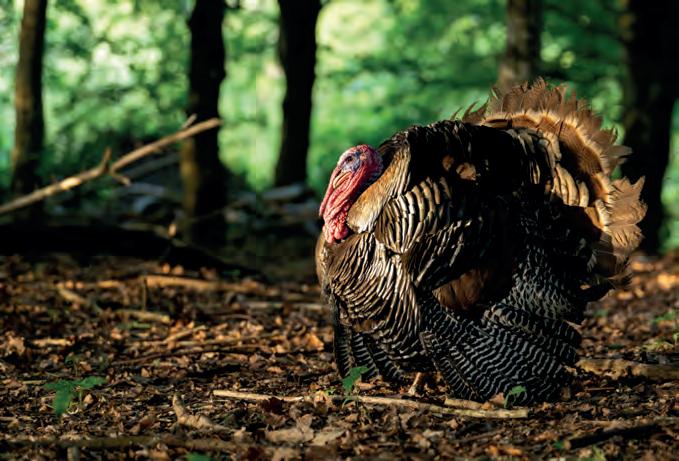
The Ukrainian photojournalist and filmmaker has received the Open Format Award in the 2024 World Press Photo Contest
It all began with a selfie.
On 24 February, 2022, Russia invaded Ukraine in an escalation of the war that started in 2014.
Julia Kochetova, a photojournalist and documentary filmmaker born and based in Ukraine, began charting her experience of the war on Instagram. Day by day the photos were uploaded. They became a diary of conflict.
“The media I worked with, they published my texts and photos, different parts of this diary [through] the first week of the big war; the painful calendar of the war on its first anniversary; the personal experience of what it’s like when Russian rockets fall near your parents’
house; what it’s like to photograph the war in your own country.”
“I just never stopped,” Kochetova adds. “I realised that I wanted to make this story as close to the audience as possible, to make a chat with the war. [I chose to] add sound, add my voice, add music and illustrations, [to] make the war close and immersive.”
The diary – including images of Kochetova, the military, emergency services, members of the public, and other singular moments that capture the sheer scale of war –was awarded the Open Format Award in the 2024 World Press Photo Contest. But it has served more purposes than that.
“This is therapy,” Kochetova explains. “Talking about pain and joy, reflecting on my path through photos and text, through poetry and through something ‘between the lines’ has a therapeutic effect. I know for sure that this diary has saved me many times. It has been a silent friend and listener. A mirror. A room where you can cry and scream. A safe space. Since the war began, the most terrifying thing for me has been photographing the funerals of friends, when there is a portrait carried ahead of the coffin, and that portrait – I also took it. It’s something you can’t prepare for, get used to, forgive or forget.”
More widely, the war has been told through photography – and social
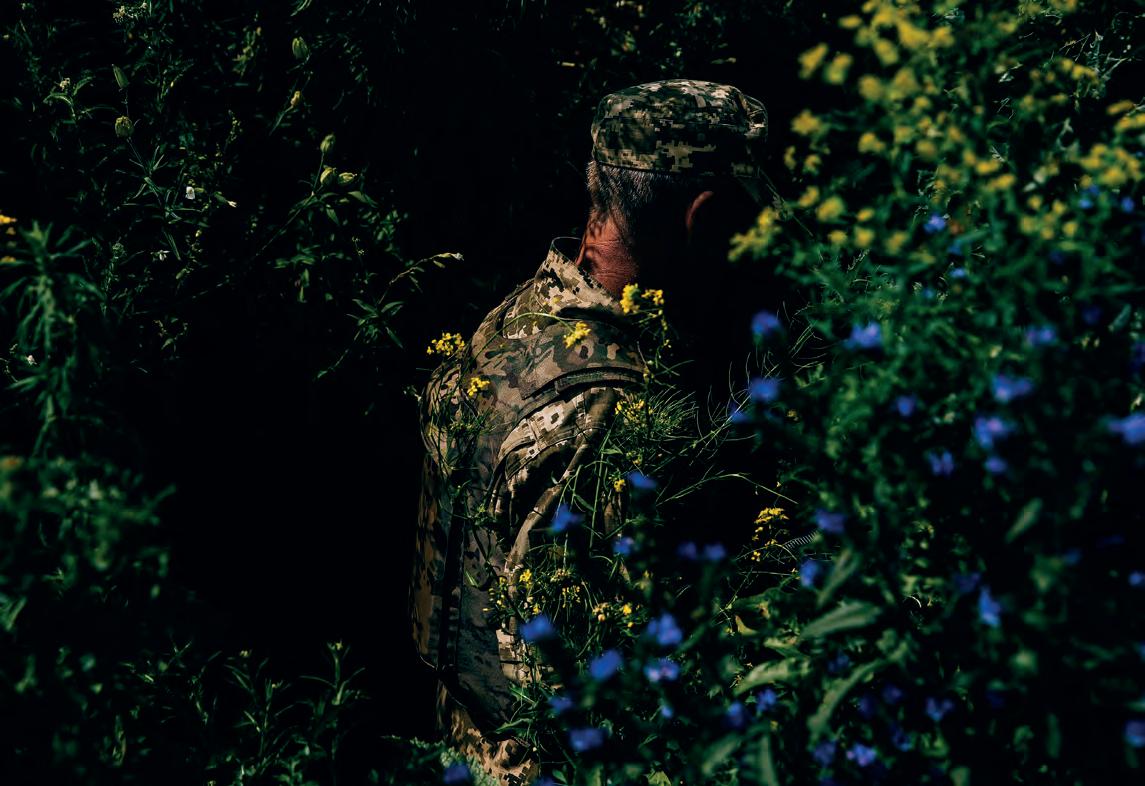
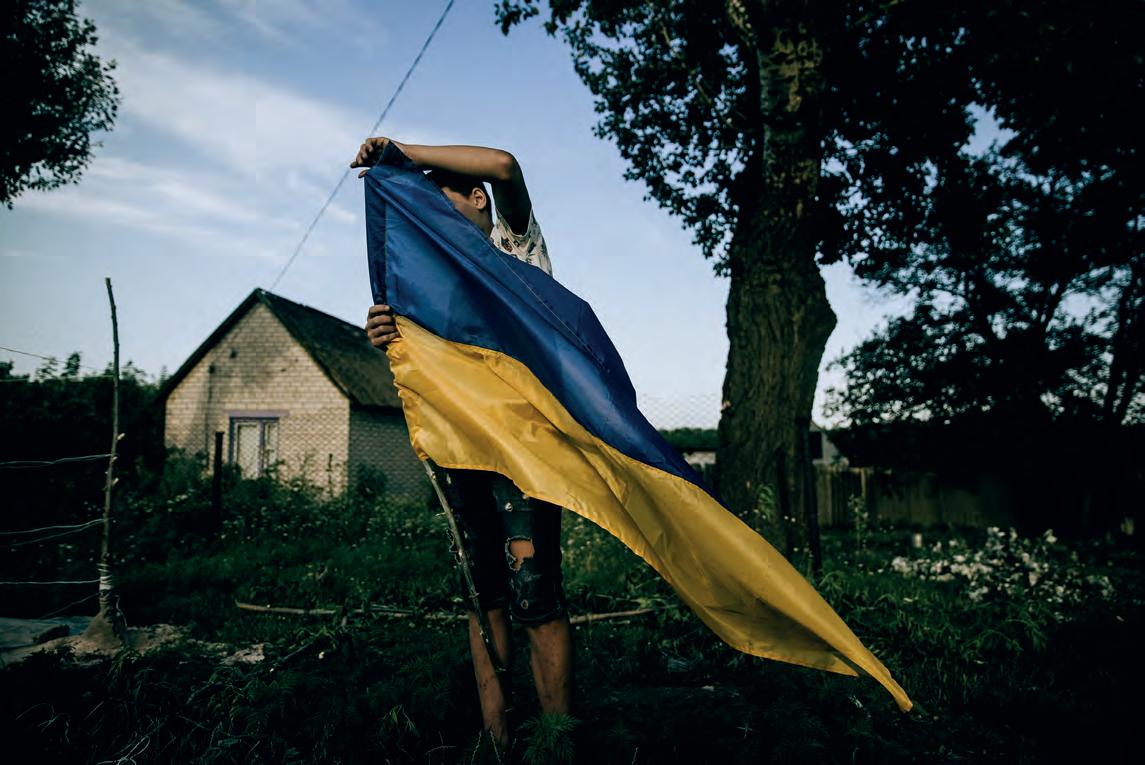

media – in a way that certainly hasn’t been true of any other major war in Europe. “The photographs of the Russian-Ukrainian war certainly capture the world’s attention,” Kochetova says. “Photography is a very fast medium that does not require knowledge of language – it is universal. Human pain and human love are universal. I believe that photography documents, preserves and gives a face to this war. This is extremely important.
“[I’m most proud of the photos] I haven’t done yet. I can’t wait to photograph all Ukrainian prisoners of war coming back home via exchange. The moment when they are coming out of the buses and hearing ‘Glory to Ukraine’ after years in captivity – that’s something I wish to photograph and to be proud of this image one day.”
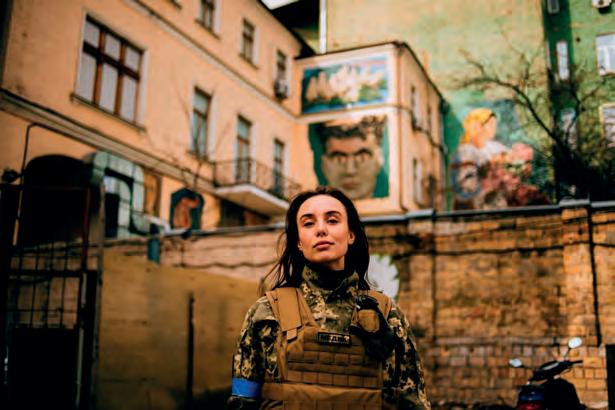
The British photographer is the recipient of the Motorsport UK 2023 MPB Young Photographer of the Year award
Capturing subjects on the move is never easy – but when your subject is cruising past at a 150mph, achieving crystal clear results becomes a challenge in a league of its own.
An early interest in F1 – “the days of Häkkinen and Schumacher, not that I remember much of it now” – that was shared with his father slowly, and inevitably, led Dom Vincent into taking on this tricky, turbo-charged subject.
Six years ago Vincent began casually shooting local car meets. As his interest in these meets dwindled, he found himself drawn into social media groups that focused on motorsports. “From that moment on, I was down at Snetterton [a
motor racing course in Norfolk] every weekend, just practising and learning new techniques ready for a race season to come around.”
Vincent’s love for motorsports is palpable. He compares being at the track, even now, to the excitement that a child feels at Christmas.
“The moment when the engines first fire gives me tingles and then the accompanying smells just fuel the excitement before track action begins. I quite often get lost in the moment listening to the cars as they complete their first laps of the day.”
So, what were the keys to success? “The biggest challenge is you cannot
control anything,” says Vincent. “The cars are driven by humans so you have a shot framed up but there is a chance the driver could make a mistake and run wide, meaning you don’t get that shot you were hoping for. And by the time they come around again, the sun could have gone in or come out, or even rain could have started to fall. To get the desired shots it’s a case of adapting to the conditions as quickly as possible, regardless of what the weather and the drivers can throw at you.
“Luckily, my Nikon D7500 is able to shoot at 8fps which certainly helps in this aspect but it still takes quick decisions by myself to ensure the
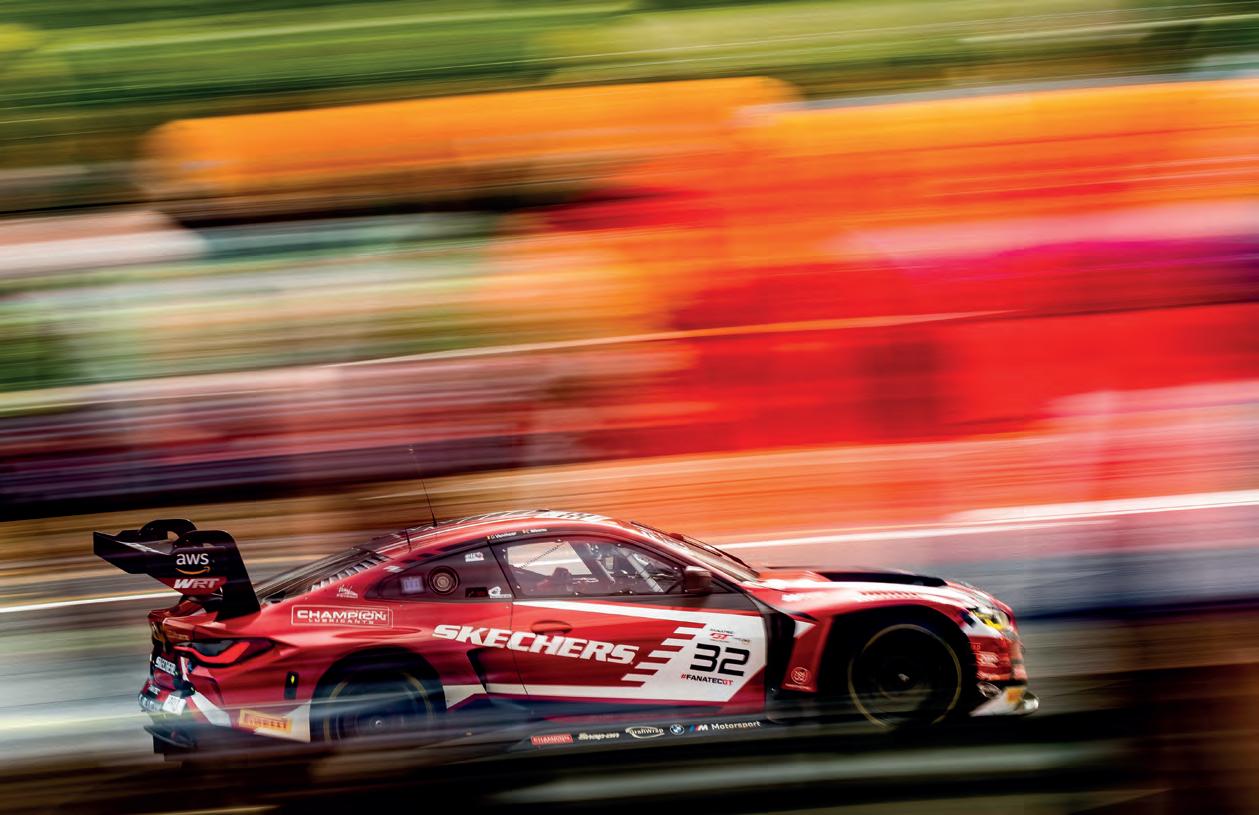

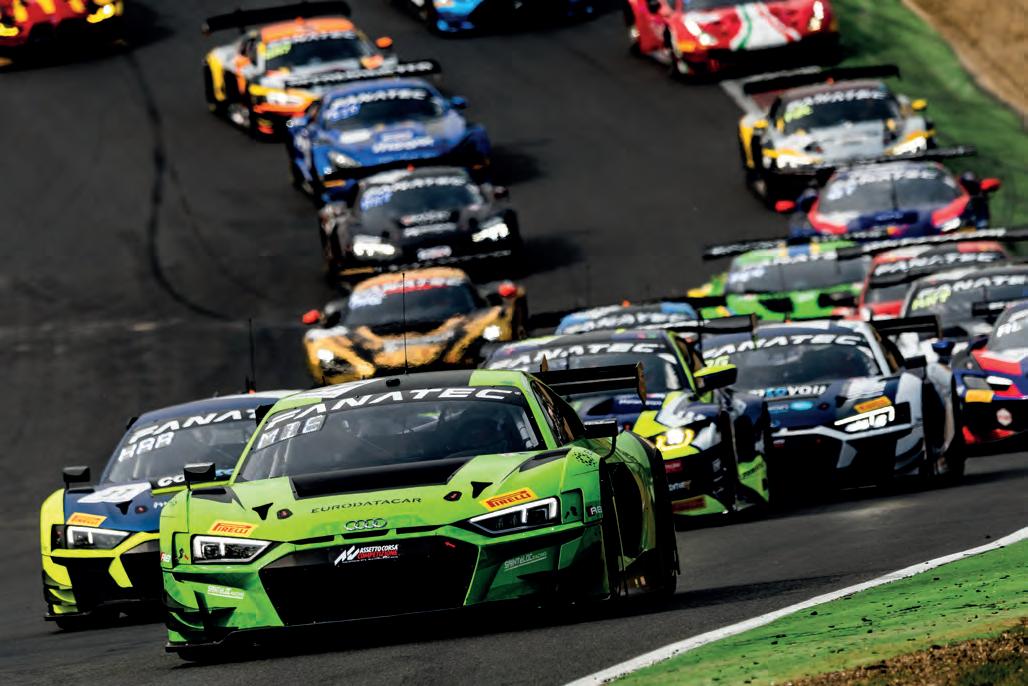
camera is set up correctly lap by lap. But that’s all part of the challenge in this high-paced world.”
Vincent, who was named Motorsport UK 2023 MPB Young Photographer of the Year, says that he can’t afford to slow down the internal drive that powered his early days on the track.
“The biggest lesson I’ve learned so far is never to get complacent,” he explains. “Once complacency sets in, you start to put less effort into your photos and it very quickly shows. Getting out of that and starting to boost your creativity again is extremely difficult.
“I learnt to seek out new opportunities and new shots at every visit to the track, rather than just playing it safe and banking the same shots over and over again. Not only this, but because it’s such a competitive industry, if you don’t perform and start getting complacent, you run the risk of being replaced by an upcoming young talent who has that hunger and determination.”

This ‘global citizen’ was joint runner up in the 21st Young Travel Photographer of the Year awards (15-18 years)
Have you ever dreamed of packing up your things, hopping in a converted van and travelling the world? For Arthur Čech and his family, that dream is a reality. Born in France to a Dutch mum and Czech dad, Čech, his parents and three siblings all live and get around in Tao, their truck.
In their first year of road life, the family have ticked off Morocco, Mauritania, Senegal and Gambia, which for a wildlife-lover like Čech has been nothing less than perfection.
“I’m very aware of how lucky I am to grow up differently,” he says. “I feel best when I’m alone in the middle of the wilderness, with no trace of people or civilisation. That’s when I feel really free.
“I love being able to get up in the morning, take my camera and backpack, and just go out into the wilderness for an early morning outing.
When I come back, we do some school and other stuff together, and for the evening golden hour I can go out again, if I feel like it, alone or with my little sister who’s also fond of photography. And when it gets dark, I get up into my one cubic meter room (yes, it’s very small inside), and I can watch some tutorials, create my videos or develop my pictures.”
Even a dream life can come with vivid nightmares, however.
“Often, I wake up at night, too worried for the future to be able to sleep,” Čech says. “As I can’t change reality I need to find some other solution to cope with what I see, day after day –plastic in nature, burned grasslands, wetlands turning into deserts, animal being killed ... I need to feel useful to be able to stay positive – because I also get to see how beautiful the world is.
“A newborn endangered giant eland [a species of antelope], or a python being released from a net, a small chimp climbing up his mother’s chest … If everybody could just marvel as I do, witnessing these magical moments thanks to my pictures, nobody would be able to hurt nature anymore.”
Čech also describes the challenges of trying to become a professional wildlife photographer.
“It’s hard to gain your living that way,” he says, “but if I start early, my chances are better. And as I’m still a kid, my voice is more likely to be heard.”
The photographer, who was a joint runner-up in the 15-18 category of the Travel Photography of the Year awards, says he is committed to the cause of tackling the climate crisis – his fears of a changed planet underpin all his work. He adds, “If a child get up at night
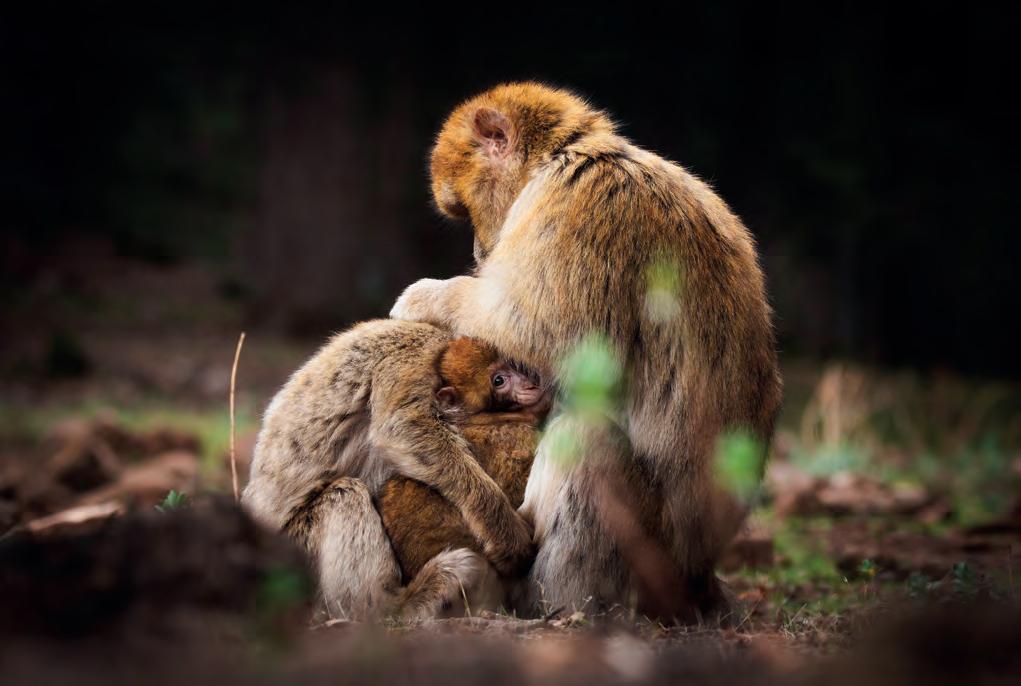
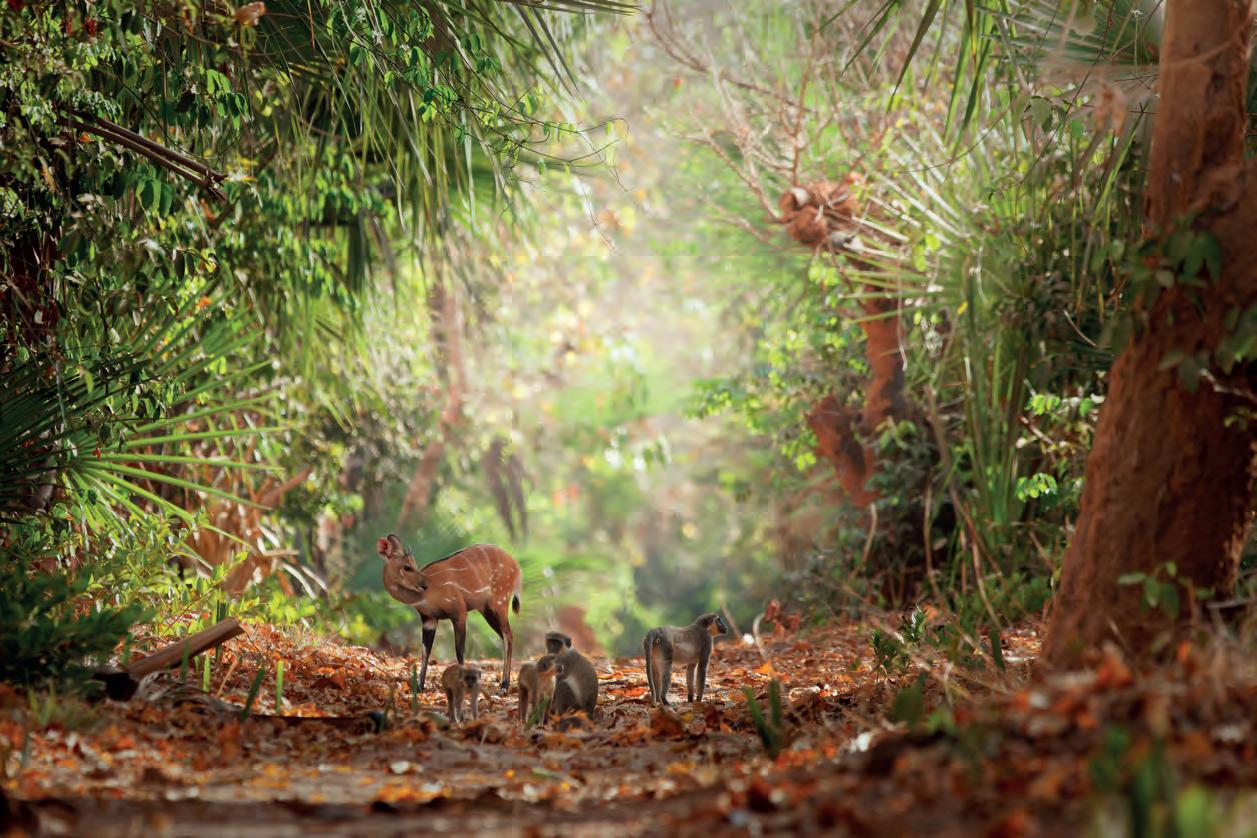
worrying about what adults are supposed to handle (but don’t), adults are touched. If I tell them that I will live with the problem that they are creating, they feel guilty. I don’t want to harm anybody, but the planet will not survive if we don’t start now.
“If I want people to change, I cannot only make them feel bad. People can sometimes be driven by fear and guilt, but if I want lasting changes, I need people to love nature as much as I do. To love nature, they could start by sharing the emotions I put through my pictures.
“But that’s not enough, because we have little time left to start acting in a radically different way. I also need to show what’s happening right here, right now, that climate change is not just a theory, but my day-to-day reality. And not only mine. I meet many people and I like telling their stories, about how their lives have changed along with their climate, and often, not even by their own doing.”
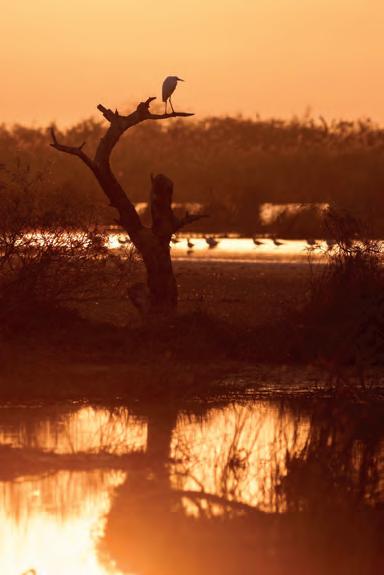
This South Africa-based food-lover has been named Pink Lady® Student Food Photographer of the Year in a category supported by the RPS
There can often be a temptation in photography to go for the most vivid, the most colourful, the most eyecatching. If you are asked to imagine typical examples of food photography, you might conjure an image of juicy red apples or rich golden syrup dripping down a stack of perfectly cooked fluffy pancakes.
Concept-driven student Elbe Vorster, however, has found the most success with their stark, often monochromatic work. Their submissions to the Pink Lady® Food Photographer of the Year, which earned them first, third and highly commended prizes, are masterclasses in the minimal.
“I have a running list of photoshoot concepts in my phone notes that I update every time I think of a new one,” explains Vorster, named Pink Lady® Student Food Photographer of the Year in a category supported by the RPS.
“Usually for visual research I reference multiple different sources from paintings, photographs or stills from films or series. I am inspired by a variety of different artists and love to look at local artists in South Africa, as well as in the rest of Africa, who are working with a wide variety of different mediums that help to diversify my inspiration.
“Images with simpler colour palettes have always been very striking to me
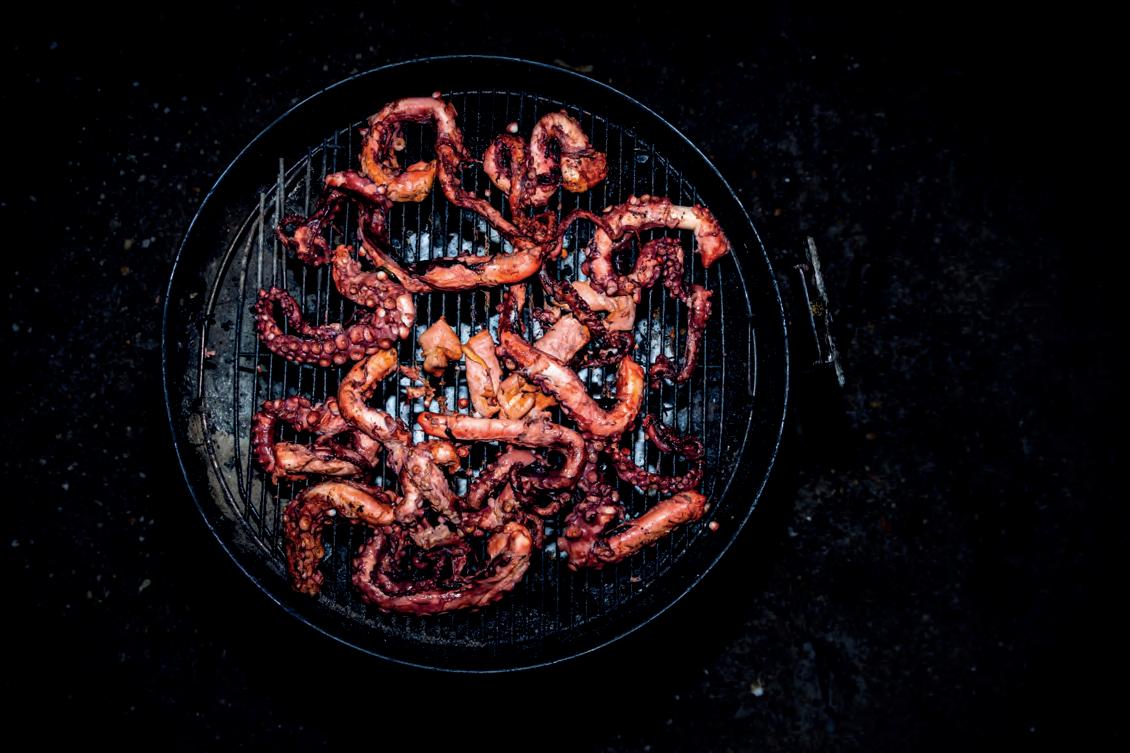
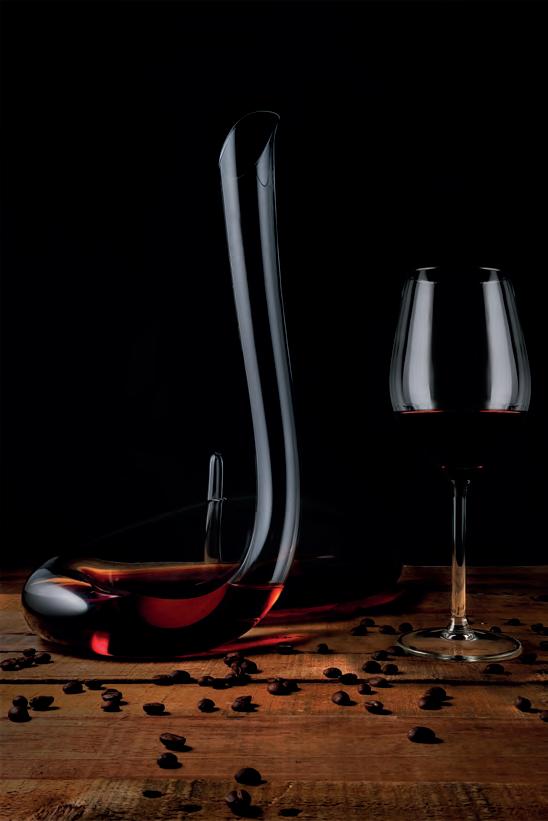
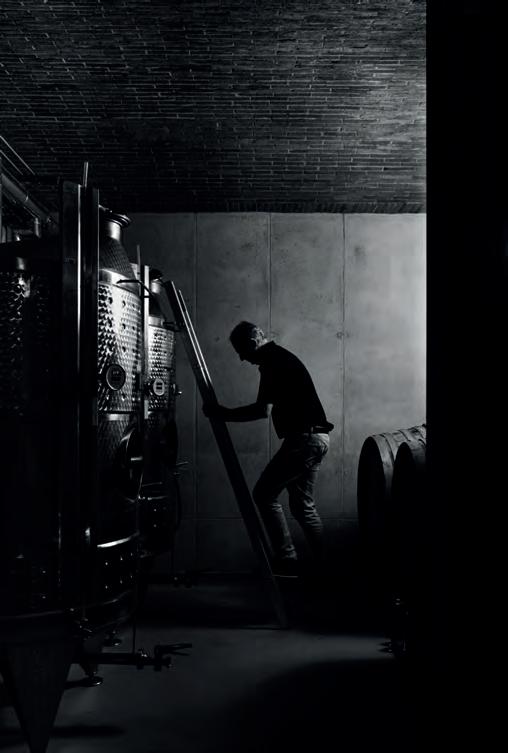
and I find myself being drawn to taking that approach. While I do enjoy bright, vibrant colours occasionally, in my own work I generally prefer the photos with limited colour palettes, such as monochromatics and certain complementary colour schemes. I am drawn to orange and green or blue and yellow colour combinations, although I’ve noticed that recently I have been photographing images with warm colour schemes such as reds and oranges.”
A student in their final year of a BA in Visual Communication Design, majoring in Photography, Vorster has fallen in
love with the medium, having started to take it seriously a few years ago. They speak passionately about their kit – “I absolutely love my Fujifilm X-T4”, “My Godox AD200 light is a powerhouse” – and about trying out new techniques.
“I only recently had the opportunity to develop film myself and make prints in a darkroom,” says Vorster. “I was so excited when pulling the film out of the developing tank and seeing that the photos did indeed come out. And the feeling of seeing a print develop before your eyes is so gratifying. I truly loved being able to take part in this longer
mechanical process of what happens inside of a digital camera so quickly.”
So, what next? “I would like to develop my personal style and establish myself within the photography community. I have had the opportunity to shadow a food photographer and I would like to expand my knowledge by shadowing or interning for other photographers with different specialites. I really enjoy fashion and editorial photography along with food photography and would love to explore these genres more. I also want to do more experimental work and learn more alternative printmaking techniques.”
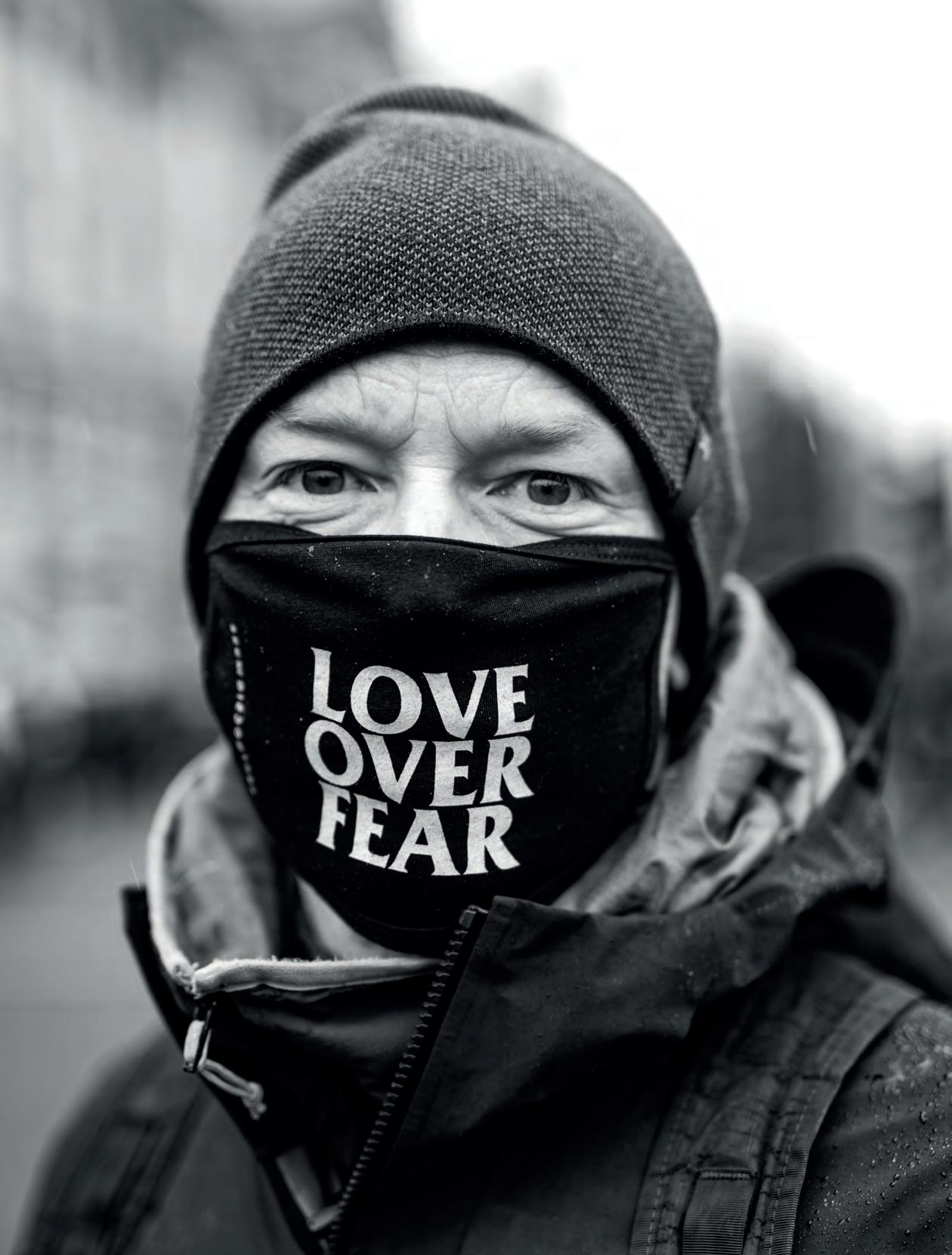
Since first picking up a camera six years ago he has become one of the world’s most shared photographers. Activist and Oscar-nominee Misan Harriman discusses his favourite pictures
WORDS: TEDDY JAMIESON IMAGES: MISAN HARRIMAN
There is a story that everyone tells about the photographer Misan Harriman that has always seemed a little too good to be true. Until his wife Camilla gave him a camera on his 40th birthday, it is said, he’d never really taken any pictures before.
Can that really be the case? Harriman, sitting in his home in Surrey, smiles and says that, yes, the legend is very much true. “I had disposable cameras and I guess we all have cameras on our phones. But I never had a camera system and I didn’t even know how to take a picture on a camera system.
“I didn’t understand what photography was beyond point and shoot. Yeah, that really was the beginning of the journey.”
Which makes the story all the more remarkable. In 2020, Harriman went out onto the streets to take photographs of the Black Lives Matter protests in London in the wake of the death of George Floyd on 25 May. That September, Harriman became the first Black male photographer to shoot a cover for British Vogue. In the space of a few months his life changed.
Since then, Harriman, now 46, has photographed the great and the good. Actors, artists, activists – all have been captured by his lens. And it was Harriman
‘Marcus Rashford and Adwoa Aboah, September 2020’ by
Misan Harriman“There was a kind of a nervous sense of purpose within all of us. This was at the height of lockdown. The world seemed upside down, but we knew we had the chance to do something positive. The weather wasn’t great, but the light was soft. My style of photography is to observe people rather than direct them. Once they were styled I just wanted them to have a conversation and get to know each other. In between all of that we found compositions that were just so powerful, that came from both Adwoa and Marcus, and spoke truth to power. My lens was there to hold some of that with some kind of grace and allow people to recognise these two wonderful humans.”
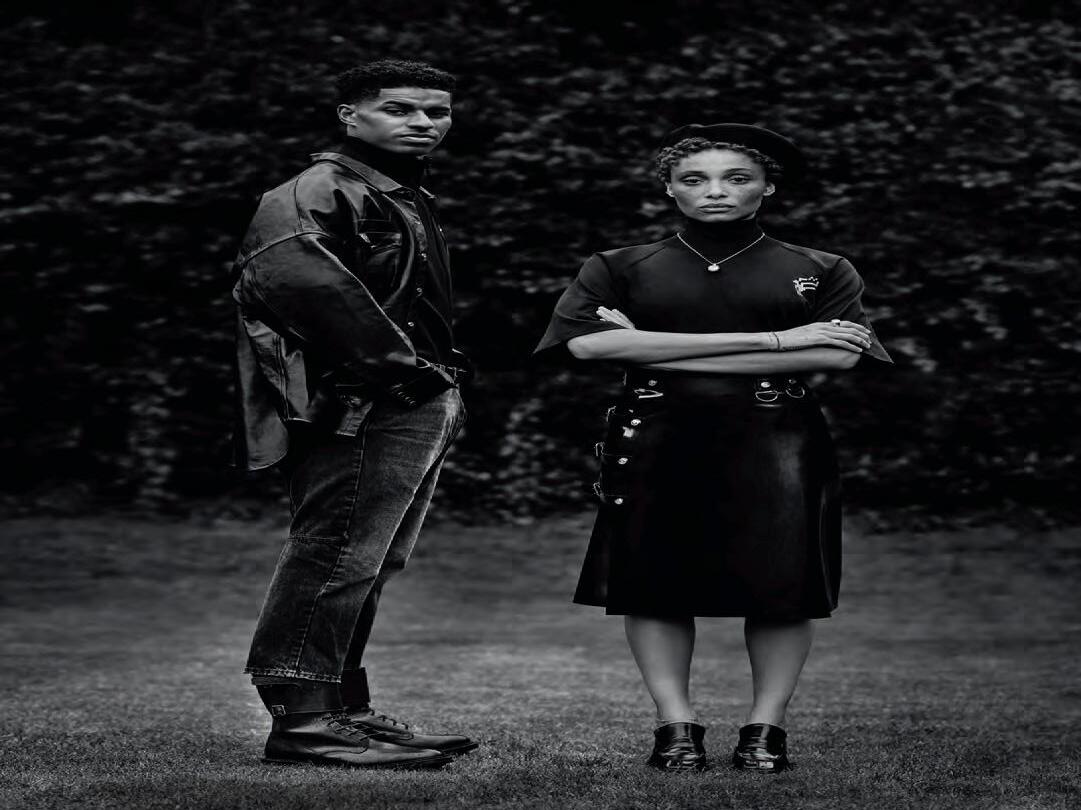
“My Vogue cover was 2020. My Black Lives Matter images were 2020. That’s when the world saw me. I’d been taking photographs of my children before that”
who took the photograph of the Duke and Duchess of Sussex, Harry and Meghan, which accompanied their second pregnancy announcement in 2021 and the subsequent first official photograph of their daughter Lilibet in 2022.
In other words, Harriman has gone from working in the City to being one of the key photographers of the contemporary moment in the space of just six years. Actually, he says, almost 99% of what people know of his work are images taken since 2020. Just four years ago.
“My Vogue cover was 2020,” he points out. “My anti-racist Black Lives Matter images were 2020. That’s when the world saw me.
“I’d been taking photographs of my children before that. I recognise I have not been on a normal journey these last three or four years.”
That is something of an understatement.
This is a very 21st-century story. A story of political upheaval and instantaneous connections. In June 2020, when Covid was still a real and present danger, Harriman photographed 18-year-old protester Darcy Bourne holding a banner bearing the legend: “Why is ending racism a debate?”
The image quickly went viral, shared by various public figures including Martin Luther King III.
On seeing it Edward Enninful, the then editor of British Vogue, described Harriman as “the voice that was missing” and commissioned him to shoot the September cover for Vogue that year, featuring the footballer Marcus Rashford and the model and mental health campaigner Adwoa Aboah.
In the space of a few months Harriman himself, you might say, had gone viral. Besides his impressive profile as a photographer, Harriman is chair of trustees at Britain’s largest arts centre, the Southbank Centre, and an ambassador for the charity Save the Children. More than anyone, he recognises the unlikelihood of this trajectory.
“I never woke up on 1 January 2020 saying, ‘I’m going to become this world famous photographer that’s potentially going to make history within the next six months.’ Of course not, mate,” he tells me. “I was just a dude who was trying to figure out life as best I can when there was this contagion
Previous spread
‘Love over fear, London, June 2020’ by Misan Harriman
“I think there is always hope in my images. I think that’s why people respond in the way that they do. That image … I was really broken. There was a sense of vulnerability in his eyes and a sense of kindness. He is a white man on the streets fighting for the rights of people who look like me. If you want to know what makes this country great it’s when the average man or woman steps outside of themselves in order to carve a better world for our children to inherit.”
Below
‘Girl in field, Beaverbrook, 2019’ by Misan Harriman “That’s a friend’s daughter in the high grass in Lord Beaverbrook’s estate in Leatherhead. It speaks to summer and youth and the fleeting nature of both of those two wonderful things. It’s one of my favourite images because it captures so much of what is good in the world. Completely unplanned. My friend’s daughter went off on a wander.”
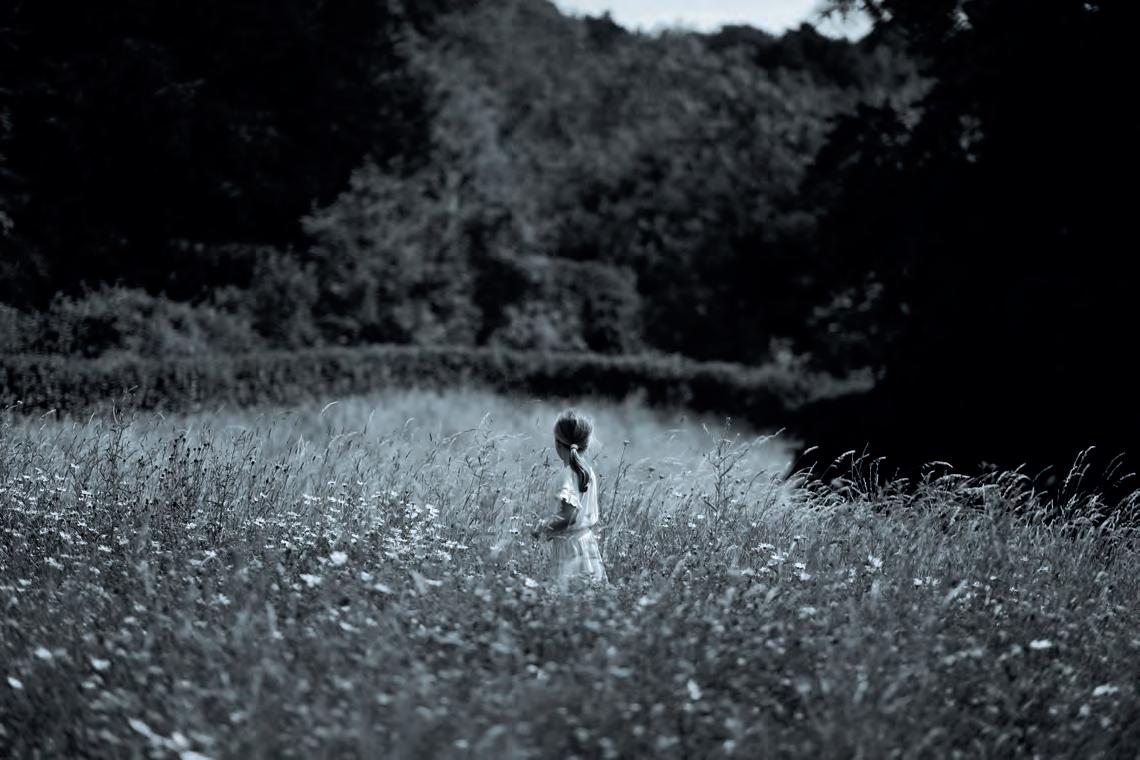
Opposite page
‘The revolution has already started, London, 2022’ by Misan Harriman
“That was at the Iranian protest right after Mahsa Amini had been killed [in Iran].
That was outside the Iranian embassy in London. I remember seeing this mixed-race young Black woman out there because she cares about the rights of women regardless of where they come from. And I love this new generation of people who have so much empathy and purpose. Signs say so much in my images. I could do an exhibition just on the signs.”
“A lot of our extended family were worried about me going, but I was like, ‘No, I need to use my lens to bear witness to what may or may not happen’”
arriving into the world and worrying about my family and my kids and sad at the lack of love in the world after the death of George Floyd.”
In fact, he wasn’t sure about even going on the march that day that he took Bourne’s picture. “I have high blood pressure. I was worried about getting Covid. My wife said, ‘If you believe you have to be there, just be careful. Shoot telephoto lenses, keep as far away from people as you can and do your thing.’
“A lot of our extended family were worried about me going, but I was like, ‘No, I need to use my lens to bear witness to what may or may not happen.’ Because at that point I didn’t know whether three people would turn up or 5,000. And the rest as they say is history.”
Harriman’s own history begins in Nigeria. The son of a businessman and politician, he was sent to England as a child to attend Stubbington House School. “It was a pretty draconian place. I’ve always described it as like Harry Potter but without the magic. We still had the cane, showers twice a week, shorts in winter term.”
He went on to attend Bradfield College and subsequently forged a career in finance. Where, you might ask, was the photographer in all of this? He was in there, just waiting to be found, it seems.
“I think photography for me was deeply married to my love of film. And I became interested in cinematographers and cinematography from a really young age. I didn’t really understand what I was looking at, but I felt its magic. One of my favourite films was Stanley Kubrick’s Barry Lyndon (1975). It’s a living painting of a film.”
It was when he came across a photograph of Coretta Scott King, the widow of Martin Luther King, sitting in a pew with her daughter Bernice, taken at her husband’s funeral by the Black photographer Moneta Sleet Jr, that the importance of photography really came into focus for him. In a way, Harriman explains, that photograph helped him see himself.
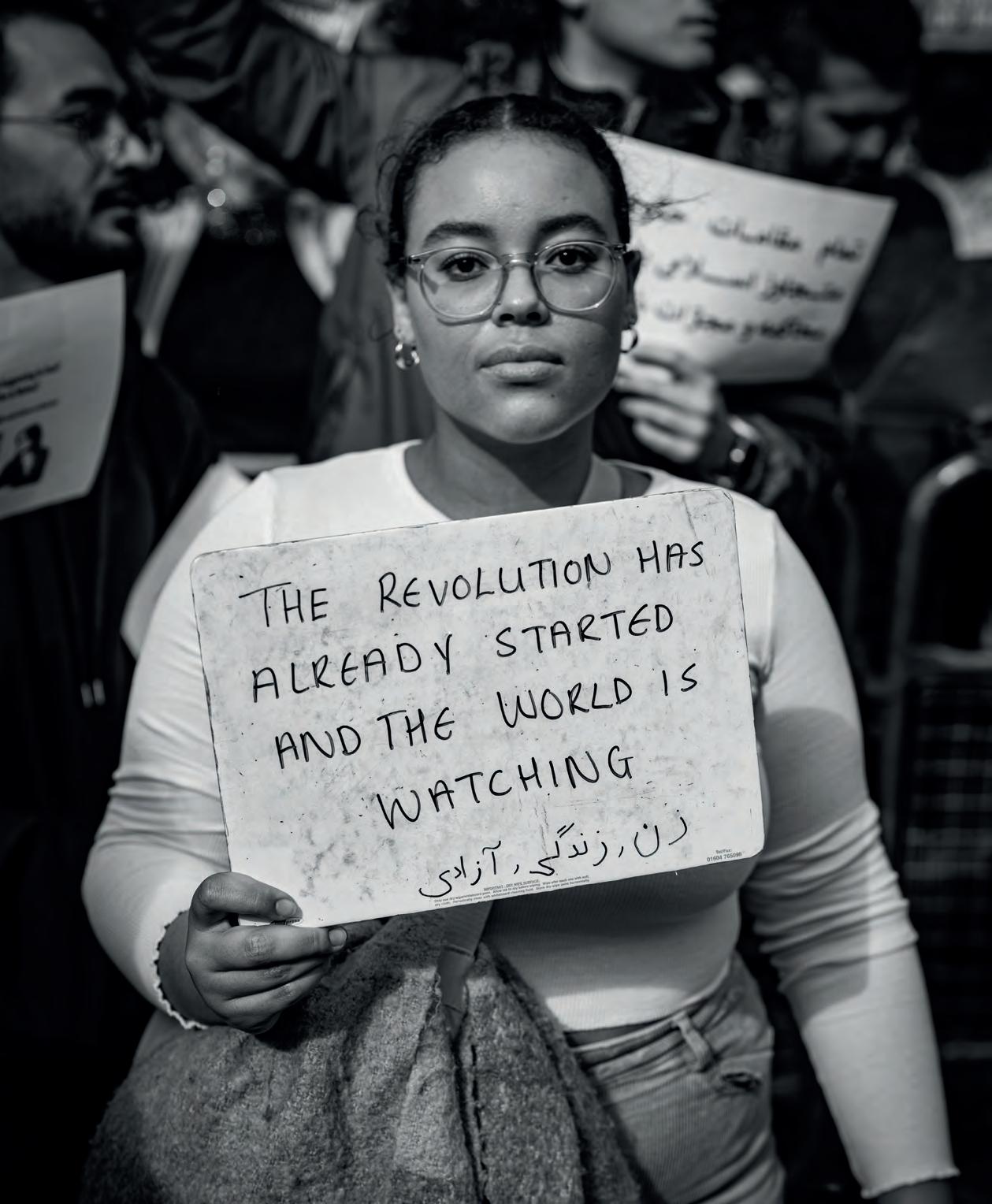
‘Phoebe Waller-Bridge, Cannes, 2023’ by Misan Harriman
“I was shooting Mr Bob Iger, CEO of Disney, and the Indiana Jones crew, so Harrison [Ford], Phoebe and her partner Martin McDonagh. Phoebe just looked like a 1930s film icon. We were at the Cannes Film Festival in one of these fancy hotels that have this incredible marble hallway next to a courtyard. There’s a lovely bounce of bright light coming into the courtyard. I don’t use flash. I love really good, available, well-diffused light. I don’t even use reflectors. That shot is just me on a really beautiful lens with Phoebe being comfortable and holding court.”
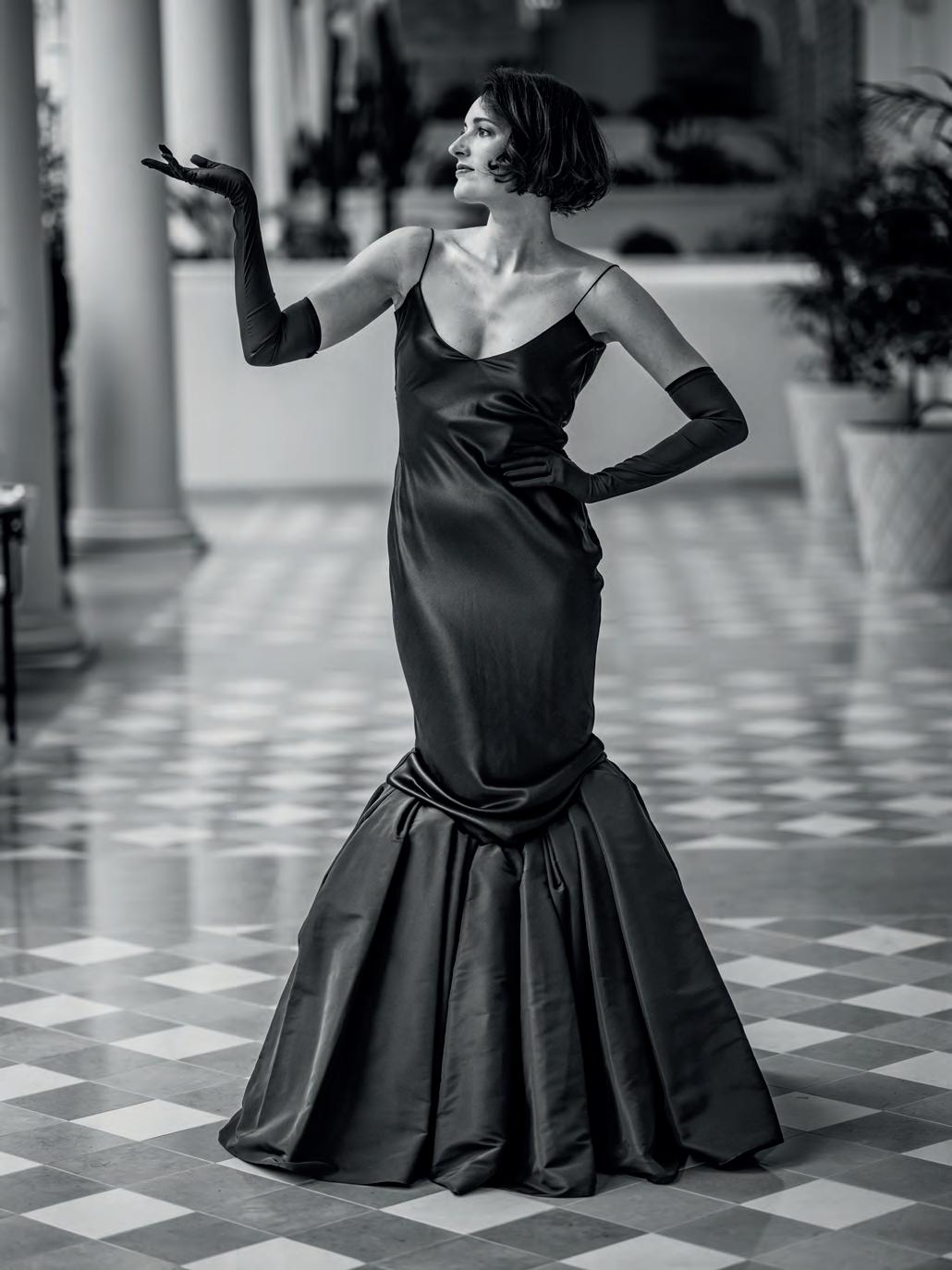
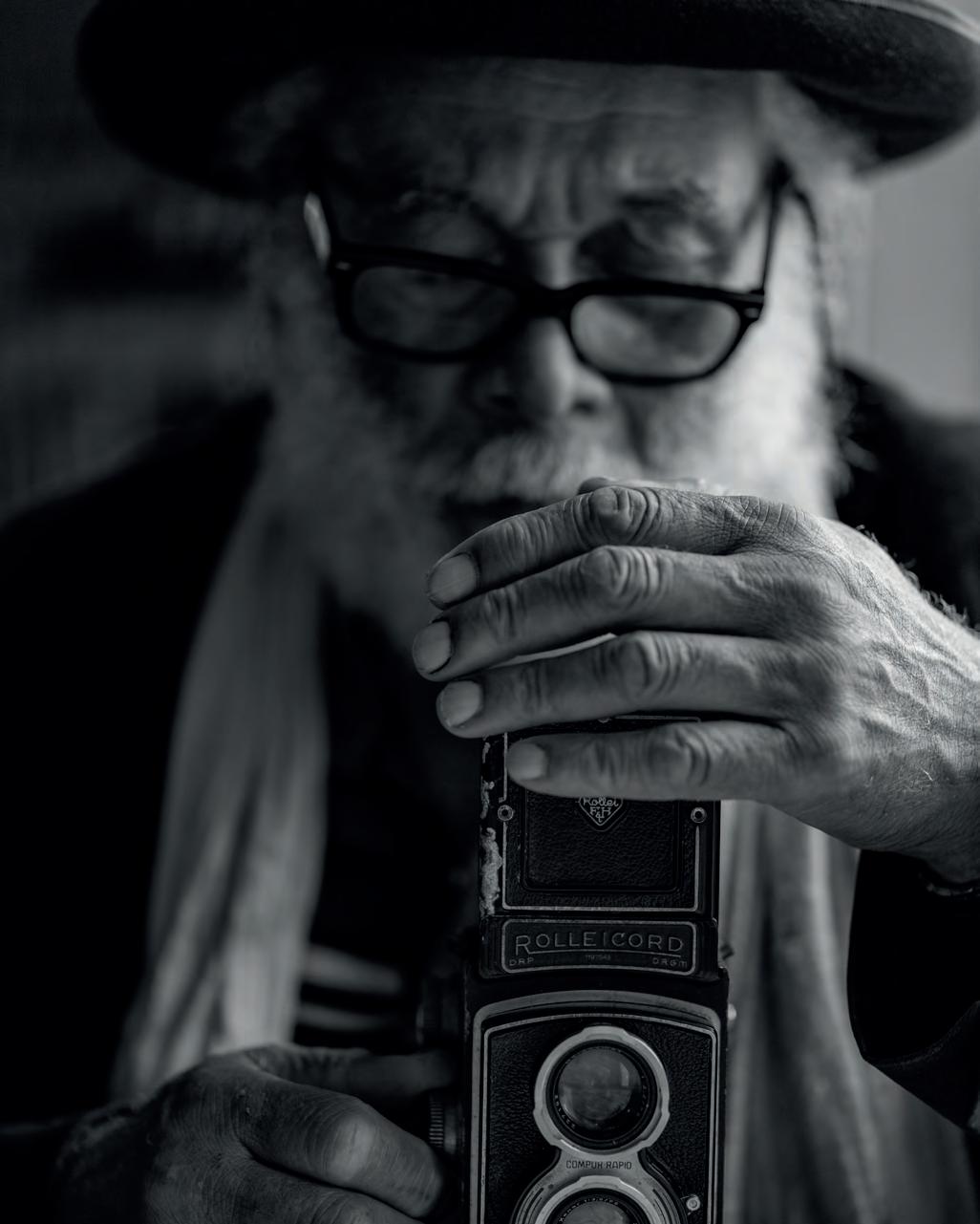
‘Charlie Phillips, London, 2021’ by Misan Harriman
“I’m not the guy that pretends I’m the first to do anything. I’m actually quite ashamed that I was the first Black man to take any picture – forget about the cover – any picture for British Vogue. It’s pretty embarrassing if you think of how many men who look like me have held a camera. So for me to recognise the icons whose shoulders I stand on in their lifetime is huge for me. Charlie Phillips sent me a very powerful message in the beginning of my journey saying how much I reminded him of him. Charlie wasn’t given the opportunities the David Baileys and all the iconic photographers of the 1960s and 1970s were. Those doors were not open to him. His observation of Notting Hill and London in general I believe is priceless and he’s one of the great British photographers.”
‘Michaela Coel, London, November 2022’ by Misan Harriman
“There were a lot of people on that red carpet, but we know each other. I had been shooting Michaela in the hotel suite before. And she served. She’s such a stunning human being inside and out. And my lens was just there to receive what she was giving me. So many people ask me, ‘How on Earth did you get that on the red carpet?’ Obviously, the subject has to give you the time and we had probably 20 seconds. But it’s what they give you when you are about to press the shutter. And she gave me a lot.”
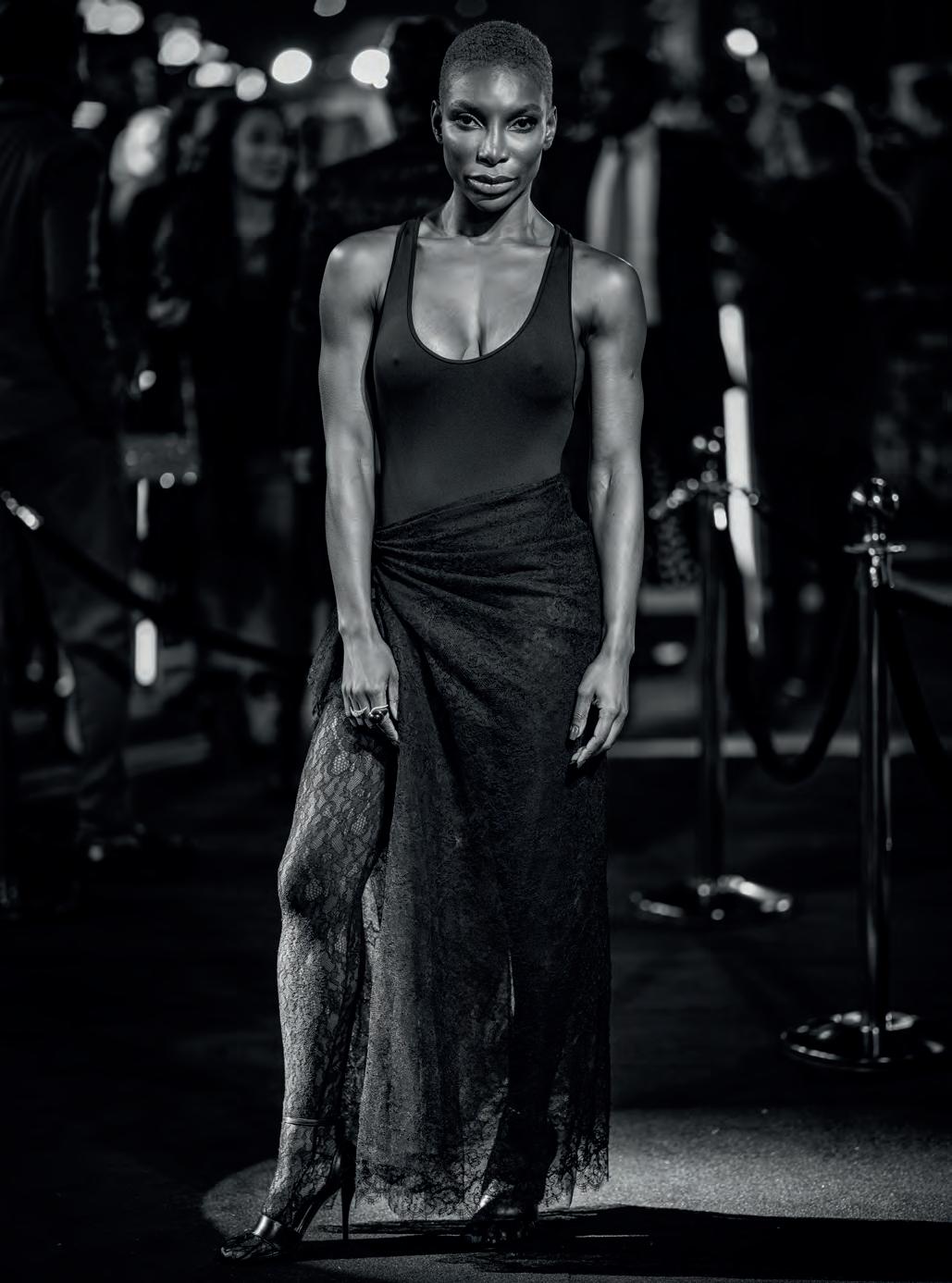
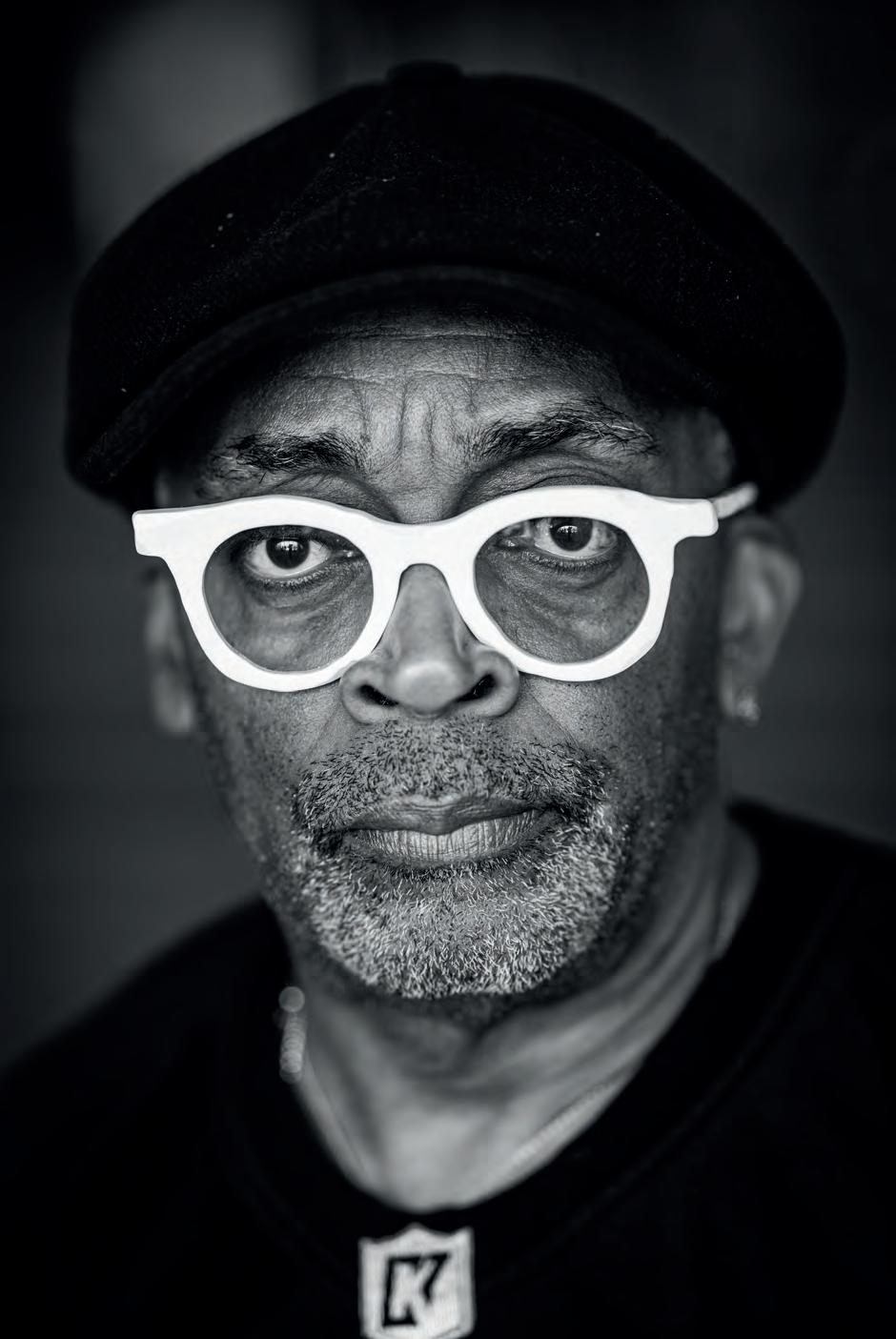
‘Spike Lee, London, 2023’ by Misan Harriman
“So many of his films – from Do the Right Thing (1989) to Malcolm X (1992) – had a profound effect on my life at a very important age. Spike is more than a hero to me. I hope I captured him in a way that feels representative of the giant of cinema he is. I’ve shot so many famous people. I see them as human beings quite quickly. One or two occasions, I do freak out. But Spike, he’s so Brooklyn. He keeps it very real. There are no airs and graces. He doesn’t separate you from him. And that makes things get very comfortable very quickly. I have very specific idols. If I was to get the opportunity to shoot [the film composer] John Williams I would probably collapse because I worship the man.”
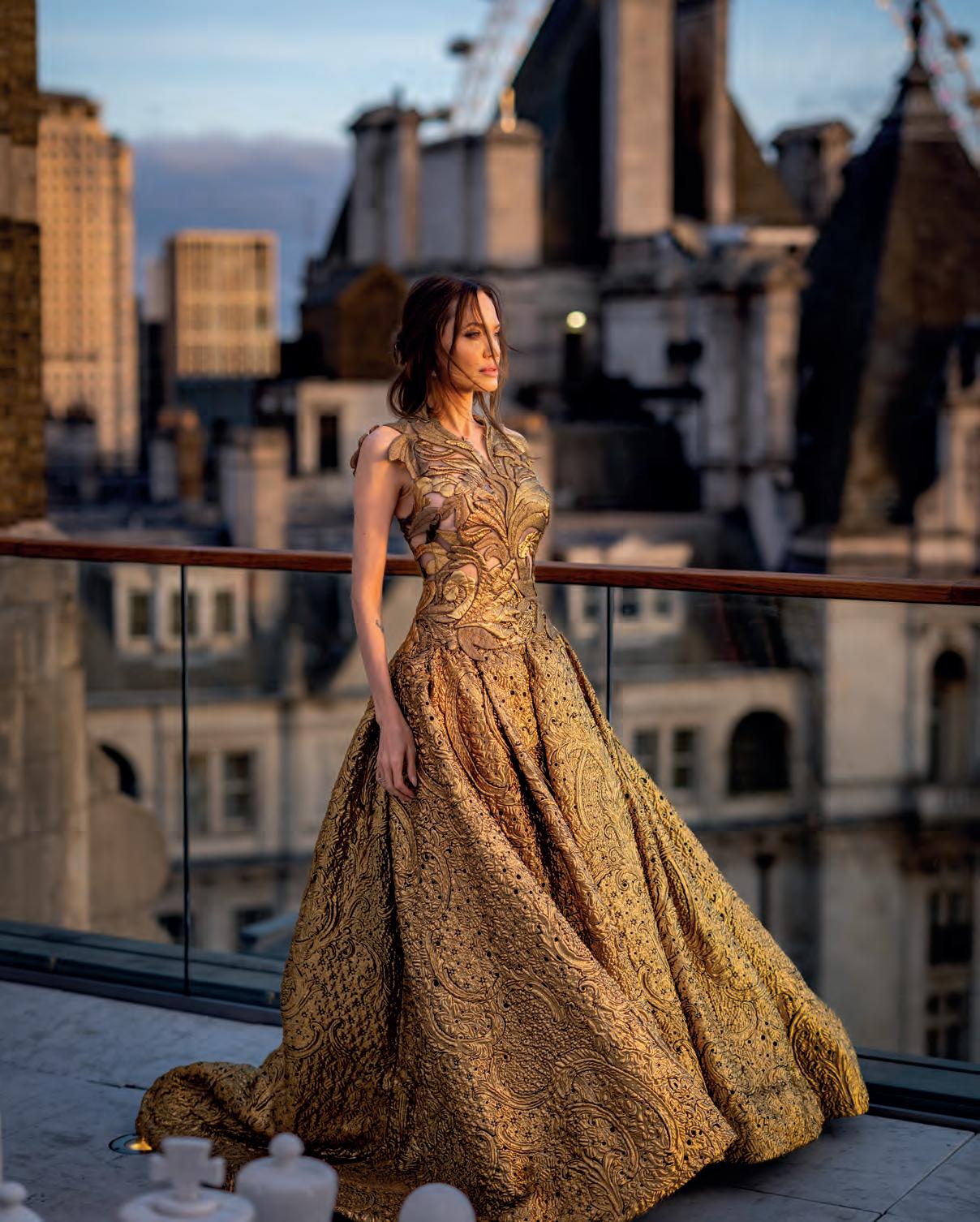
And more than that. It brought home to him the jeopardy of his own existence, he says. “I was in a pool of privilege in Berkshire in boarding school and I was seeing these images of people who looked like me that weren’t having a particularly good time. And this was certainly not what I was being taught by my history teachers. It put me on a journey of why? Why is this happening?”
It doesn’t escape him that it was the involvement of the son of Martin Luther King and Coretta Scott King that helped make his name as a photographer. “The son of the same mother that I saw as a boy, published me to the world without realising it. He didn’t even know who I was.”
What marks out a Misan Harriman photograph?
The photographer, who tends to use Leicas or Fujifilm medium-format cameras, certainly has a preference for black-and-white.
“I love colour photography,” he says, “but there’s something between the shadows and the highlights in monochrome that is the very essence of our truth.”
Beyond that it’s the directness and candour of his eye that catches ours. In his photographs we look at activists looking back at us. ‘We are you?’ his images seem to ask. By contrast, his portraits of celebrities, often captured on the red carpet, have a playful lightness to them. Or maybe a sense of freedom.
That’s on show in his photograph of a barefooted Prince Harry and Meghan (an image he had to take virtually on an iPad because of the Covid lockdown).
Earlier this year he was accused of doctoring that image. The controversy, which was reported in the Daily Mail and other British newspapers, came after The Princess of Wales apologised for confusion over edits to a family photograph released to the media on Mother’s Day.
When Harriman found his own image questioned he rebutted the charges forcefully, releasing the original colour shot as well as the metadata from the image file to prove that he had not altered the image in any way.
When I bring the incident up, he speaks with a slightly weary sense of exasperation.
“It’s an embarrassment really,” he says of the British newspapers who attacked him. “They felt comfortable printing a lie. It’s sad that they never retracted the statement or apologised. It’s sad that I had to publish raw images. And it’s sad that that came only from the British press and not America or anywhere else.”
The furore had much more to do with what he calls “the attention economics” surrounding Meghan and Harry, and, he adds, not “really caring about the truth being in the room. It’s tragic that photographers are now having to prove themselves to people only interested in palace intrigue rather than celebrating a special moment.”
There’s no anger in his voice. I’m not sure there is anger in his photographs either, even when there is much to be angry about. “I don’t shy away from rage,” he says at one point. And yet to look at Harriman’s images of activists is to see more than just their hurt. It’s to see their hope too.
“That’s the thing about photography. Your eye is your eye and what you point the lens at reflects how you want to observe the human condition.”
What do Harriman’s photographs say about him then? He hopes they show a sense of empathy.
“And a duty of care to people already hurting and trying to carve out a better planet for all of us.”
That’s a story that deserves to be told. More than once.
misanharriman.com
“I love colour photography, but there’s something between the shadows and the highlights in monochrome that is the very essence of our truth”
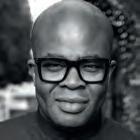
A photographer, social activist and Oscarnominated filmmaker, Misan Harriman was the first Black person in the 104-year history of British Vogue to shoot its front cover. One of the most widely-shared visual storytellers of his time, Harriman is also chair of trustees at the Southbank Centre, London.
Opposite page
‘Angelina Jolie, London, 2021’ by Misan Harriman
“Angie, as she likes to be called, is someone I deeply respect, for her activism more than her acting. She was in Valentino couture. You could barely walk in what she was wearing. There were people outside screaming. This is a real movie star. It was actually a pretty grey day and, I’m not joking, as she appeared on the roof the clouds opened to this golden glow. I was like, ‘You’ve got to be kidding me.’ It’s one of those pictures I’ll cherish. It’s not every day you get to shoot Angelina Jolie on a golden sunset with the London Eye in the background wearing golden couture, in her element enjoying her time, giving me so much. It’s in those moments you realise, ‘This ain’t normal work you’re doing, Misan.’”
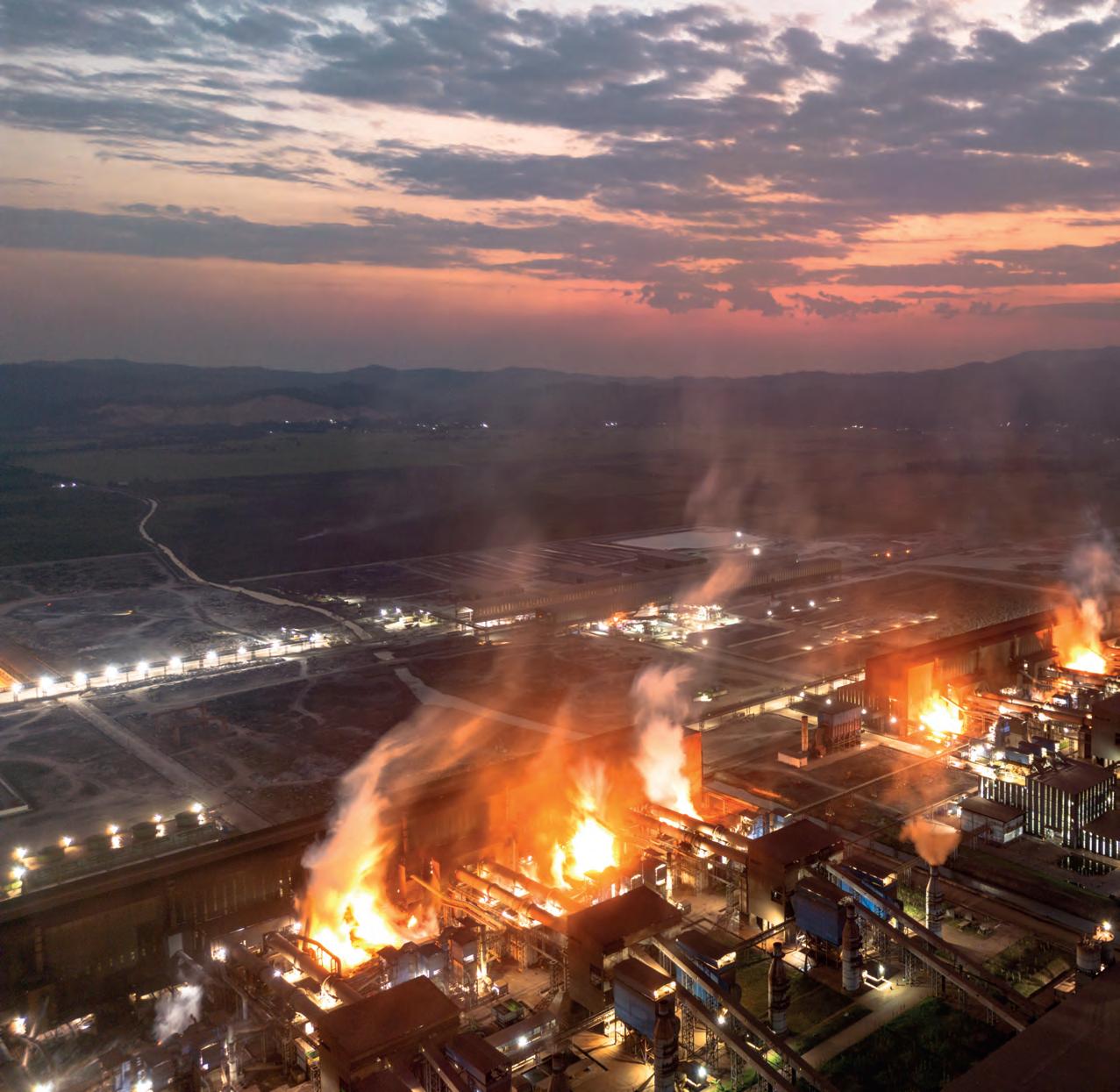
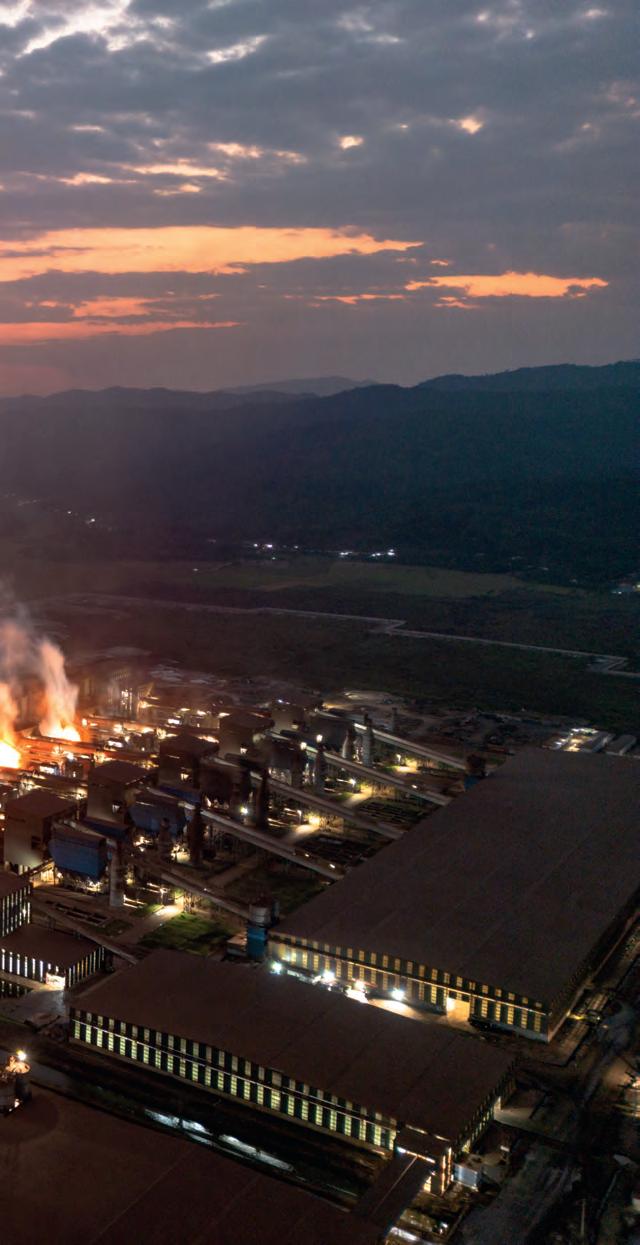
Indonesia is benefitting economically as the world’s largest nickel producer. Photojournalist Garry Lotulung examines the human and environmental cost of this boom
WORDS AND IMAGES: GARRY LOTULUNG
Indonesia is blessed with abundant natural resources. After timber, crude oil, coal and palm oil, there is nickel. The world needs renewable energy, in particular batteries that emit far fewer greenhouse gases than oil, gas or coal. A key component of batteries is nickel ore.
Indonesia is the world’s largest nickel producer. It has 15% of the world’s lateritic nickel resources, in high demand due to the manufacture of batteries for electric vehicles (EVs). The nickel business is concentrated on the island of Sulawesi, in the districts of North Konawe and North Morowali, where Chinese company Tsingshan runs the Indonesia Morowali Industrial Park (IMIP), and in Morosi, where PT Virtue Dragon Nickel Industry and PT Obsidian Stainless Steel operate. While large Chinese companies dominate processing, they are fed cheap ore by hundreds of smaller, mostly Indonesian-owned mines that dot the rainforest. In just three years, Indonesia has signed more than a dozen deals collectively worth more than US$15bn for battery materials and electric vehicle production with global manufacturers including Hyundai, LG and Foxconn.
Right Indonesia Morowali Industrial Park, a nickel processing complex in Morowali, Central Sulawesi, Indonesia, 26 October 2023
Below Sinta, aged nine, outside her home in Mandiodo village near the nickel mining site, North Konawe, Southeast Sulawesi, Indonesia, 27 October 2023
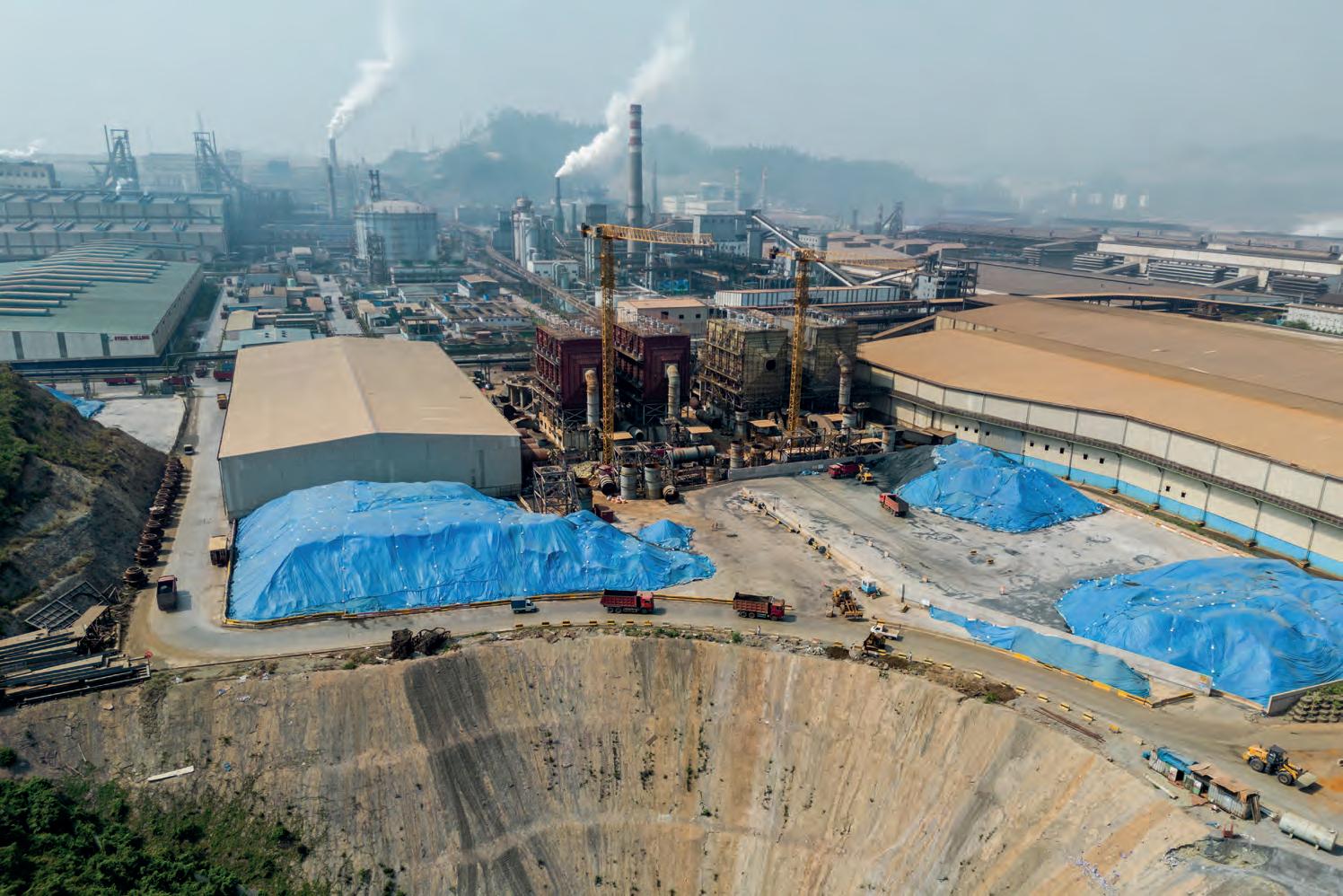
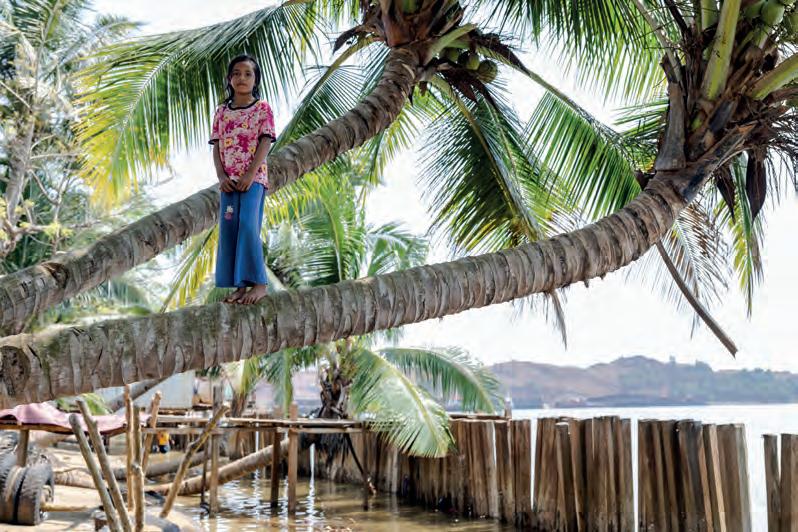

On 28 December 2021, Indonesia unveiled a new nickel smelter in North Morowali. The smelter has been equipped to process 13 million tons of nickel ore annually. The Indonesian president, Joko Widodo, said the new ferronickel-producing smelter is expected to increase the value of nickel ore by 1,400%.
Industrialisation has been Widodo’s focus throughout his presidency, as he pushes to turn the resource-rich country’s main export commodities from raw minerals to high-value-added products. Nickel is at the centre of it all.
“Indonesia will become a leading producer of nickel-based products, including EV batteries,” Widodo said in June 2022 at the groundbreaking ceremony for an LG-led consortium’s battery material facility in the Batang Industrial Park, Central Java province. He added, “This is a golden opportunity to develop a green economy for the future.”
After sunrise in Labola village, thousands of workers dressed in yellow helmets and dust-stained workwear pack
“In just three years Indonesia has signed more than a dozen deals collectively worth more than US$15bn”
“As they learn, students breathe coal dust, putting them at risk of health conditions such as respiratory disease”
the ramshackle, pothole-ridden main road. The mass of traffic crawls toward IMIP, the world’s epicentre for nickel production. IMIP primarily processes nickel ore for stainless steel but is increasingly producing higher-grade nickel for EV batteries.
Once a fishing village, Labota has been subsumed into a sprawling city centred around IMIP, a US$15bn, 50-factory development across nearly 10,000 acres (4,047 hectares).
Walls surround the industrial complex containing steelworks, coal power plants and manganese processors, with its own airport and seaport. Built as a joint venture between Chinese and Indonesian industrial companies, it is at the heart of Indonesia’s push to supply the EV market with nickel.
In what remains of Labota village, an Islamic school, Madrasah Tsanawiyah Negeri (MTSN), has a coal plant operating just behind it. As they learn, students breathe coal dust, putting them at risk of health conditions such as
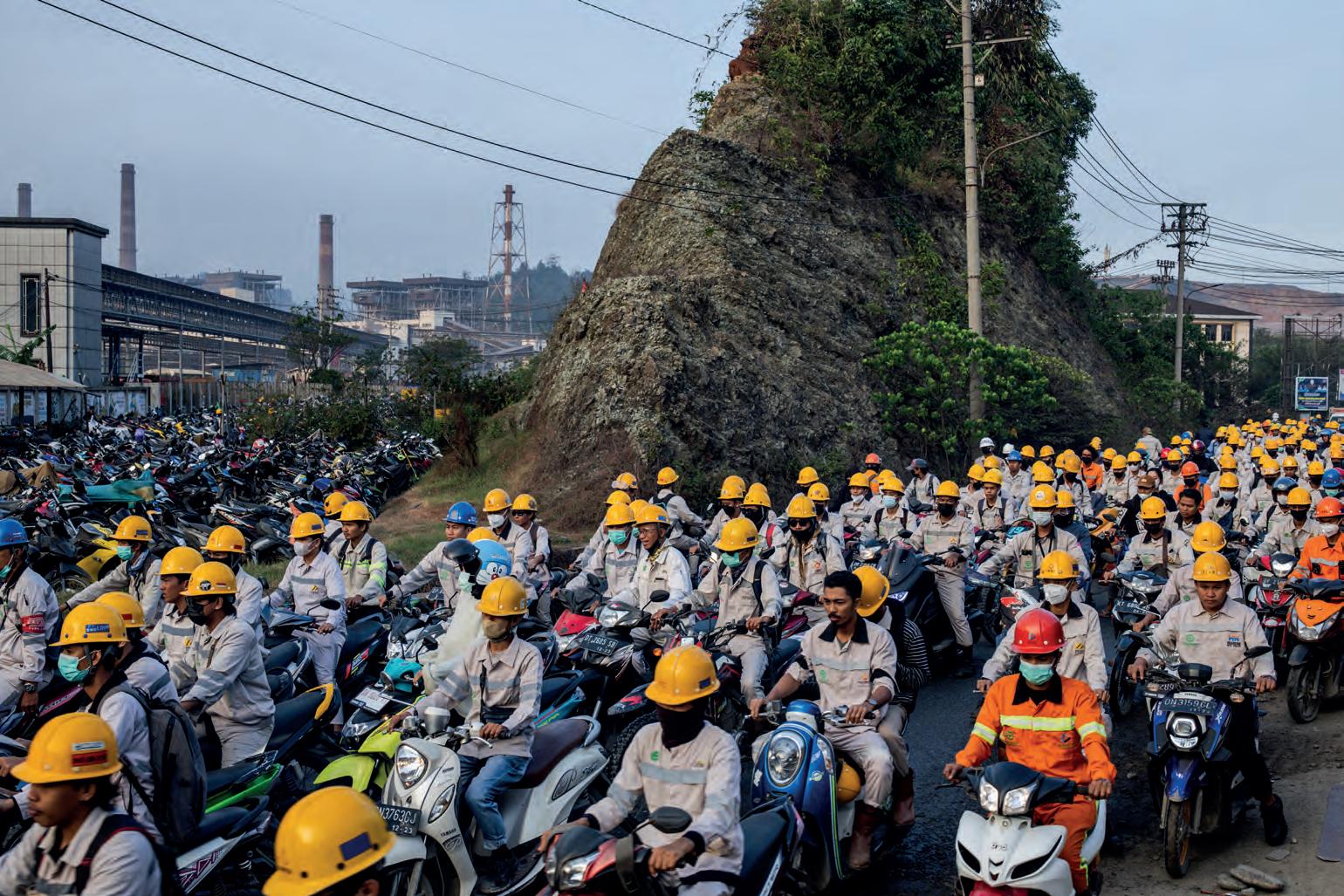

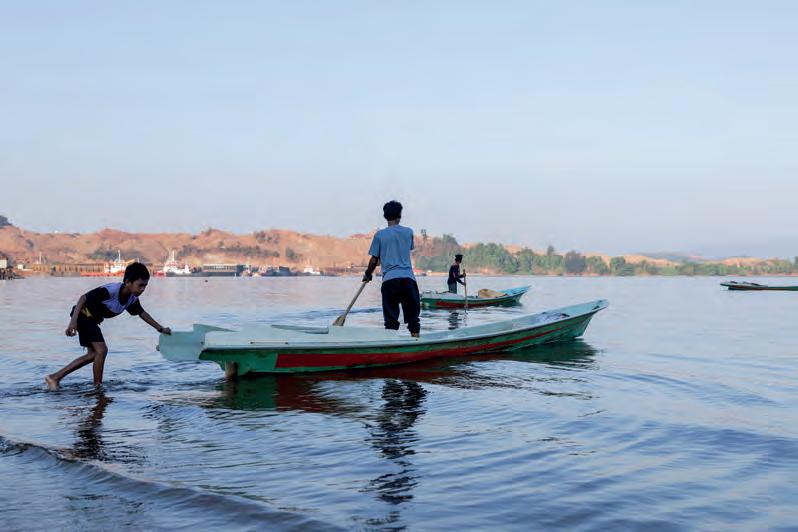
Above
Fishers in sea water contaminated by a nickel mine preparing to catch fish, Mandiodo village, North Konawe, Southeast Sulawesi, Indonesia, 27 October 2023
Left
Employees in traffic during the work shift changeover near Indonesia Morowali Industrial Park, Morowali, Central Sulawesi, Indonesia, 26 October 2023
respiratory disease. According to a report by RosaLuxemburg-Stiftung, a German policy lobby group, the nickel-processing factories at IMIP pollute the air with sulphur dioxide, nitrogen oxides and coal ash – particles that are “finer than beach sand and can be extremely harmful when inhaled”.
A report published in February 2024 by the Centre for Research on Energy and Clean Air (CREA) found: “The rapid rise of the nickel industry – if left unregulated –would lead to more than 3,800 deaths in 2025 and nearly 5,000 cases in 2030.”
IMIP was created in 2013 following an agreement between Indonesia’s then-president Susilo Bambang Yudhoyono and President Xi Jinping of China. A loan of more than US$1.2bn was provided by the China Development Bank, the largest lender to the park. According to Indonesia’s Manpower Ministry, IMIP had 28,000 employees in 2019 and 43,000 in 2020. That number is now around 66,000.
Around 6,000 workers from China live in dormitory blocks. Once the afternoon shift ends at 5pm, the workers from China leave the nickel ore processing complex or smelter of Obsidian Stainless Steel. Some are dressed casually or are in uniform, others are neatly turned out, and a few look shabby and covered in mud. They head straight for a makeshift market or to eat at the Chinese restaurant on the roadside in front of the smelter.
The International Energy Agencypredicts global demand for the metal will grow at least 65% by 2030, and EVs and battery storage are set to take over from stainless steel as the largest end user of nickel by 2040.
The Sulawesi coastline, in the southeast of the country, has borne the brunt of environmental destruction from the mines.
On North Konawe in Southeast Sulawesi, there are three fishing villages around the mining locations. Here, I watch dozens of excavators dig up reddish soil and load it onto trucks that are then driven to the jetty. The ore is then unloaded onto barges that take three to four days to reach the smelting factory. The nickel is heading north to the Morowali Industrial Park, although some of the barges leaving the nickel mine travel to Morosi.
According to data from the Indonesian government, about 50 nickel mining companies currently operate in North Konawe.
Right
Children play near excavators while gathering soil containing nickel ore, close to the fishing village of Mandiodo in Molawe District, North Konawe, Southeast Sulawesi, Indonesia, 27 October 2023
Below Fisher Alwi, 78, sits next to a fishing boat at Mandiodo village, North Konawe, Southeast Sulawesi, Indonesia, 28 October 2023
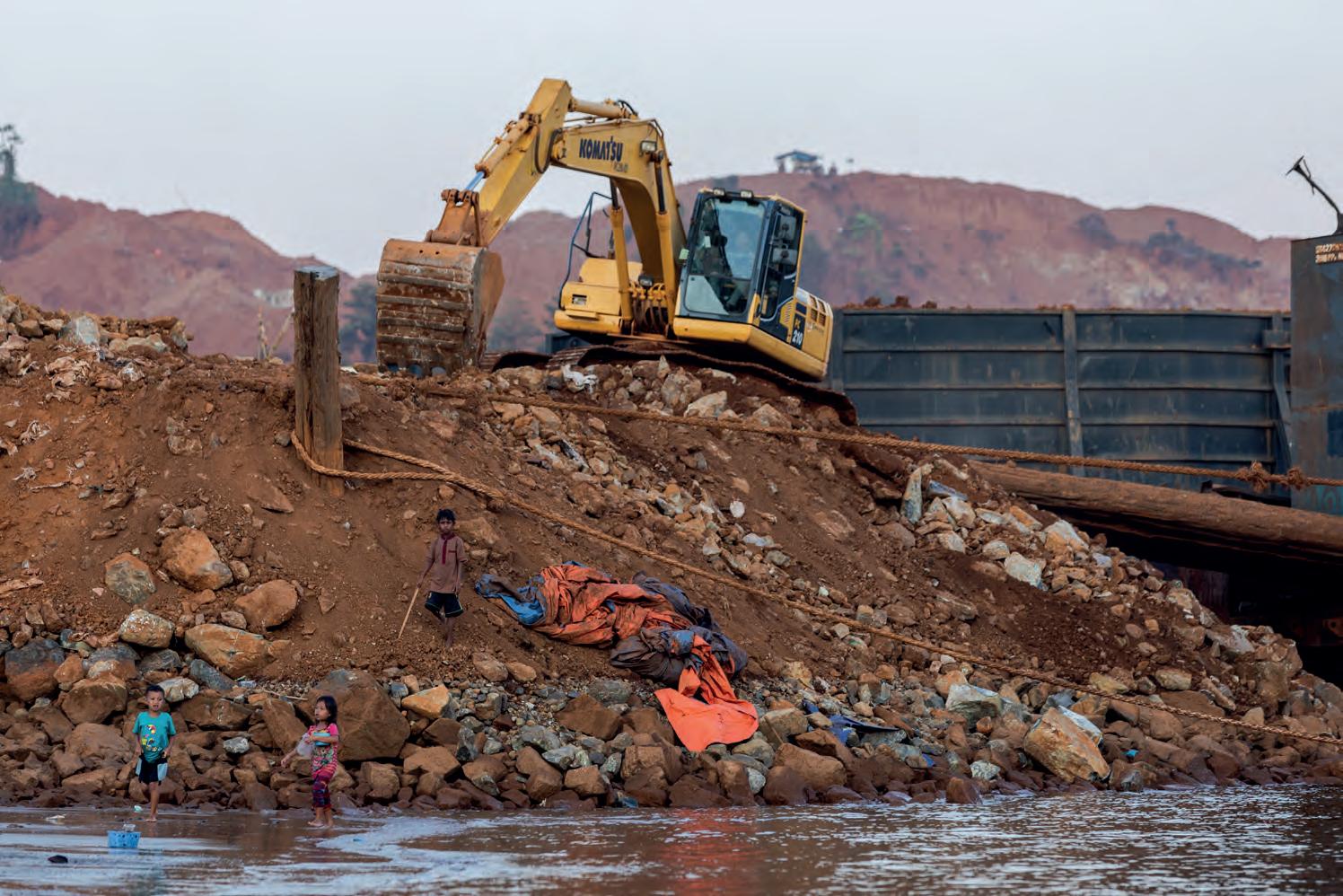
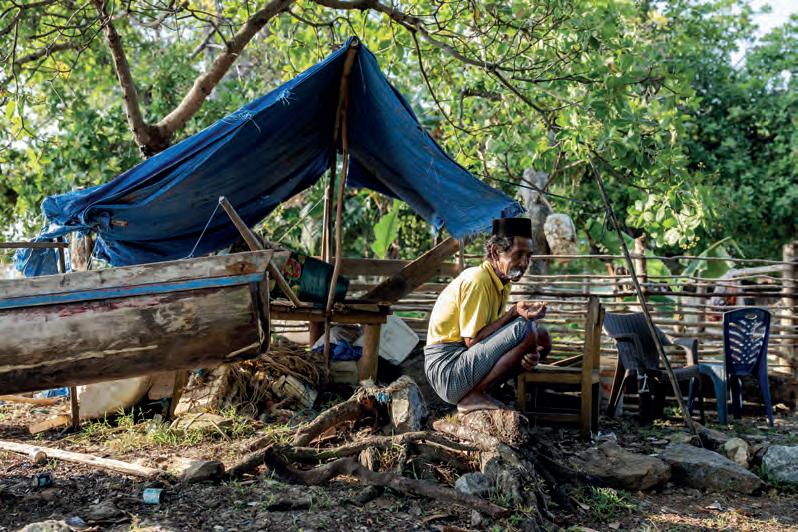

The small fishing village of Tapunggaya, North Konawe, is home to the Bajau people, an indigenous group known for being brave sailors, formidable fishers and reliable divers who live off the sea.
Fishers suffer from the impact of nickel pollution, having to travel increasing distances to find their daily trawl. But fish are harder to catch in the deeper water and fishermen have to spend more money on petrol.
At the village, now a site for mining, Alwi, 78, sits next to a boat and tells me the pollution has destroyed livelihoods at sea. “There’s no fish here anymore,” he says. “Children also suffer from respiratory problems due to the severe air pollution here. It is disturbing to live in a place around the mining locations. The waste and pollution from mining have been killing us slowly.”
Other fishers tell of how the seawater has not just turned murky but often becomes so hot it causes the fish to move to other areas.
“It is disturbing to live in a place around the mining locations. The waste and pollution from mining have been killing us slowly”
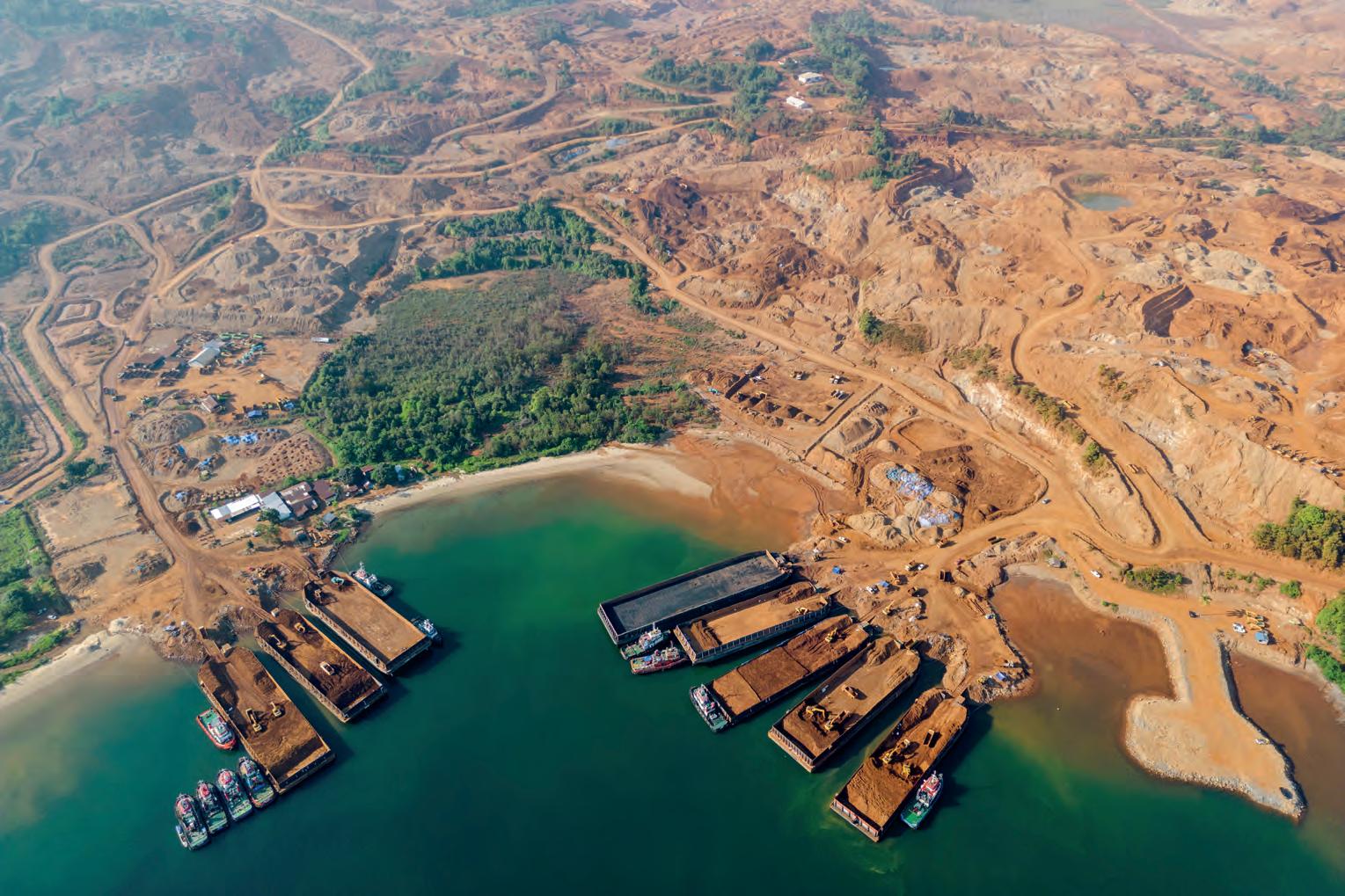
“We have to drive the boat at least two hours away and probably bring home just 2kg of fish after a long day at sea,” says Mamat, 32, when I visit his village in October 2023.
The coastline, once dotted with picturesque fishing hamlets, has been abandoned. Sandy beaches are discoloured with a kaleidoscope of ore pigments and dotted with jetties where barges wait to deliver nickel ore.
Mining activities for EV battery materials leave deep scars on the landscape. In North Konawe, local environments and traditional ways of living are disrupted as villagers see their lands transformed.
In 2022, there were at least 21 floods and mudslides in Southeast Sulawesi. Between 2005 and 2008, before the proliferation of mines, there were two to three per year, according to the National Agency for Disaster Countermeasures.
“In order to mine nickel, large areas of trees are cut down and the land is excavated to create open pits”

Left Trucks unload nickel ore onto barges that will be towed to refining plants further down the coast of Sulawesi island at a mining site in Molawe district, North Konawe, Southeast Sulawesi, Indonesia, 27 October 2023
Below
After their shift, Chinese workers from PT Obsidian Stainless Steel visit a makeshift market on the roadside in front of the smelter, Konawe Regency, Central Sulawesi, Indonesia, 28 October 2023
In order to mine nickel, large areas of trees are cut down and the land is excavated to create open pits. With the roots of the trees no longer present to stabilise the ground, earth is more easily swept away in rainy conditions.
Besides deforestation, other environmental hazards from expanding mining operations include pollution of water streams and fishing grounds. To transform nickel ore to battery grade nickel, complex methods such as high-pressure acid leaching are being used, resulting in toxic waste.
Ironically, the potential carbon emissions from the expansion of mining operations are significant. The smelting process is highly energy intensive – and most smelters in Indonesia are powered by coal. Campaigners argue that the expansion of the nickel and EV battery industries must go hand in hand with appropriate environmental and social standards. The alternative, they say, could prove devastating.
CREA estimates: “Up to 55,600 deaths and US$38.2bn (IDR 592tn) in losses could be avoided by 2060 if all processing centres in Central Sulawesi, Southeast Sulawesi and the North Maluku province enforced stringent air quality standards.”
garrylotulung.com
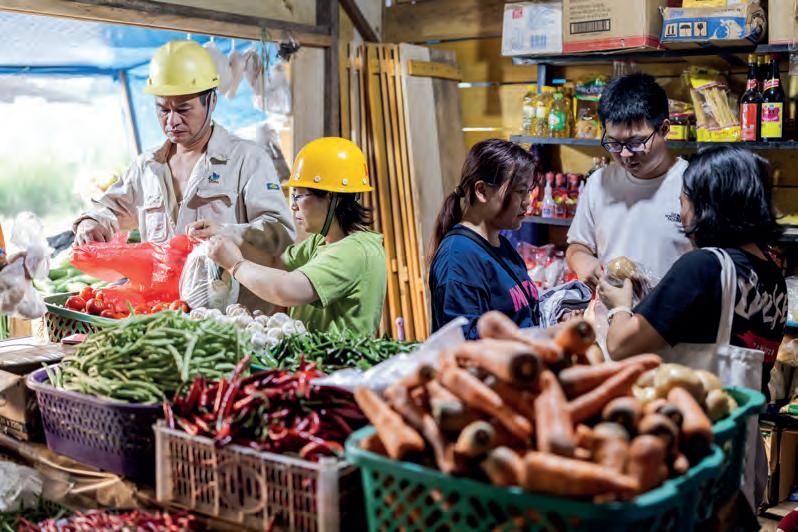
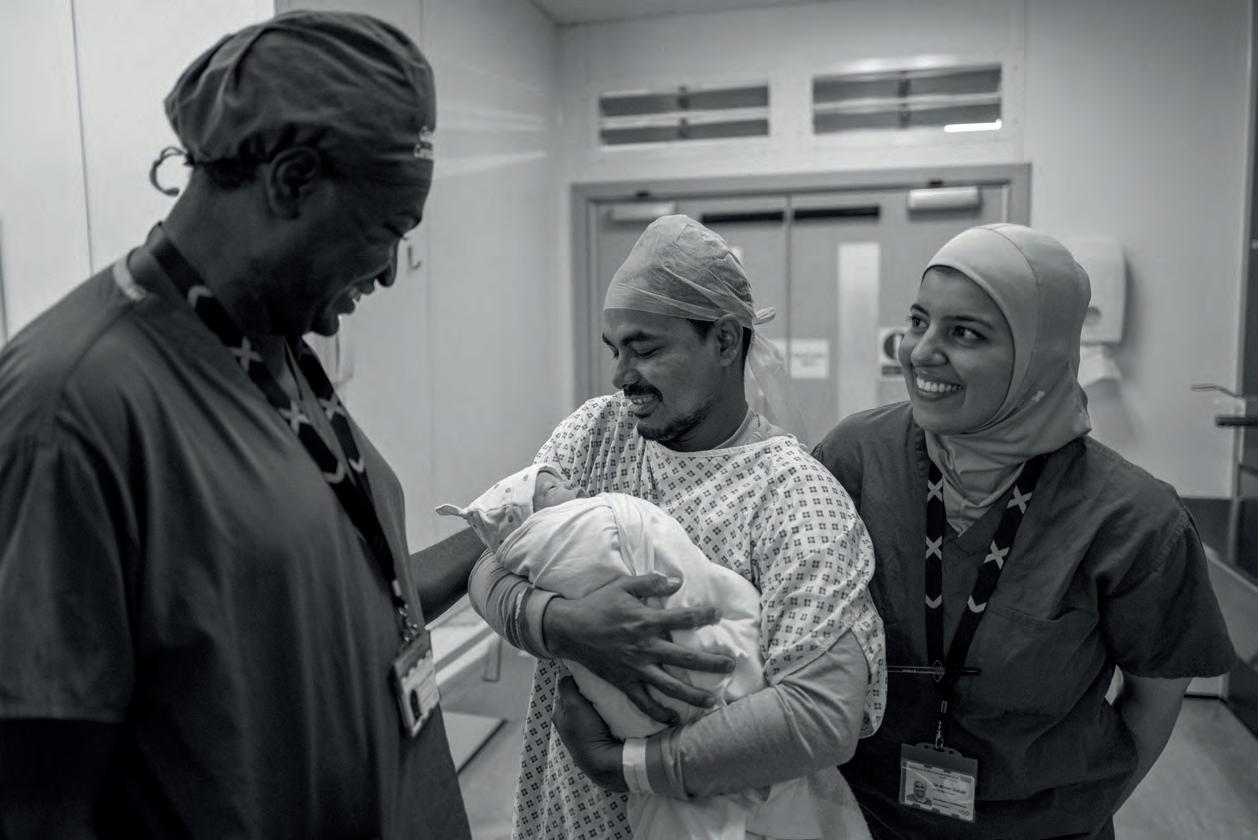
Returning to the London hospital where his daughter was born during the pandemic, James Clifford Kent documents life on the maternity frontline
WORDS AND IMAGES: JAMES
Outside the hospital a young couple were waiting for a taxi. He was clutching a car seat and a holdall, while she struggled to put a tiny beanie on their baby.
Shortly after exiting the same doors with my wife Charley and our own newborn in 2020, I developed a project that would capture people’s experiences of pregnancy, birth and loss. After documenting life in Cuba for two decades I was excited to embark on a new challenge.
Following months of planning, I began photographing the work of the multidisciplinary team at the Queen Mary Maternity Unit at West Middlesex University Hospital (WMUH), part of Chelsea and Westminster Hospital NHS Foundation Trust. This involved hearing about the working lives of staff including midwives, scrub nurses, maternity support workers, anaesthetic operating department practitioners, obstetric surgeons and anaesthetists.
Below
‘A scrub nurse prepares sutures’ by James Clifford Kent
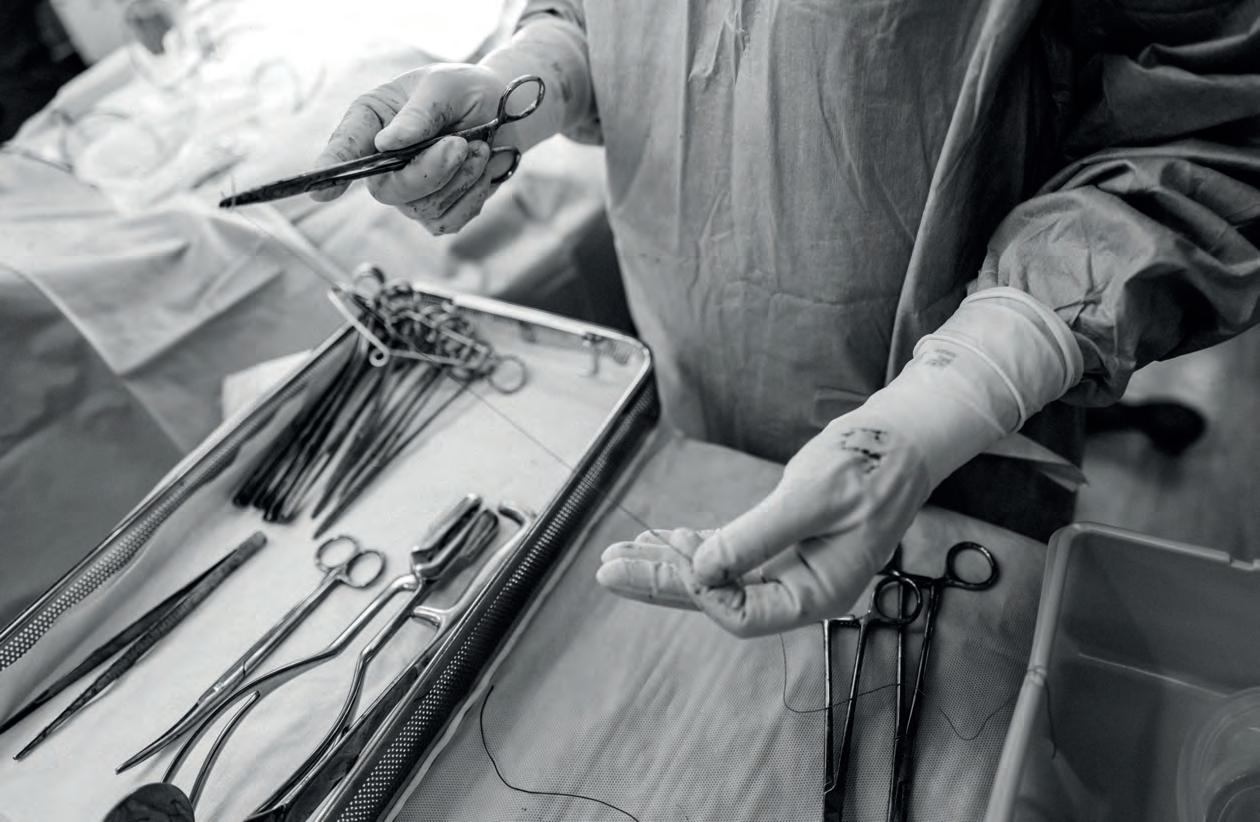
Among the points of reference for the project was W Eugene Smith’s seminal essay ‘Nurse Midwife’, depicting the work of African American midwife Maude Callen in rural South Carolina and published in Life magazine in 1951. The critic John Berger described the “dramatic weight” imposed by Smith on the subjects before him in essays such as ‘Nurse Midwife’, using light and shadow to convey stories about life and death.
I was interested in how my own black-and-white images could capture the drama of a modern-day maternity unit. Smith talked about blending into the wallpaper, becoming absorbed into the fabric of the environment, and I realised this would be essential for achieving the kind of images I wanted. Doing this in a busy maternity unit, though, is easier said than done. Returning to the hospital, I was unsure of what the story would be and what kind of access I would be allowed in my capacity as a photographer. As the days passed, the ward began to feel more like home.
Early one morning I laid out black-and-white photocopies featuring images from Smith’s series on a bed in an antenatal room. It was important to me that the team understood the vision for the project. It was standing before these images that staff began to talk to me about their experiences. They were fascinated by how I was using my small rangefinder camera to document people’s lives on the unit and moments that typically go unnoticed. Dressed in scrubs, they guided me towards maternity experiences they wanted recorded. One consultant anaesthetist turned to me excitedly midway through a planned caesarean section and said, “That’s your photograph right there. This is medicine – isn’t it amazing?” Another doctor described my photograph depicting the birth of a newborn baby as “between two worlds”. Over time, these cues helped shape the project. The staff and I got to know each other. They became increasingly relaxed about the presence of the camera, but the breakthrough came when I
“I was unsure of what the story would be and what kind of access I would be allowed in my capacity as a photographer”
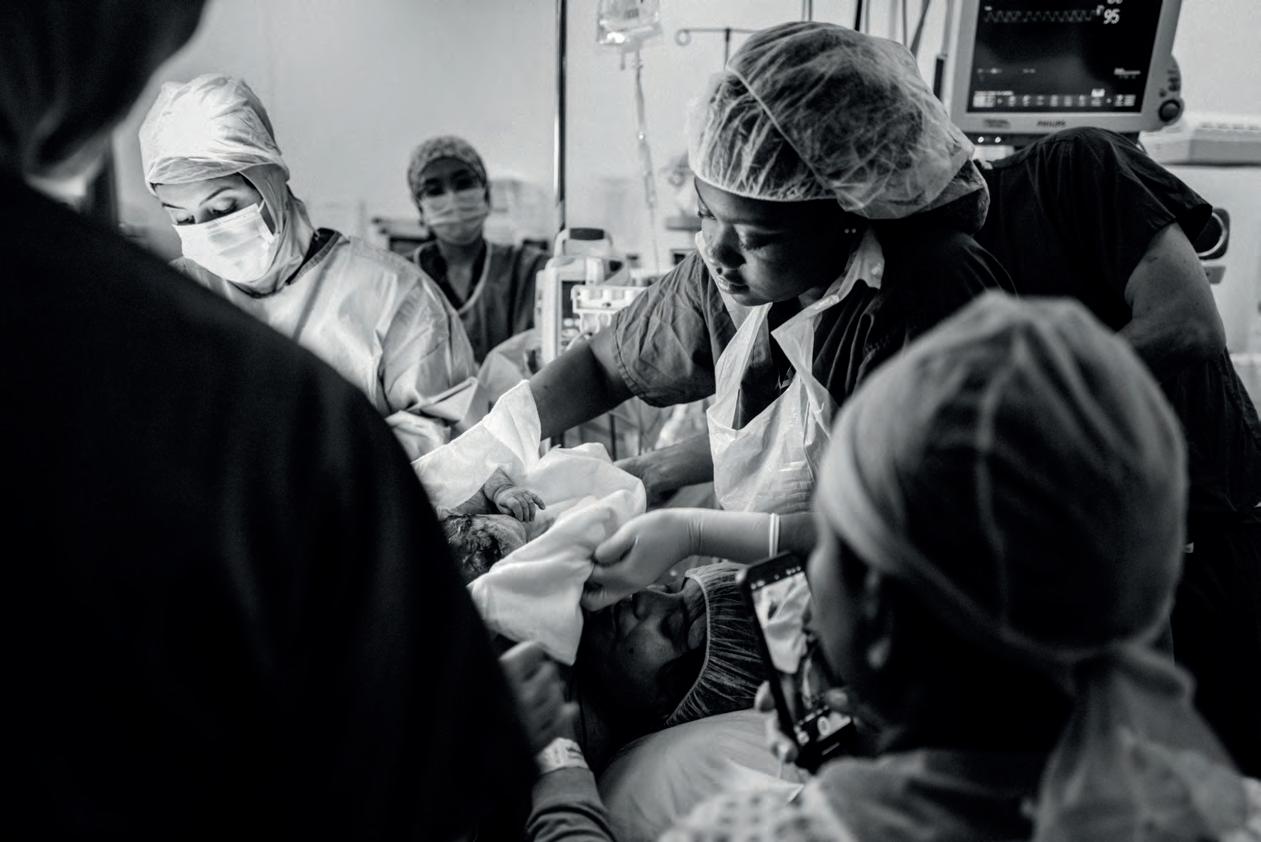 Below
‘Midwife Jordanne Lewis-Shodeinde’ by James Clifford Kent
Below
‘Midwife Jordanne Lewis-Shodeinde’ by James Clifford Kent
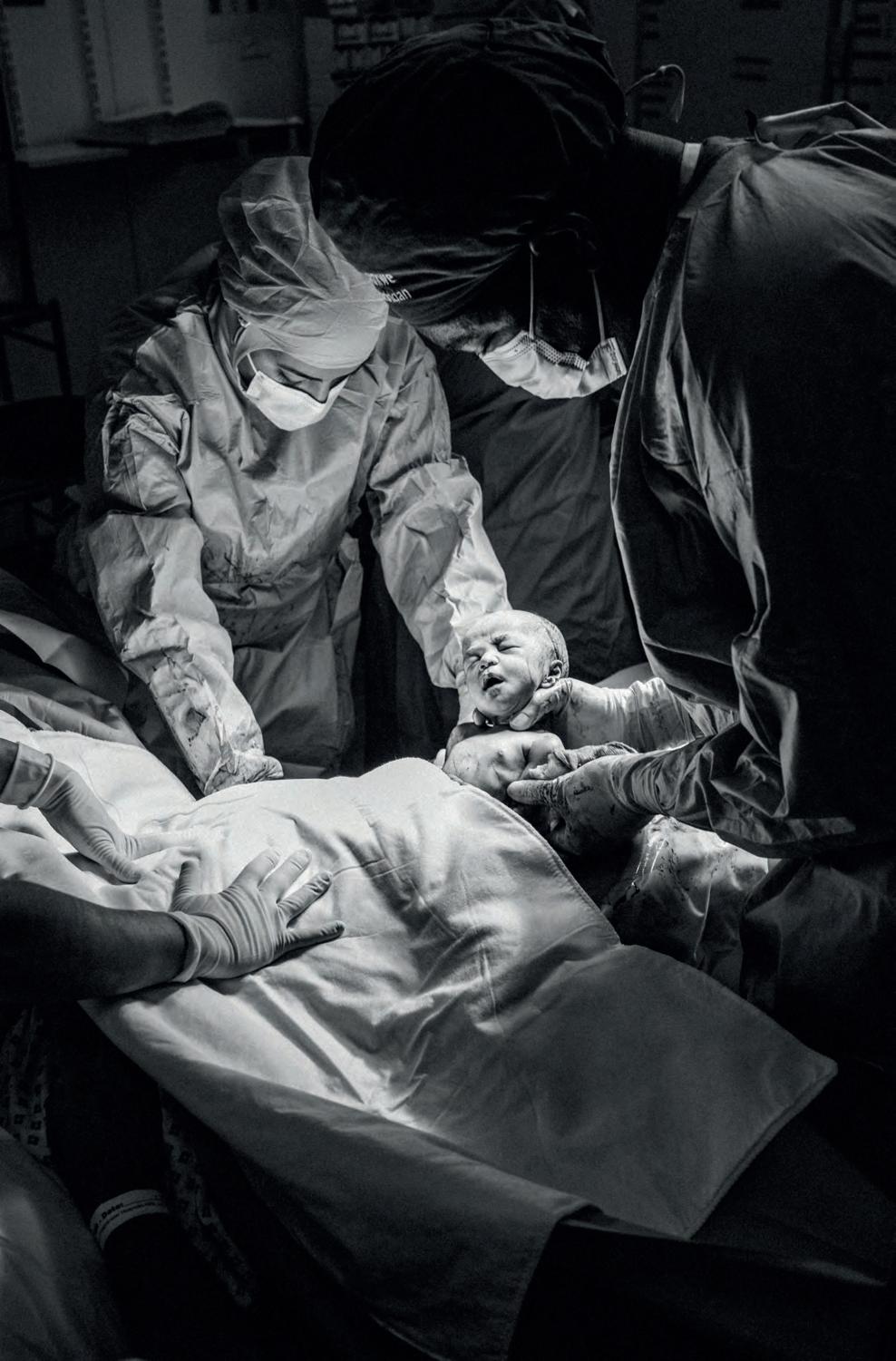
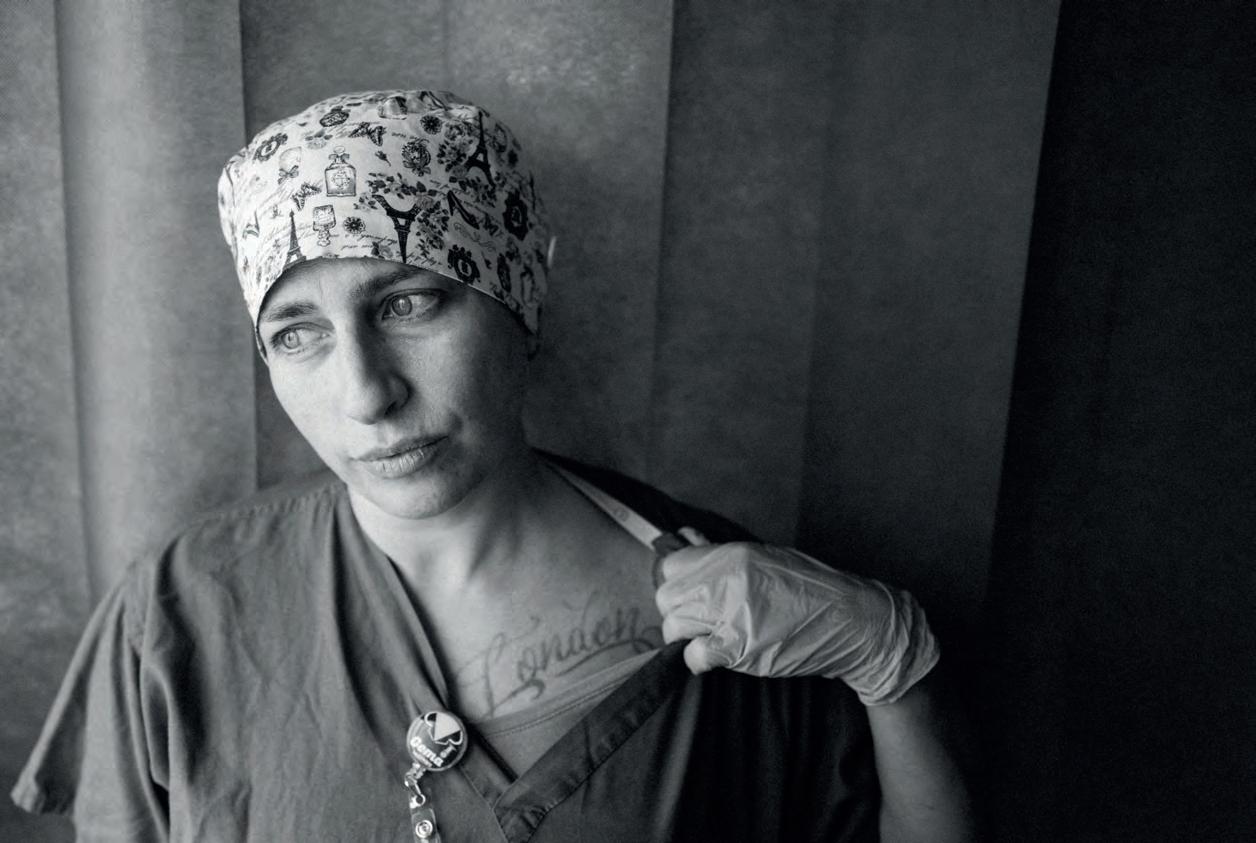
began sharing my photos with them. They watched me carefully as I photographed their day-to-day experiences and respected how I was quietly documenting life at the unit.
Consultant obstetrician and labour ward lead Osaeloke Osakwe was among the healthcare workers I was keen to photograph. I felt the pictures I had already were strong, but knew I would need people and stories around whom to shape the essay – just as Smith had done so successfully with Callen.
Osaeloke and I had met once before via a video call three years earlier to discuss my pregnant wife’s care. I was sitting in the hospital car park outside the unit due to restrictions imposed on visiting during the pandemic. I was struck by his kindness and empathy despite the myriad challenges the service was facing.
We met again while I was taking pictures of a group of midwives at the unit. I picked up
my camera to capture Osaeloke’s portrait, and we went on to record interviews in between ward rounds, caesarean sections and staff handovers.
He told me how he spent his early childhood in the UK before moving back to Nigeria with his family. “My mother was a midwife,” he said. “I was five years old when I witnessed her delivering twins at a local hospital in Benin City. I knew straight away I wanted to work in maternity.” After completing medical school, where he won the gold medal for his academic performance, he moved back to the UK and completed his training as a consultant before being appointed to lead and develop the Maternity Day Assessment unit at WMUH in 2011.
Osaeloke’s story would, I realised, be central to the narrative of the photo essay. He became a key collaborator – someone who connected me with other staff and encouraged them to share their stories. One evening we sat in an empty operating
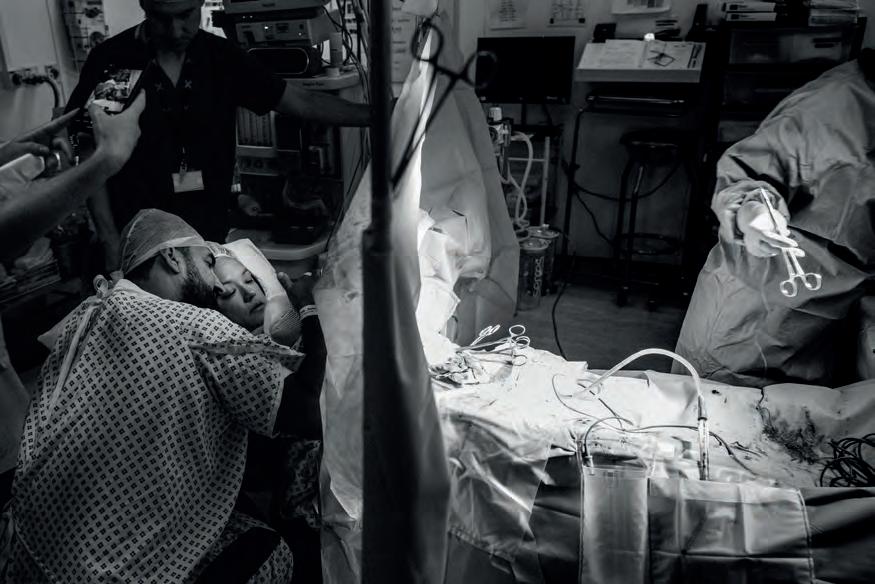
“I was struck by his kindness and empathy despite the myriad challenges the service was facing”
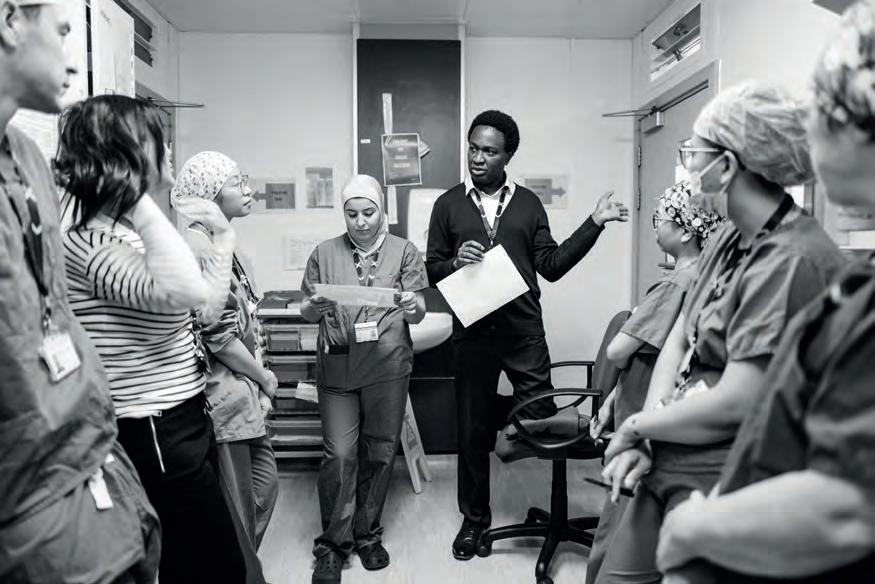
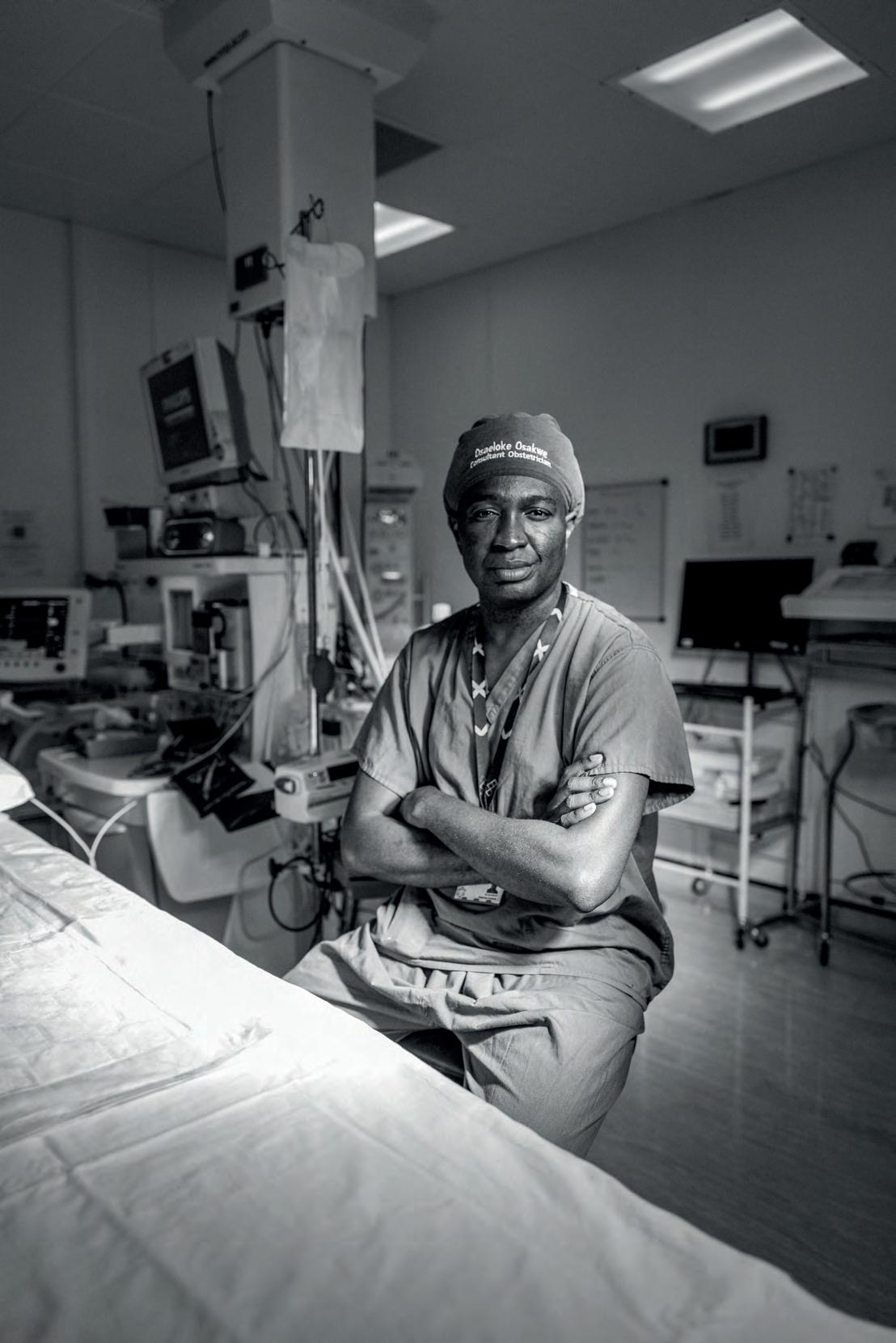
theatre surrounded by surgical equipment. It was the room in which he had cared for my wife three years before and delivered babies earlier that day. Speaking about his role at WMUH, Osaeloke said, “My main goal is to support everyone in the team to provide the best care possible. Additionally, it’s important to me that everyone feels respected and listened to.”
Talking with staff about everyday challenges revealed not only their fragility but also the resilience and shared humanity that comes from supporting people in this environment.
Working in a maternity unit such as this takes a physical, psychological and emotional toll. Yet there’s also a sense of joy and elation that comes with safely delivering babies and working as part of a team that cares deeply about those it looks after. This became clear as other staff began sharing with me the reasons for doing what they do – inspirational stories about their respective journeys that lead to working in the service.
I first met Velencia Barreto, a maternity support worker who moved to the UK from India five years ago, as she was dashing between different sections of the unit, where she began working last year. Originally from Goa, she told me she had
always dreamed of becoming a doctor, deciding to pursue a career in maternity after her aunt was diagnosed with uterine fibroids, resulting in the removal of her uterus. “I saw the pain she went through and decided to dedicate myself to helping women through challenging situations,” she said.
While being photographed in an antenatal room Velencia explained how, after moving to London, she received a place at the South Ukrainian National Pedagogical University in Odesa, where she studied medicine until the Russian invasion in 2022. “My dreams came crashing down,” she explained. “I had to return to the UK immediately and almost gave up on getting out of Ukraine alive. I wondered if I’d ever see my family again, but my faith was strong. A friend and I trekked for two weeks in the freezing cold to reach the RomaniaUkraine border. It was a tough journey, and I was so grateful to be reunited with my family and to have another opportunity to make a difference.”
Reflecting on her experience of caring for expectant women at the unit today, Velencia said, “The challenges the service is facing can make things difficult but seeing the joy on people’s faces and being there for the birth of their babies is incredibly rewarding.”
“Working in a maternity unit takes a physical, psychological and emotional toll. Yet there’s also a sense of joy and elation”
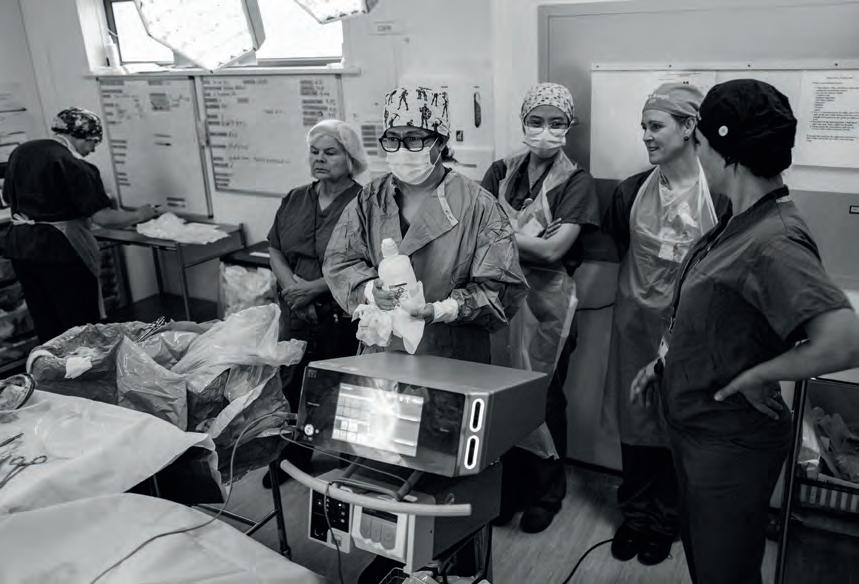
I witnessed new parents’ elation first hand when I shadowed Afnan Zuhair, an obstetric surgeon, and captured her delivering several babies via caesarean section. Afnan had been born in Iraq during the Gulf War and was just six months old when her family fled the country, eventually settling as refugees in London in 1994.
“I was a war baby,” she said. “It’s only now, when looking back at old photographs as a mother, that I see how my parents created a protective bubble for us here in the UK far removed from their reality. They prioritised our happiness and education, ultimately resulting in five of my siblings also working in healthcare.”
Regarding her decision to work in maternity and gynaecology, Zuhair said: “I remember leaving the maternity unit as a junior medical student in the middle of the night and skipping through the car park. My first experiences
there were full of joy and I realised I’d found my calling.”
At the end of one 12-hour shift, Zuhair chatted over coffee as I showed her photographs shot at the unit that day. She talked me through the images I’d taken and what these meant to her and the team.
“It’s true when they say it takes a village,” she said. “My colleagues are the beating heart of this hospital. Their passion resonates through every stage of the pregnancy journey. Many would never see what happens within these walls and we’re excited about this being documented in photographs.”
Images from this series will be exhibited at Chelsea and Westminster Hospital NHS Foundation Trust in July 2024. jamescliffordkent.com
“She had been born in Iraq during the Gulf War and was just six months old when her family fled the country”
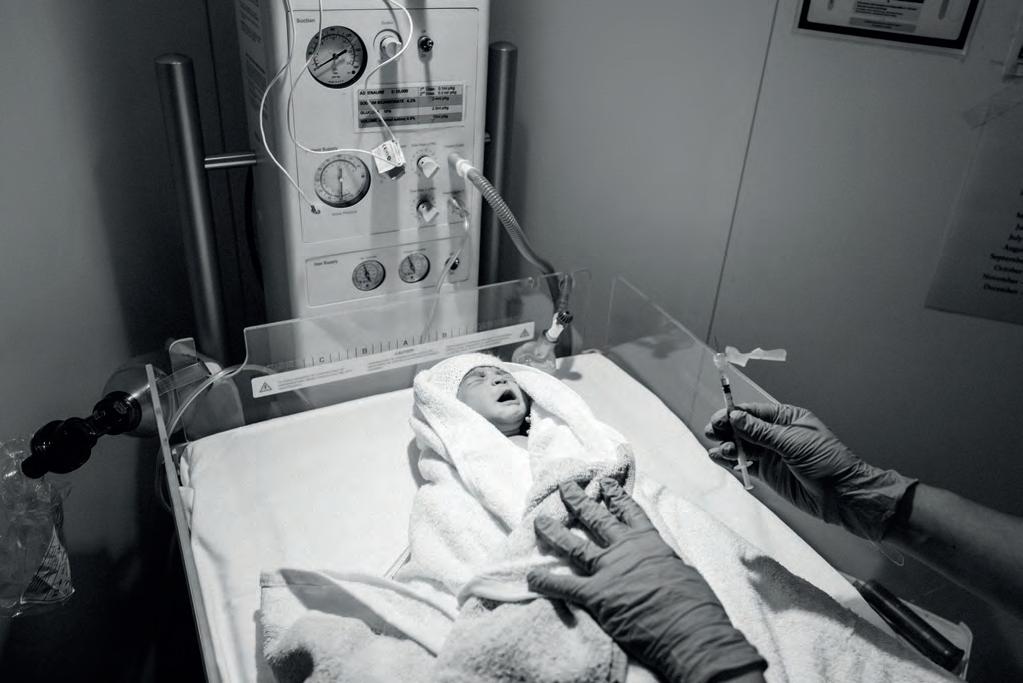
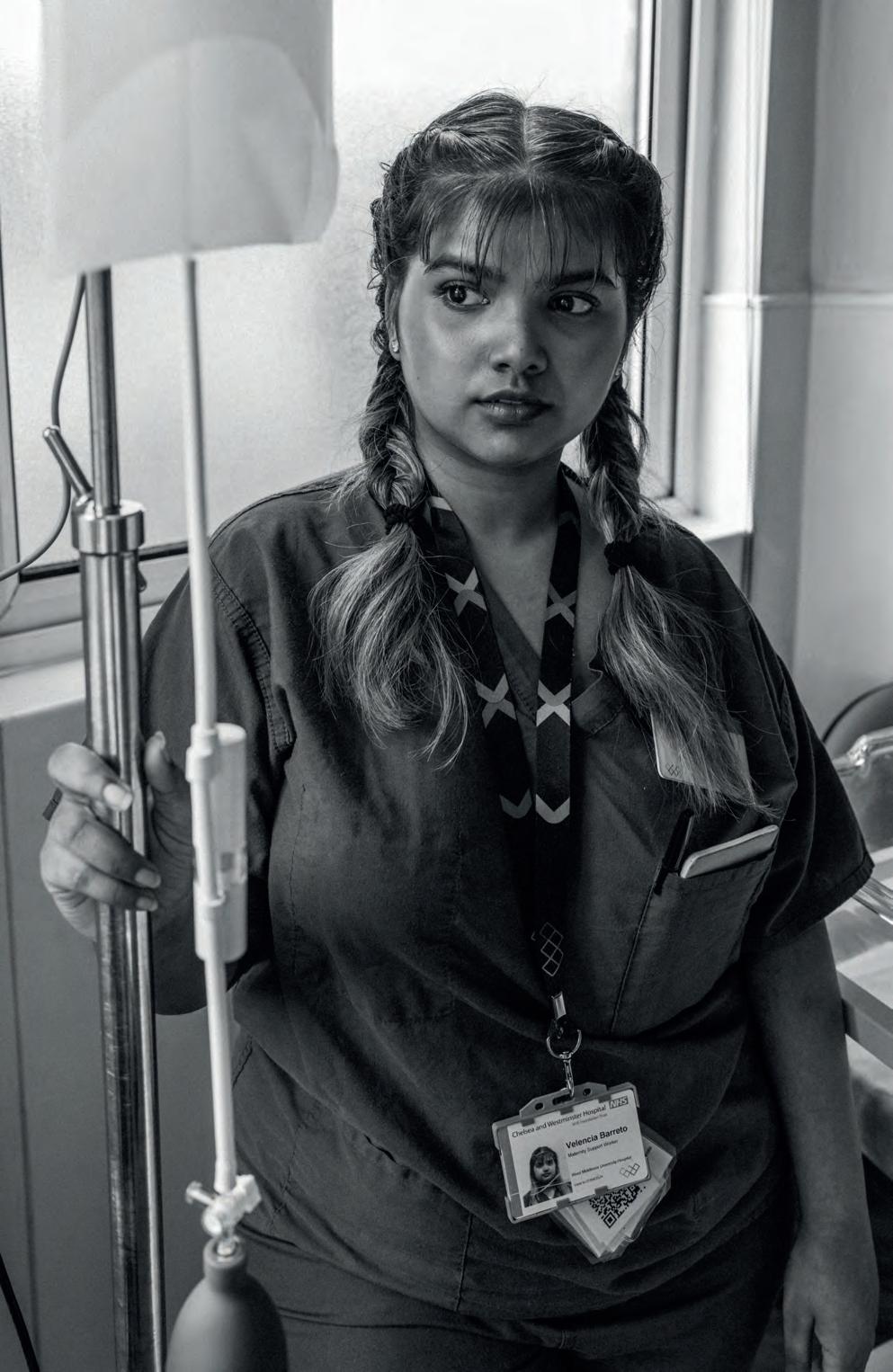
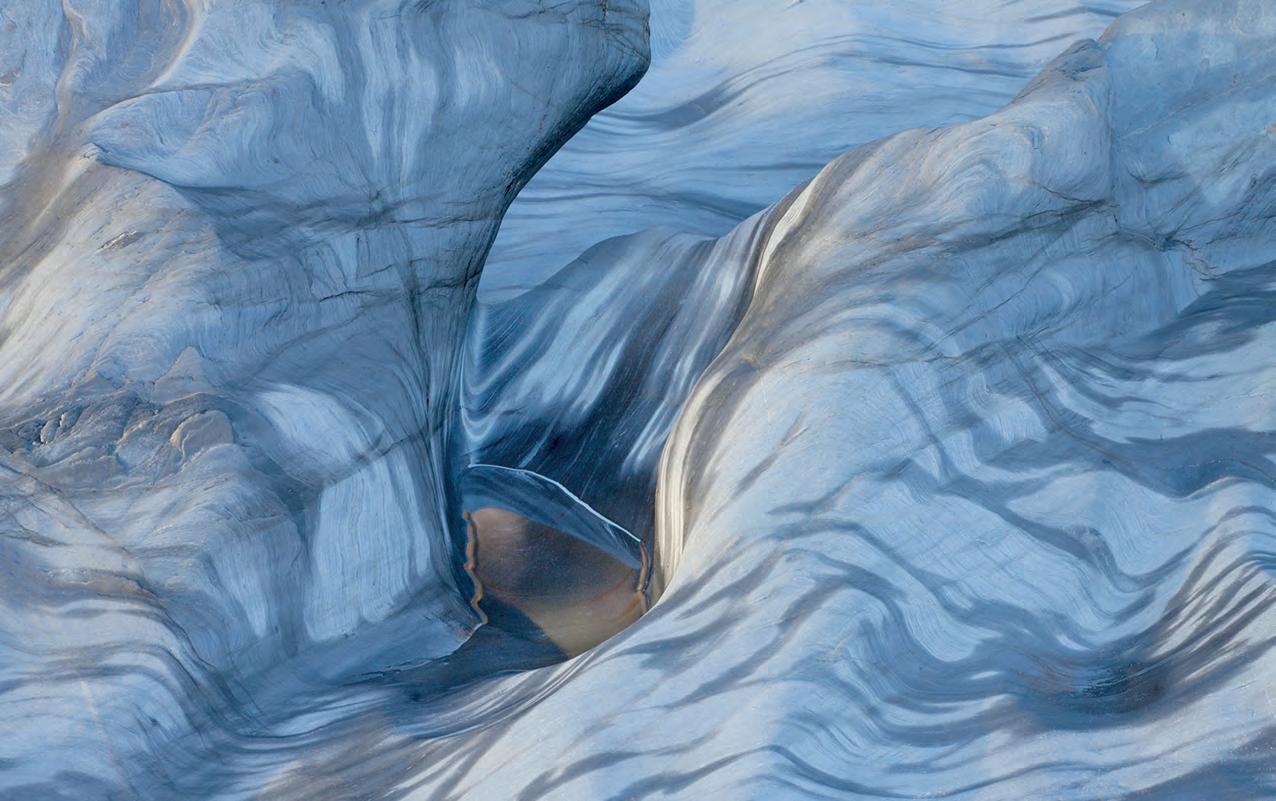
Whether you’re at home or out and about this summer – whether you’re interested in developing new skills in your preferred genre or trying something completely new –our photography workshops cover a wide variety of interests including:
Our dedicated tutors offer a programme of workshops, lasting from a couple of hours to a full day, that will fit in with your busy summer schedule. No matter where you are you can gain new photography skills with RPS Workshops.

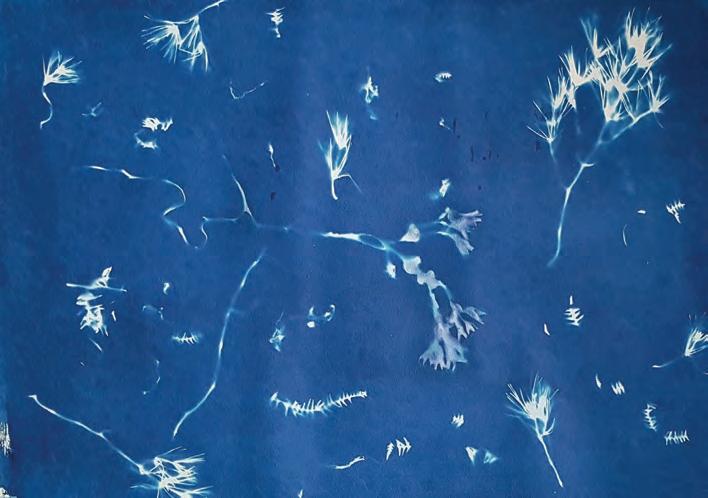
1Earlier this year the RPS issued a call to female-identifying photographers who were producing, or wanted to produce, a series of images that responded to one unifying statement: ‘To Shine a Light –Who Dared to Dream.’
Open to the Society’s Women in Photography group, SheClicks and other groups, the call encouraged contributions from trans, queer and non-binary people, including those from diverse, ethnic and underrepresented backgrounds, who have used photography for change.
The quote “who dared to dream” is from an interview with Joy Gregory HonFRPS, a multi-media artist whose photography has
rps.org/whatson for the latest updates
explored issues including those of gender and race. Her latest book,ShiningLights, is a critical anthology of work created by Black women photographers during the 1980s and 1990s in the UK.
The result is an exhibition which celebrates the shortlisted submissions through an on-site digital showcase and historical look at female photographers from the past.
To Shine a Light – Who Dared to Dream is at RPS Gallery, Bristol, 9 August-29 September, then tours UK venues. Shining Lights is published by MACK, £60. rps.org/toshinealight
2 SEEKING AN INTIMATE APPROACH TO LANDSCAPE PHOTOGRAPHY
Thu 11 Jul, 10am Sat 10 Aug, 10am
Landscapes don’t have to be all sweeping countryside, vast mountains and as-far-as-you-cansee horizons. Here, Tony Worobiec FRPS turns the lens away from the large and encourages participants to look more closely at the small or seemingly inconsequential. RPS House, Bristol.
£45 for RPS members
3
GLASGOW WEST END DAY OOT Tue 16 Jul, 10am
This day outing around Glasgow, organised by Steven Whittaker, includes a curated visit to Kelvingrove Art Gallery & Museum with social documentary imagemaker Karen Gordon.
Free for RPS members
4 BACKYARD WILDLIFE PHOTOGRAPHY
Weekly from Thu 8 Aug, 6pm
Photographing nature needn’t just be a pursuit for the intrepid – even those unable to get out and about should be able to benefit from the joys of image-making with wildlife. This five-session masterclass in localised wildlife photography is led by Marketa Zvelebil LRPS FRSP, who has received multiple international awards for her photos. Online, via Zoom.
£90 for RPS members
5 CHRISTINA BROOM –BRITAIN’S FIRST FEMALE PRESS PHOTOGRAPHER
Tue 10 Sep, 7pm
The RPS Historical Group hosts this evening talk, delivered by Anna Sparham, national curator of photography for the National Trust, about the life of a trailblazing photographer. Christina Broom, widely accepted as the first woman to take on the job of press photographer in Britain, reported on royalty, the First World War and the suffrage movement, and the talk will cover her work and legacy. Online, via Zoom. Free for RPS members
Discover how to build a body of work and achieve an Associate, plus the secrets of one Licentiate success
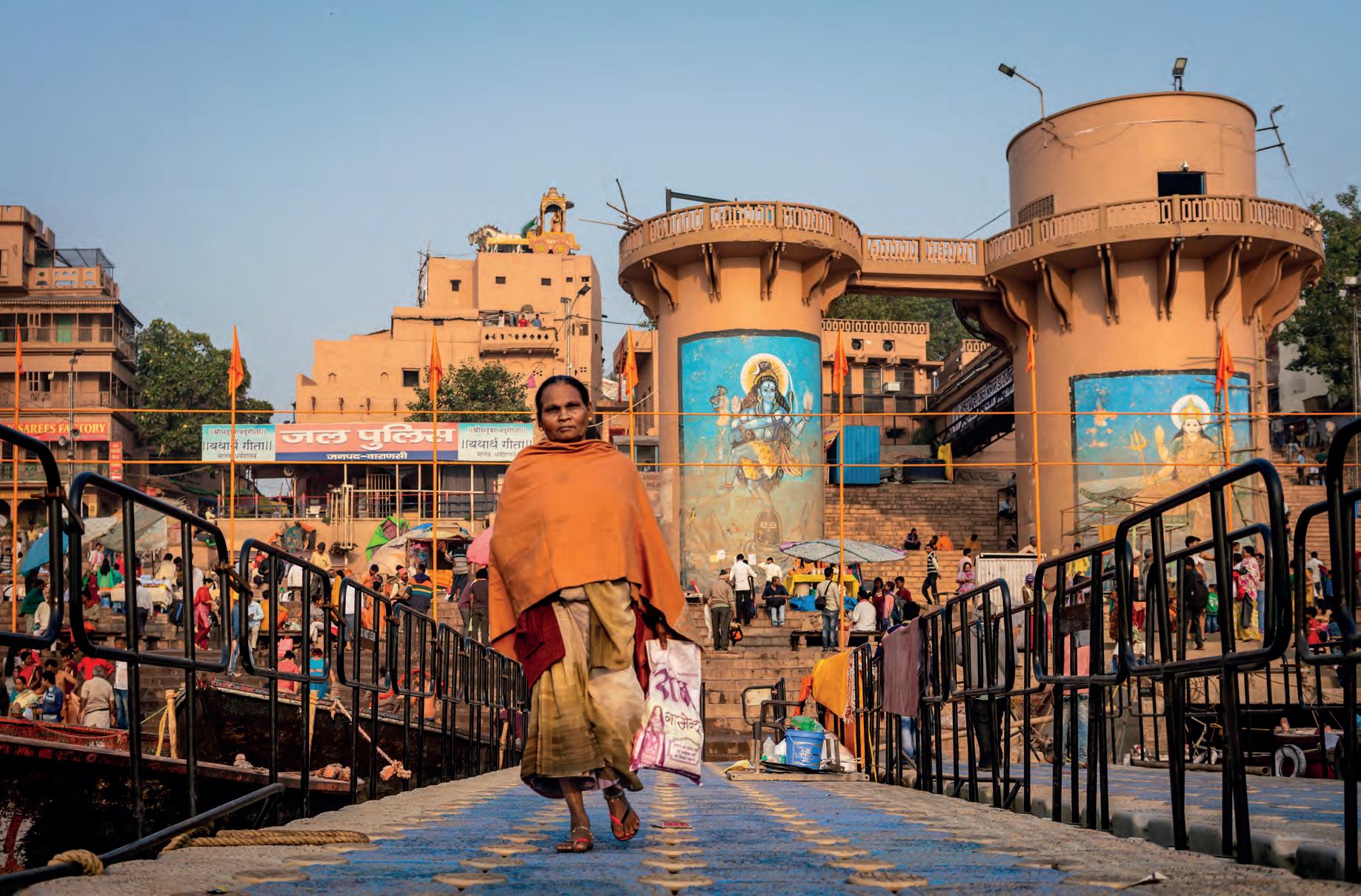
Distinctions are prestigious qualifications assessed on three levels that encourage you to refine your skills, experiment with styles and techniques, and push your creative boundaries
LICENTIATE (LRPS)
Applicants must show photographic competence in approach and techniques

ASSOCIATE (ARPS)
Requires a body of work of a high standard, and a written statement of intent
FELLOWSHIP (FRPS)
Requires a body of work of distinctive ability and excellence, plus a written statement of intent
The path towards an RPS Associate can transform your skills and creative vision
The three Distinctions of the Royal Photographic Society – Licentiate (LRPS), Associate (ARPS) and Fellowship (FRPS) –are the milestones in what can be a lifelong, highly rewarding and transformative journey in photography.
It is a journey through which the evolution of a photographer’s artistic vision is encouraged, and their ability to communicate a visual narrative through a body of work gains maturity.
Working towards the Associate involves the production, curation and presentation of a cohesive and resonant body of photographic work that embodies a mature vision and delivers a personal narrative. This feature explains the significance of creating that body of work and describes how the Associate Distinction can become the cornerstone in the advancement of a photographer’s practice.
Until the introduction of the Associate 100 years ago, the only way to gain peer recognition of excellence in the art and craft of photography was through the award of a Fellowship. The Associate was introduced to encourage more members to work towards Fellowship and, while on that journey, to gain recognition of their photographic skills.
In 1924, applicants for the Associate had to submit 12 prints, as with a Fellowship submission, but here a lower standard of skill was required. In 1962, the number of prints required for Fellowship was increased from 12 to 18 (remaining at 12 for ARPS) and, 30 years later in 1992, the number was increased to 15 for ARPS and 20 for FRPS.
Today, an Associate submission still requires 15 images –either print or digital – which are assessed as a body of work by a panel of experienced and accomplished Fellows. The assessors rigorously examine the work and evaluate it against criteria to ensure it resonates deeply with viewers, while showcasing the photographer’s growth, vision and unique perspective in presenting a visual narrative.
At the heart of the Associate journey is the creation of the narrative – described in a short ‘statement of intent’ – that will be presented as a visual story meticulously woven through a curated series of images. Each photograph in this series can be considered a brush stroke on the canvas of the photographer’s narrative, contributing to the overarching theme and emotional resonance of their body of work. This narrative transcends individual images, creating a cohesive and immersive experience for viewers.
Crafting the narrative begins with exploration to identify a viable project that has creative potential. So often, a photographer will ‘dive straight in’ to producing a set of 15 images without discovering a project theme or concept that resonates with them and has the potential to fulfil their creative ambitions. More often than not, this approach results in a set of images that lack cohesion and fail to deliver a clear narrative. Instead, a ‘discover-define’ (divergenceconvergence) approach to the first half of the creative process will empower the photographer to explore themes that resonate with them on a visceral level, drawing inspiration from their own life, culture and environment. It will enable them to define their intent, and develop treatments and techniques that will empower them to deliver a cohesive body of work (see the article ‘Framing creativity’ by Simon Hill HonFRPS in the RPS Journal Vol 164 No 1, pages 96-105).
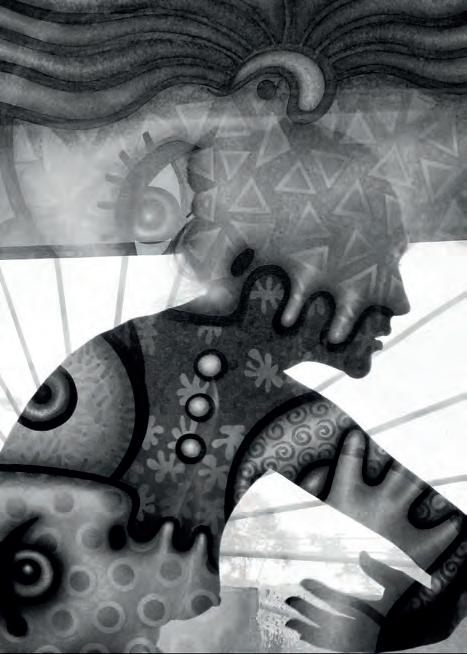
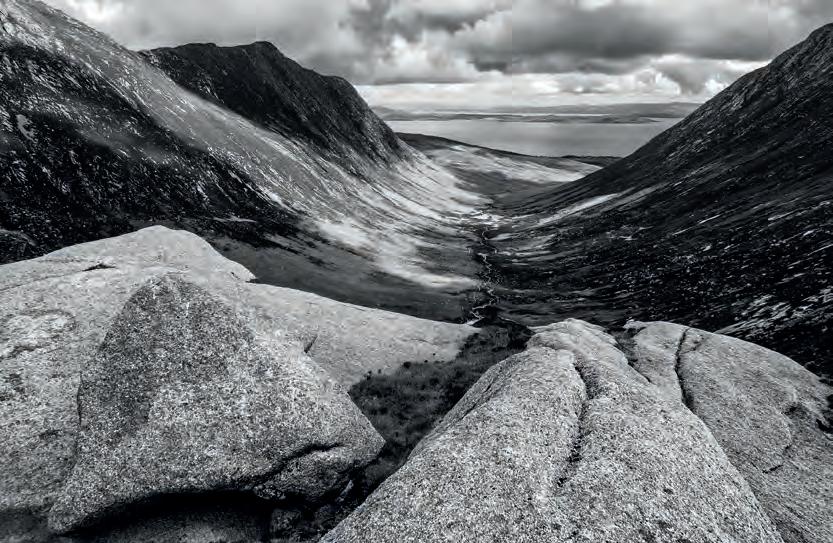
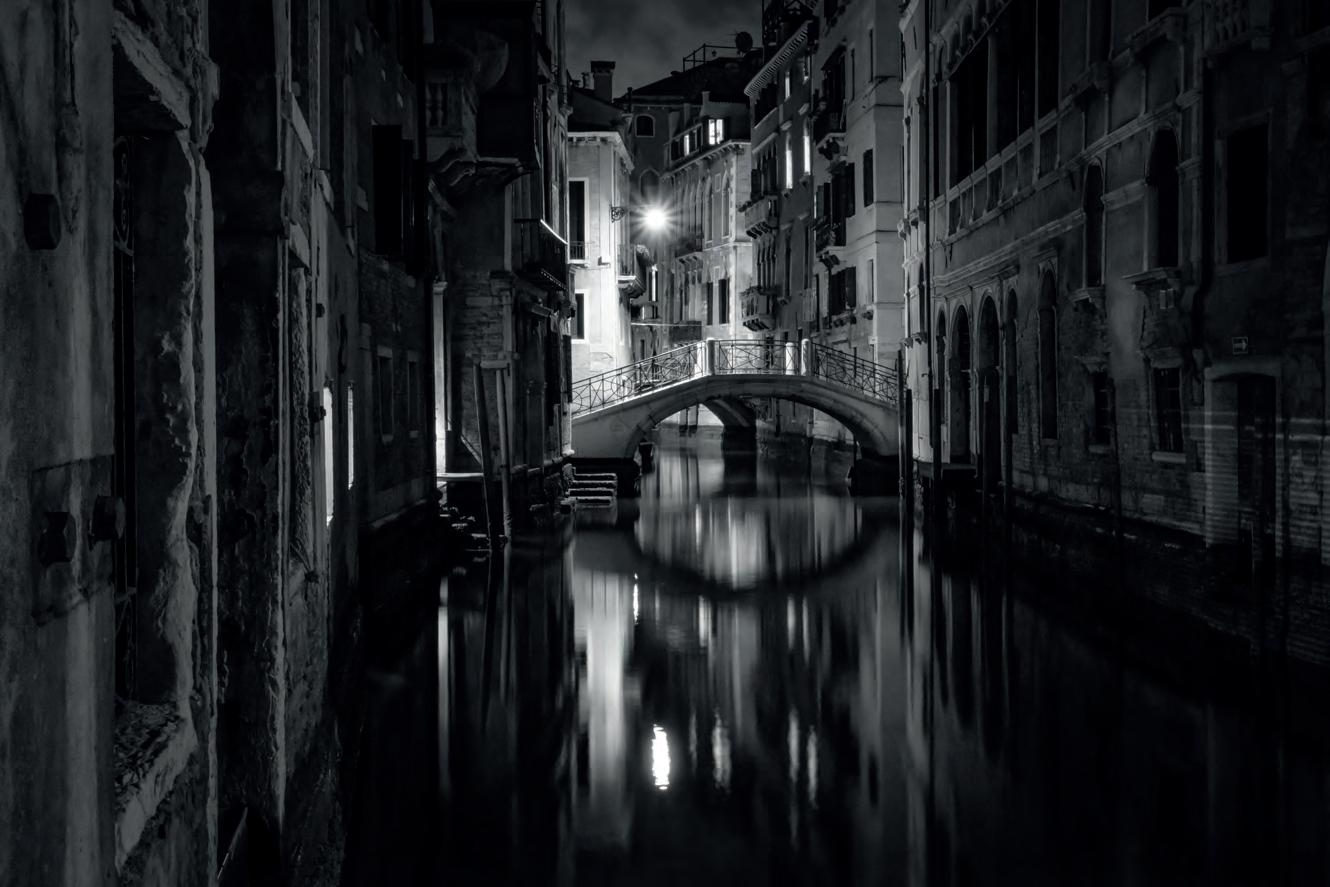

“This emphasis on artistic expression fosters creativity, innovation and a deeper connection with the medium of photography”
In whatever genre of photography an Associate application is submitted, to be successful it will be a curated body of work. Each image will have been carefully chosen not only for its technical merit but also for its ability to contribute to the overarching narrative, through which it will help create, for example, a tapestry of emotions, ideas or experiences that captivate and inspire.
The Associate journey encourages photographers to push the boundaries of their artistic expression, experimenting with different treatments and techniques. Crafting a body of work is not merely a means to an end but rather a transformative journey that shapes and defines a photographer’s practice.
From creating work that resonate with contemporary artistic expression to capturing the subtle shades or raw forms of the landscape, from documenting the subtleties of human emotion to capturing the diversity and beauty of the flora and fauna of the natural world, every photographer working towards an Associate is encouraged to embrace their unique voice and vision … their artistic expression.
This emphasis on artistic expression fosters creativity, innovation and a deeper connection with the medium of photography. The process of exploring and embracing diverse forms of artistic expression will enrich the wider body of work, infusing it with depth, complexity and richness. Each image should testify to an evolving style and ongoing creative exploration, reflecting the photographer’s growth, vision and artistic identity.
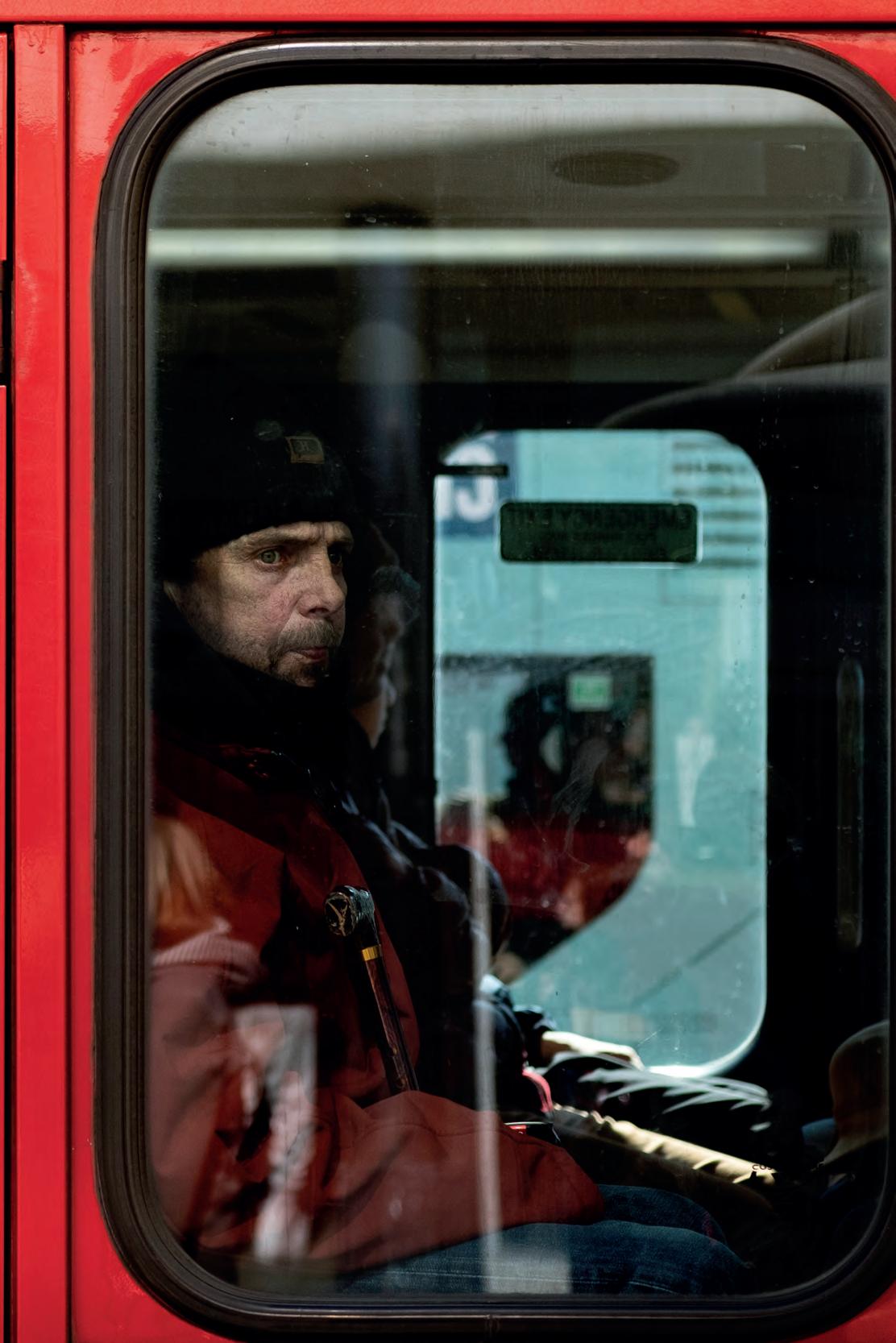
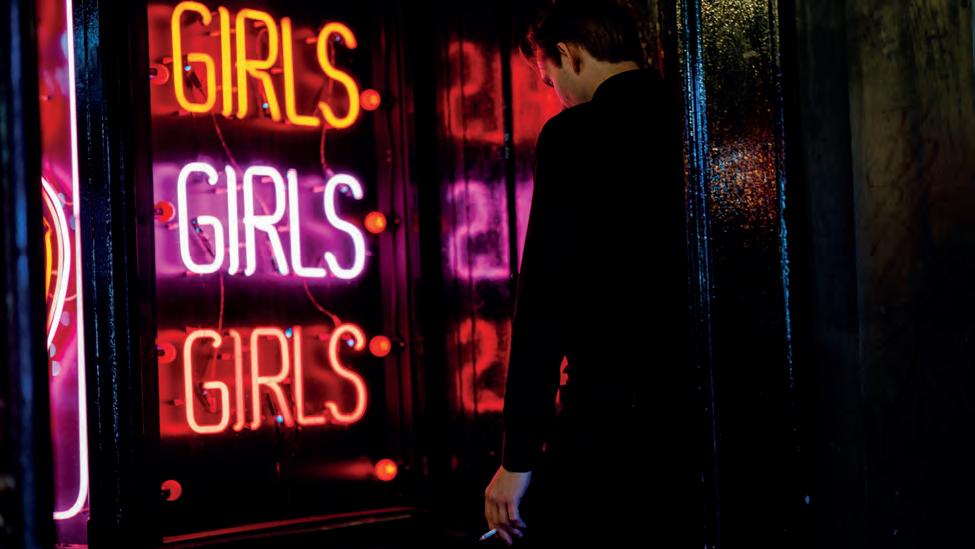
Presentation of the body of work is vital to a successful Associate submission. Rather than merely the selection of the 15 images, it is the meticulous crafting of a narrative that unfolds seamlessly from one photograph to the next. The order in which images are positioned within the presentation influences the viewer’s interpretation and emotional response. Just as a well-structured novel or film captivates audiences through its pacing and progression, a carefully curated collection of photographs guides viewers on a journey of discovery and revelation.
Positioning involves a consideration of factors such as visual flow, thematic coherence and emotional impact. The photographer must strike a delicate balance between variety and cohesion, ensuring each image complements those around it while contributing to the overall narrative arc. This may involve the juxtaposition of contrasting elements to create tension and intrigue, or the establishing of a rhythmic cadence that draws viewers deeper into the story.
Since the introduction of the Associate in 1924, it has been the ambition of the RPS to encourage and empower every member to take the Distinctions journey as a route to developing a greater maturity in the art and craft of their photography.
Gaining the Distinction of Associate is a hugely significant achievement for any photographer, and for many could represent the pinnacle of their artistic vision and photographic ambition. For others it will be a milestone on the journey to gaining the ultimate Distinction, that of Fellowship.
Simon Hill HonFRPS
Discover how to create a cohesive body of work in preparation for an RPS Distinction in the article ‘Framing creativity’ by Simon Hill HonFRPS, first published in the January-March 2024 issue of the RPS Journal. bit.ly/rps-distinctions_framing-creativity
“A carefully curated collection of photographs guides viewers on a journey of discovery and revelation”

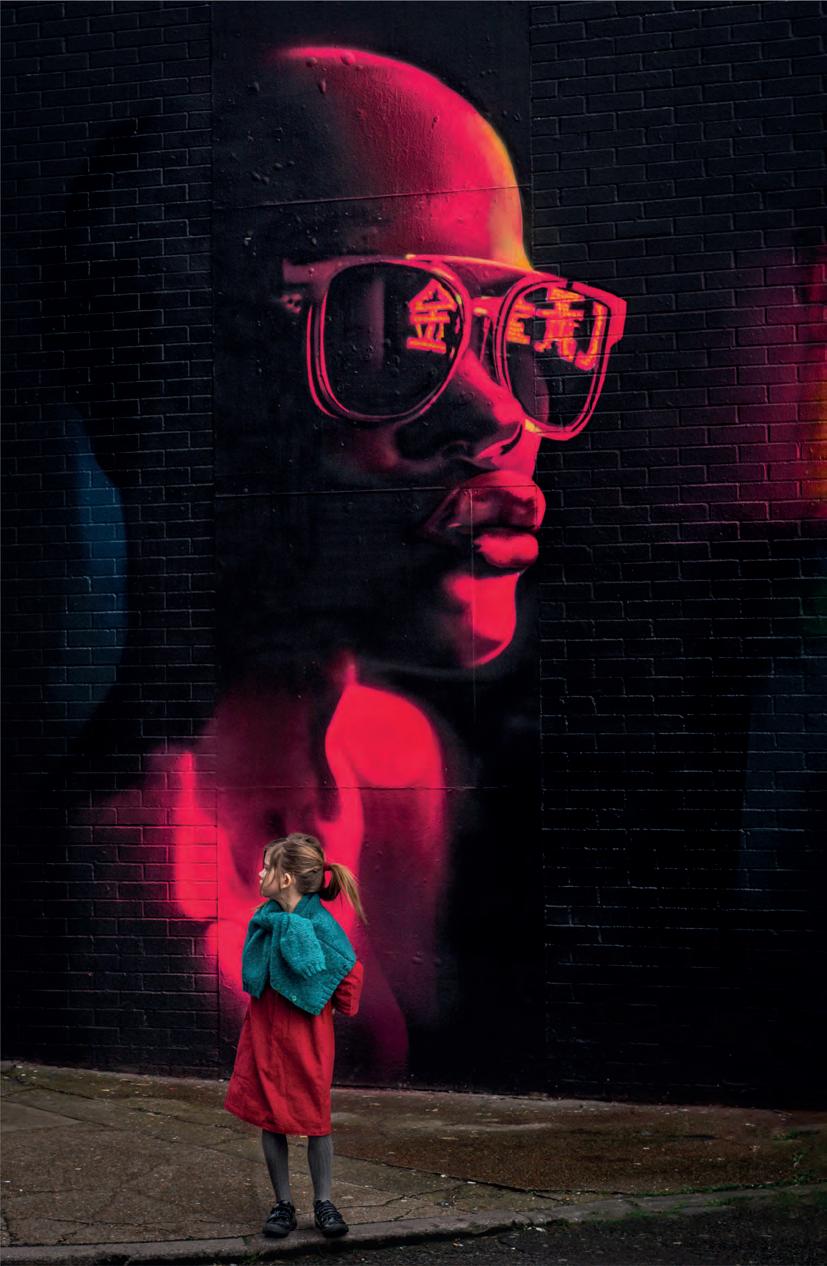
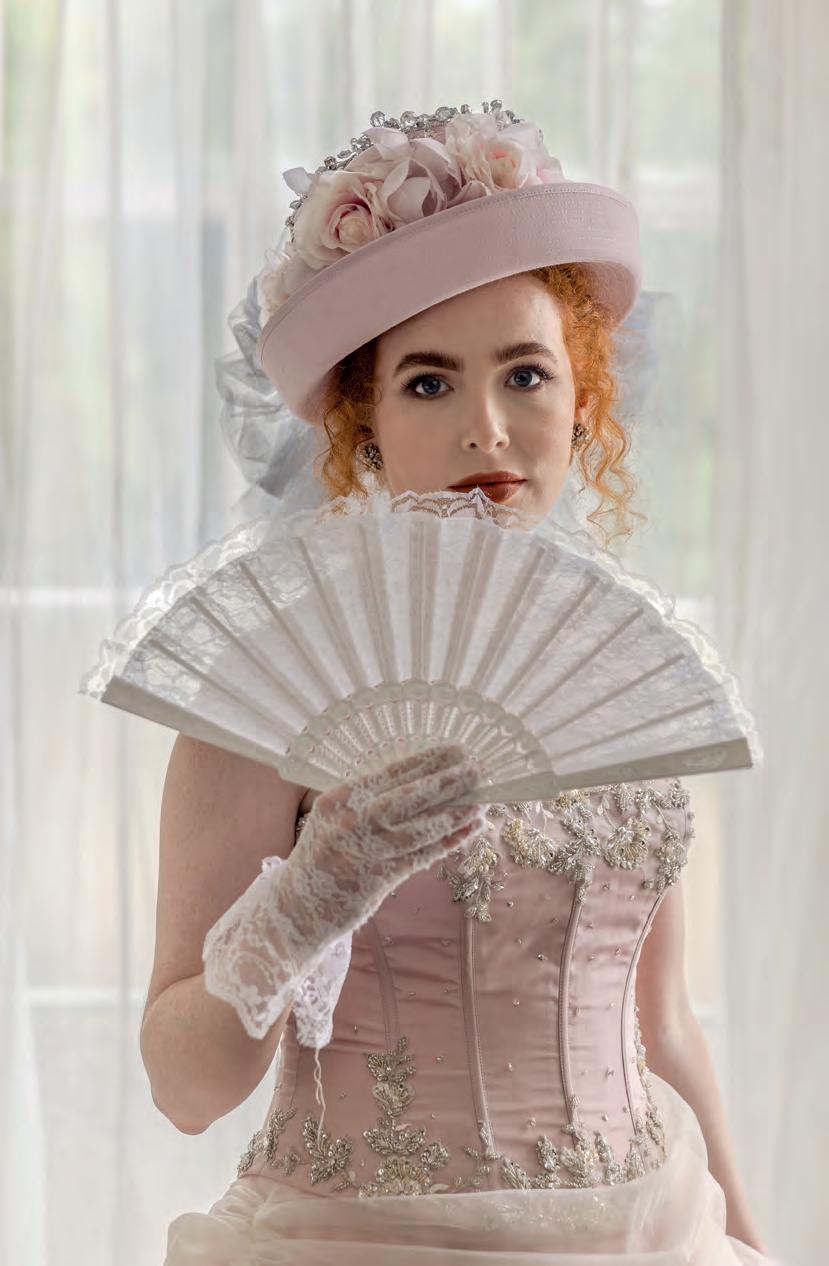

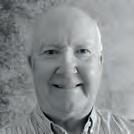
One of the great joys of the Licentiate – the first of three Distinction tiers offered by the RPS – is the lack of restriction. While those applying for an Associate or Fellowship are expected to confine themselves to a body of work that conveys their vision, aspiring Licentiate recipients are free to present 10 images that best showcase their talent and skill. These images can be varied in subject matter, provided the presentation layout is balanced and cohesive. Conversely, one of the great joys in reviewing these presentations is spotting the threads that wind their way around multiple images –the subliminal, the subtle, the secret.
For Paul James Branchflower LRPS, who achieved his Licentiate last March, the most recurrent form is that of the circle. It appears here and there in a flower, a telescope, a fairground ride, and in the semi-form of a fan.
“I am drawn to unusual, colourful and dramatic subjects and like to present them in distinctive ways,” explains the photographer when asked to describe how he chooses what to shoot.
“I wanted my portfolio to be authentic to me and reflect this. I am a generalist
Paul has achieved a successful body of work showing a clear understanding of technical, artistic and communication skills at the Licentiate level.
Running through the portfolio, as demonstrated in the presentation layout, is the use of the circular form which adds cohesion and structure. Within this there is demonstration of a variety of subject matter, use of light and strong technical ability.
There are examples using slow and fast shutter speed, appropriate depth of field and lens use, balancing the use of colour and monochrome in a successful way. The portrait is a beautifully handled image, well executed to show all the detail required.
There is a clear narrative in each of the images with the eye being drawn to the most appropriate point. The images show decisive moments and personal input through the choices of viewpoint, use of light and composition.
Each image has been shown in a deliberate way and this portfolio fulfils admirably all the criteria set out by the RPS.
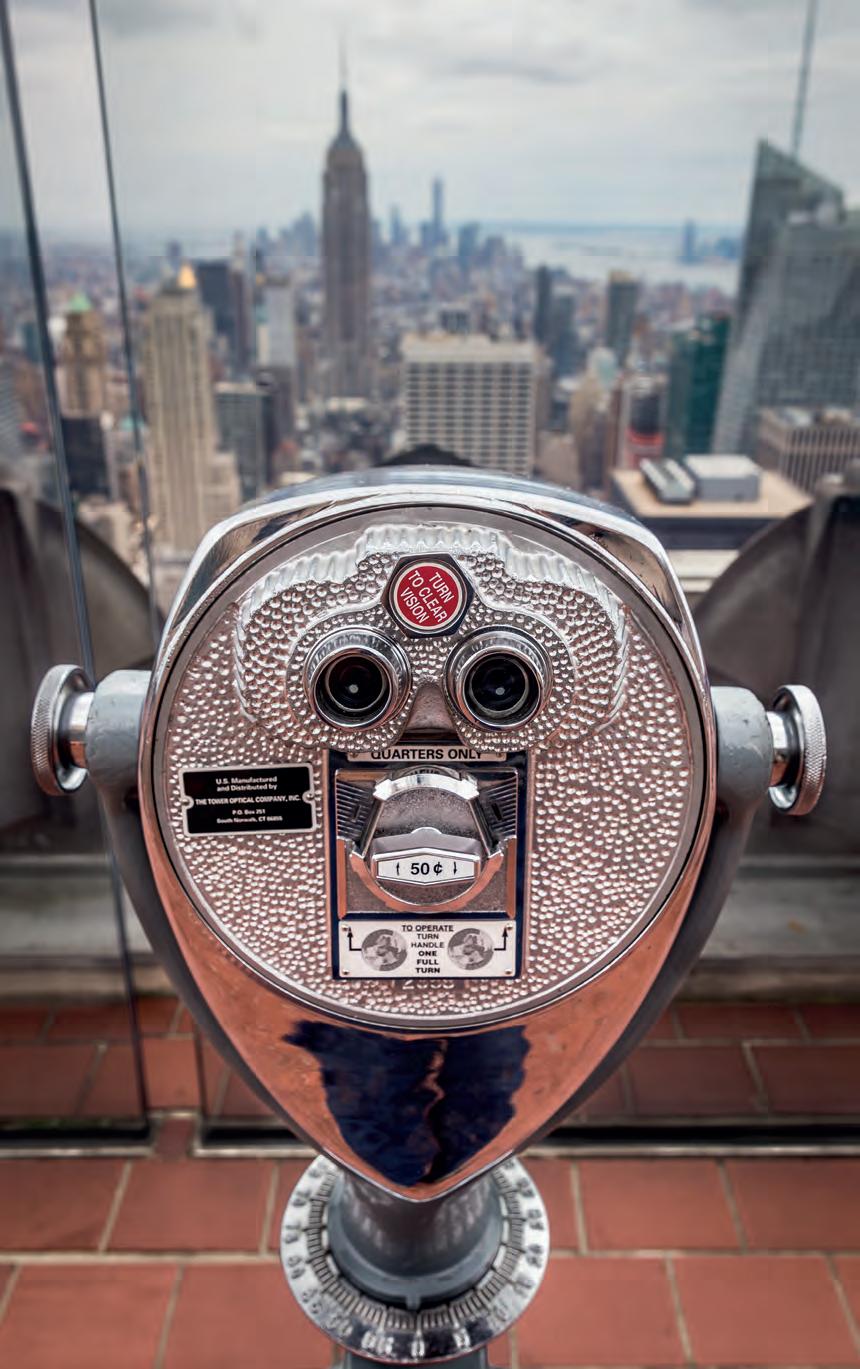
at heart, so I shoot a wide variety of subjects. I most enjoy the creative challenge of seeking out juxtapositions and unusual viewpoints.”
This is certainly true of his wide-ranging submission, which neatly pulls off the feat of being both varied and consistent. Though the subjects change, along with the palettes, styles and settings, everything rings true in unison.
The Licentiate is the latest achievement for Branchflower, who has a lifelong love of photography. His earliest introduction is a familiar one. “My father lent me his camera to take on my first independent holiday,” he explains. “I was thrilled by the power of a camera to record the world I was seeing.”
Having moved to Swansea around 15 years ago, Branchflower joined a photography club and found his interest blossomed.
Since then he has developed his craft – and his own judging abilities, often adjudicating the work of fellow members and local photographers.
“Although critiquing other club photographers’ work is a privilege which has made me more thoughtful as a photographer,” he says, “the benefits [to my Licentiate] were limited because of the additional requirements of [portfolio] creation.”
To overcome this new challenge, Branchflower took advantage of a Distinctions one2one – a feedback session with an adviser who offers critical feedback, image by image.
“The one2one was absolutely critical to my success,” he says. “My adviser was incredibly insightful and helpful. His advice was clear and practical and enabled me to refine my portfolio as well as the individual images.
“The RPS has played an increasingly important role in my photographic journey. As a fairly recent member I have found the RPS constantly opens my mind to new developments and approaches to photography. The RPS Journal and the qualifications are providing me with ideas and structure to improve and really enjoy my photography.”
So, in all of the circles, all 10 images, is there one that stands out?
“[I’m proudest of] ‘The surfers’ reflection’ because it represents my photographic style best,” he says. “Although I initially was attracted to the surfers themselves walking purposefully across the beach with their colourful boards, I realised the light and beach conditions were also producing a strong semiabstract reflection. I focused on that and although, possibly, a risky choice for a submission, I am glad that I included it.”
“As a fairly recent member I have found the RPS constantly opens my mind to new developments and approaches to photography”
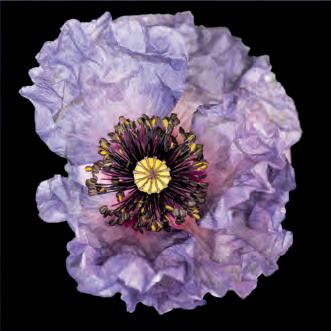
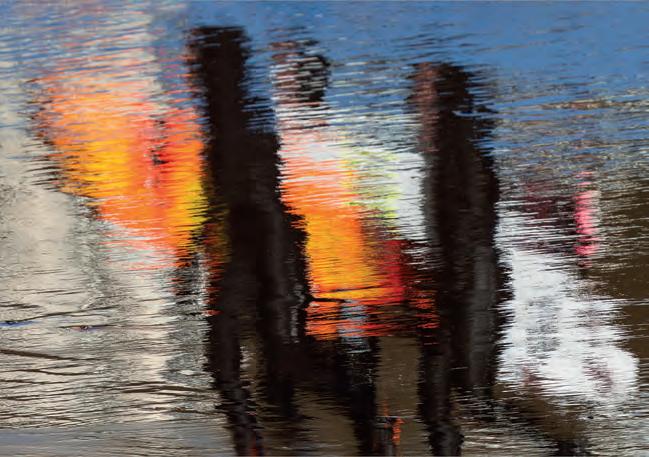
Present: Simon Hill (Chair), Gavin Bowyer, Sebah Chaudhry, Sophie Collins, Charlotte Fraiberg, Andy Golding, Mathew Lodge
Apologies: Mervyn Mitchell
Attending: Dan Jones (CEO), Nikki McCoy (Director of Finance and HR), John Slyne (Finance Consultant), Lucinda Stewart (Director of Membership and Marketing)
The meeting was held online. Dan Jones provided a report to the Board which included updates on the financial outlook, personnel and technology (IT). He reported on the extensive scope of work being done within the IT infrastructure of the RPS, including a new UX for RPS event booking, progress towards implementation of Digital LRPS, and further optimisation of the CRM. He reported on the success of the IPE open call and on plans to launch a Quarterly Member Competition later in 2024. He also reported on the ‘beta’ launch of RPS Professional and on the formation of the RPS Journal Editorial Board.
While acknowledging the ambitious 2024 targets, Trustees voiced concerns over the reported business position, particularly with respect to finance and membership KPIs and what appeared to be a less effective than anticipated marketing strategy. Dan explained the reasons for this and advised that the shortfall in membership acquisition would not be addressed by increasing the acquisition targets for subsequent months and that the Board must accept that the end-of-year close-out is tracking, at the moment, below target on finance and membership.
Lucinda Stewart provided a report on marketing activity and performance, noting that with membership there were some encouraging signs. A report on the digital marketing strategy was
provided. Lucinda’s report concluded with a debrief on activity from The Photography and Video Show (16-19 March), noting that this generated more than 100 new member sign-ups.
Nikki McCoy presented the management accounts. Dan’s earlier report included feedback from consultation on the proposed new financial arrangements for Groups and Regions, and Nikki explained that while these new arrangements would not impact the P&L position, they will provide funds for the extensive IT works that will support more effective operations within the RPS community.
The Board ratified a raft of documents that contribute to good governance of the RPS. The LRPS Assessment Criteria, Terms of Reference for Groups and Regions (including RPS Professional) and RPS Awards were all ratified as Regulations with immediate effect.
The Board also considered how the EDI and ESR Committees could have greater impact on RPS programmes.
Present: Simon Hill (Chair), Sebah Chaudhry, Sophie Collins, Charlotte Fraiberg, Andy Golding, Mathew Lodge, Mervyn Mitchell
Apologies: Gavin Bowyer Attending: Dan Jones (CEO), John Slyne (Finance Consultant)
The meeting was held online. Dan Jones reported a positive performance against KPIs and described mitigation for the projected income deficit. John Slyne provided further detail later in the meeting. Workshop performance remains below target and this will become a focus for the staff team. The Board agreed that development of workshop provision should be aligned to the Distinctions framework. Dan updated the Board on various personnel matters and the impact these will have on operations. He reported that the event booking upgrade application will go live in June. Work towards the implementation of Digital LRPS is in the final stages.
Strong impact on new membership uptake was reported. Considering lapsed and resigned members, net membership is now growing with only a modest cost per acquisition. The structure of the RPS community is being examined and Dan will make proposals to the Board at the next meeting. Dan reported on the exhibition programme, noting that the IPE has received more paid entries than the previous year. The touring exhibition programme was discussed.
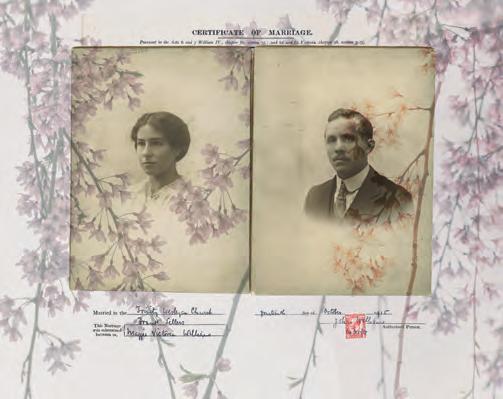
Gavin Bowyer (in absentia) provided a summary of objectives for the CEO. These were agreed by the Board. Dan and John provided an update on actions arising from the Board Resolution (passed in November 2023) to sell RPS House. Execution of the communications programme was discussed and Dan thanked Trustees for their input to this.
Simon Hill reported that on 14 May 2024 the Privy Council had issued an order approving the new by-laws of the Society. In approving the new by-laws, the Privy Council also approved the regulations governing the award of the RPS Chartered Photographer designation. Necessary changes to the Royal Charter were discussed and the Board passed a resolution in support of those changes. To conclude the process, a members’ resolution will be put to the AGM in September.
Trustees considered the minutes from recent MemCom and RepCom meetings. The meeting closed with a review of the timetable for the annual report and accounts 2023, and arrangements for the AGM in September.
Simon Hill HonFRPS
President and Chair of Trustees‘Just married’ from the series The Garden of Maggie Victoria by Rachel Nixon. The series won third place in the 38th edition of the international AAP Magazine Photography Awards. Nixon is a member of the RPS Women in Photography Group and editor of the group’s magazine, We Are
Destiny Deacon HonFRPS (1957-2024)
Destiny Deacon, who has died aged 67 years, was the 2022 recipient of the RPS Centenary Medal and Honorary Fellowship – the Society’s highest award for the art of photography.
Deacon was an Australian First Nation artist and activist who exposed to political effect the disparagement around indigenous Australian cultures.
Her interest in photography began at an early age, but she studied politics at university and began teaching. With her Aboriginal activism growing, Deacon returned to photography in the late
1990s to comment on her culture using Black dolls, which became a motif throughout her work. She turned professional in 1990.
Deacon used photography to express her own feelings, and her use of dolls and ephemera formed the basis of her practice. She added video, installation and performance to her photography. She was increasingly exhibited in solo and group shows in Australia and internationally. Her first major retrospective was held in 2004 in Sydney and a second was scheduled for 2020 in Melbourne but was delayed due to the pandemic. Her work was variously described as political, witty,
feminist and as urban art, but she told the RPS Journal: “The pictures tell the story. People look at the pictures and they should think, and they should either get love or get disturbed.”
The Sydney-based Roslyn Oxley9 Gallery, which represented Deacon for more than two decades, said: “We have no doubt that Destiny’s legacy will continue to inspire and resonate with future generations, serving as a potent impetus for social change and collective healing.”
Deacon was interviewed for the November-December 2022 issue of the RPS Journal.
Dr Michael Pritchard FRPS
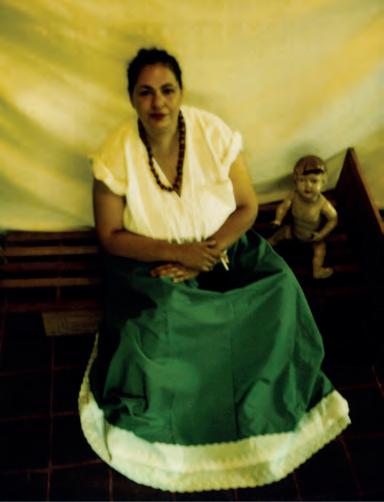
LICENTIATE
March 2024
Shelagh Allen, Worcester
Vincent Allen, Gateshead
David Ashdown, Guildford
Neil Avery, Worcester
Denise Bailey, Radstock
Patrick Barker, Cheltenham
David Beardmore, Stoke-on-Trent
Paul James Branchflower, Swansea
Marc Brimble, Stafford
Ian Bundey, Lowestoft
Brian Connolly, Wallington
Walter De’Ath, London
Matt De-Beger, Bristol
Debra Duncan, Bo’ness
Godfrey Dyan, Edgware
Graham Elliott, Folkestone
Jonathan Evans, Gloucester
Christopher Hawking, Middlesbrough
David Hendry, Banchory
David Hepworth, Barton-upon-Humber
David Hindley, Ashtead
Barbara Jones, Stourport-on-Severn
Peter Jones, Haslemere
Heather Lindsay, Wymondham
Joanna Lush, Winchelsea
Charlotte Mann, London
Patricia Meers, Leighton Buzzard
David Millier, Bromley
Lisa Moisan, Newcastle Upon Tyne
Thomas Obitz, London
Joy Phipps, Salisbury
Robert Price, Market Drayton
Adrian Richmond, Norwich
Roger Robinson, Chelmsford
John Rose, Winchester
John Scholey, Sheffield
Kate Somervell, Northallerton
Liz Thompson, Harpenden
Kenneth Warne, Bungay
Phillip Whiffing, Dorchester
Phil Winfield, Swindon
LICENTIATE EXEMPTION
March 2024
Sheena Baggaley, Lincoln
Ron Kelly, Penrith
Elliot Smith, Manchester
VISUAL ART ASSOCIATE
March 2024
Adrian Court, Milton Keynes
Steven Galvin, Marlow
Nick James, Wells
Afshin Mehrpouya, Edinburgh
Nishikant Mhatre, Vasai West
APPLIED ASSOCIATE
April 2024
Eve Milner, London
Mike Taylor, London

DOCUMENTARY
ASSOCIATE
April 2024
Sara Cremer, Wakefield
LANDSCAPE ASSOCIATE
April 2024
Roger Bracewell, Cheltenham
Mark Hetherington, Penrith
Mairi Macaulay, Muir of Ord
David Muiry, Sherborne
Lyn Rostron, Wirral
Jeremy Roussak, Manchester
NATURAL HISTORY
ASSOCIATE
April 2024
Sathish lal Andhekar, Hyderabad
Suzanne Behan, Ballitore
Jarret Brown, London
Lachlan French, Saffron Walden
Sheila McKenzie, Ardgay
James Moore, Saltash
David O’Neill, Reading
ASSOCIATE EXEMPTION
April 2024
Samantha Buchanan, Cambridge
Turn to page 320 and begin your journey towards an Associate Distinction
Stefania Serena Distante, Cheltenham
Shannon Moran, Falmouth
Brian O’Callaghan, Southwold
Yammie Pang, Fanling
Brian Sadler, Kings Lynn
Jacy Wilkes, Hassocks
VISUAL ART FELLOWSHIP
March 2024
Martin Searle, Whitstable
LANDSCAPE FELLOWSHIP
April 2024
Jan Ison, Jersey
NATURAL HISTORY
FELLOWSHIP
April 2024
Glyn Fonteneau, Wimborne
PHOTOBOOK
FELLOWSHIP
April 2024
Geraint Evans, Leeds
Shu Kato, Niiza
From
 SIMON HILL HonFRPS President,TheRoyalPhotographicSociety
SIMON HILL HonFRPS President,TheRoyalPhotographicSociety
The RPS is beginning a new journey to strengthen its future
Since the launch in 2021 of the RPS strategy Photography for Everyone we have made much use of the phrase ‘your photographic journey’.
The ambition to encourage each of us to take our own unique journey to becoming a more accomplished photographer permeates everything we do as an education charity and membership organisation dedicated to promoting the art and science of photography. The recent announcement that we are to sell our Bristol headquarters building signals the start of a new chapter in the evolutionary journey of the RPS.
Since 2019 the Board of Trustees has grappled with two significant ambitions for the RPS. These are to achieve financial stability and long-term sustainability; and to provide ever greater opportunity for member engagement with photography and with RPS programmes including Distinctions, education, exhibitions and competitions. Both ambitions must be to
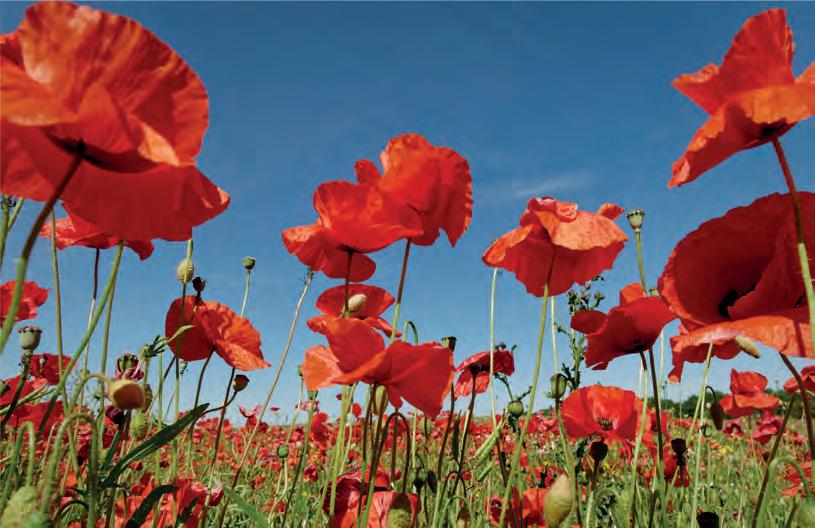
the benefit of all our members, wherever they live, and must deliver to the needs of a more diverse membership. Selling RPS House, acquiring a smaller administrative base in the Bristol area and taking all our engagement programmes into the Regions will help us achieve both these ambitions.
The foundation work to reach the point at which the Board could confirm its intention to sell RPS House began, in earnest, in mid2021. Research and planning by successive Trustees – including no less than four Honorary Treasurers – and the Executive team has, since then, been extensive and incredibly detailed. There has been frequent consultation with members, through our Members and Representatives committees, on specific aspects of a new model for the RPS, particularly on how our community of volunteers and members can be better supported.
Throughout this process the Board and the Executive have taken specialist advice for each incremental step towards achieving
“The ambition to encourage each of us to take our own unique journey to becoming a more accomplished photographer permeates everything we do as an education charity and membership organisation”
these two ambitions: from the Privy Council Office, from the Charity Commission, and from our professional advisers. It has been a tough path for the Board and has required great resilience and commitment from everyone involved.
I would like to thank all those Trustees –past and present – who have contributed so diligently and supportively to this momentous task. With the Trustee Elections 2024 we will soon welcome new Trustees who will deliver a governance role to support this journey over the next three years.
On 20 November 2023, the Board of Trustees finally passed a resolution that committed it to sell RPS House. That’s when we embarked on a new journey that will allow the Society to become an increasingly more agile and responsive organisation, one ‘fit for purpose’ in delivering its publicbenefit charitable objectives and providing more opportunities for our members to engage with photography and each other.
This is exactly what the RPS should be and it is for this reason that more than 10,000 photographers choose to be members. At the time of writing, this month we have welcomed more than 200 new members to the RPS. We must all work together to ensure this growth continues so that the RPS remains the foremost photographic organisation in the UK and a world-leading photographic community.
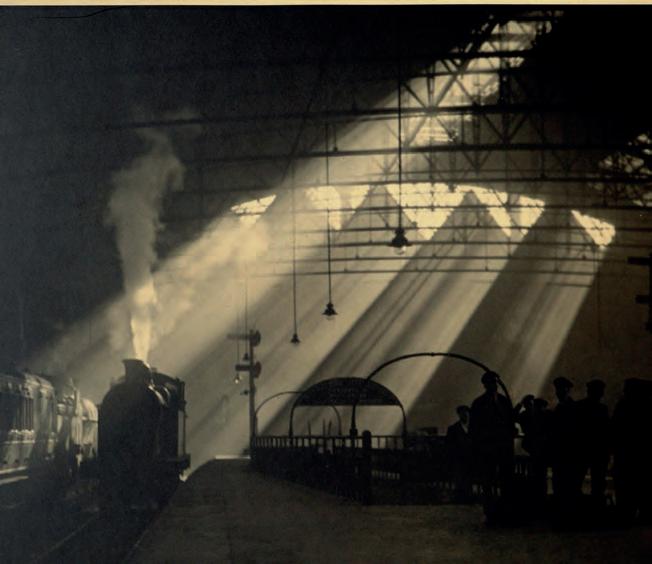
This mesmerising work by former RPS President Bertram Sinkinson is among several hundred donated to the Society by his son
During 1953, the centenary year of the RPS, the position of president was held by Bertram Sinkinson OBE HonFRPS (1909-1985).
Bertie, as he was known, was an accomplished studio and commercial photographer as well as a respected landscape photographer. He trained with the long-established Birmingham studio of H J Whitlock before setting up his own studio in Stafford, where he remained until he retired.
Bertie joined the RPS in 1931, gaining his Fellowship in 1932. He was a Fellow of the Institute of British Photographers, later becoming its president and serving in
the same role for the Stafford Photographic Society and the Photographic Convention. He was also chair of the London Salon.
Bertie’s studio portraits were recognised during his career as being of high quality and he photographed lots of well-known people.
It was his more personal pictorial landscape work, though, that won him many accolades and still resonates today.
He regularly visited Sussex with his young son, Robert, who recalls carrying equipment for his father, then waiting for the light to be just right before his father made the exposure.
Bertie’s understanding of light underpinned his work and his landscapes are frequently dominated by large skies over land or sea. He exhibited widely and successfully in the RPS Annual, the London Salon, and in club exhibitions across Britain.
Robert Sinkinson has donated a significant collection of his father’s exhibition prints and the work of some of Bertie’s contemporaries to the RPS in Bristol. The photographs are available for viewing and with some accessible online at rps.org/sinkinson
Dr Michael Pritchard FRPS is a consultant to the RPS
27-29,BoltonStreet,Brixham.Devon.TQS9BZ. 01803 852400
Current opening times: - Tuesday - Saturday 1 Oarn till 2pm.
:ProudlyCe!e/Jratfng 70 CjjeargCJJgrvfngfl/re:Pkotogra;kicCommunity
~s AS'a tkankyoutotkemanycuS'tomerS'wkokaveS'UpfoOrledUS'dwingtkeS'e f a/Ju!ouS'yearS' 1 liJ i weareplanningaS'erieS' ofpromotioMS'andgiveawayS'tkrougkout 20241
5'0/JeS't{J'etokeel>rckeckiMPOt{J'WebS'ite ...WWW.UIFSUDS.COUforfa!!detai!S'. 1954 - 2024 r D Remem/JertootkatwekavetkeWe>tCoU1ttt'l>/Je>t>e!edfon ofU>ed 8- new>tock ....
DIGITAL(DSLRI Mirrorfeg)J-FILU (3smm-6JvJ LENSES (AFI MFJ -ACCESSOUES Etc. _ OrgiRlt,,t,, viatkewekite,toreceivereDo"'arutv!ntegOlttke!ategtlteMlwkat ig11ew @d H(JA-Ar'lfilfDO at



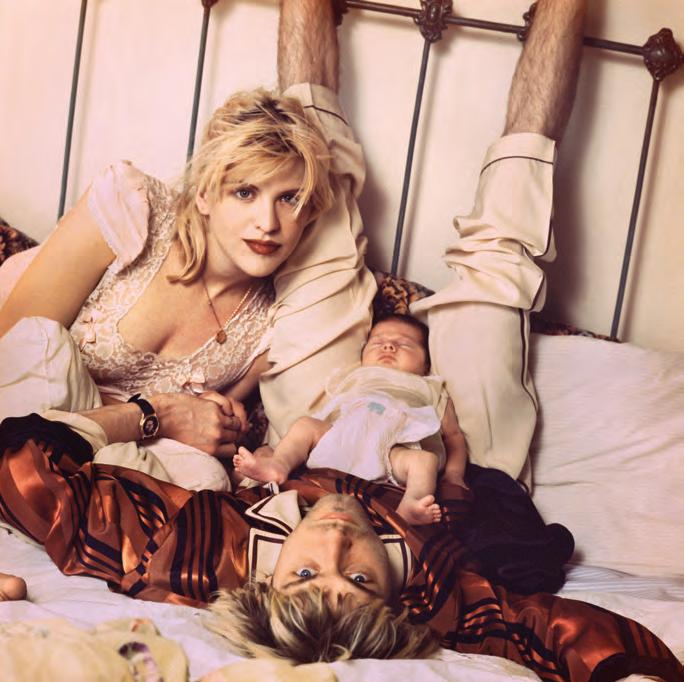
This intimate portrait of Kurt Cobain and Courtney Love with their new baby came about by serendipity, writes Rachel Segal Hamilton
It’s a touching family portrait that recalls John and Yoko’s iconic ‘bed-in’ portrait – but had Kurt Cobain been an early riser this image might never have happened. When photography duo Constance Hansen and Russell Peacock – known professionally as Guzman – arrived at the Hollywood home of Kurt Cobain and Courtney Love following a commission from the music magazine Spin, Love greeted them at the door with fresh coffee and guava pie. Initially, though, Cobain was nowhere to be seen.
“After waiting for Kurt to appear and worried that we would run out of time, we let Courtney know we were super happy to photograph him in bed if he preferred, so we all tramped upstairs,” Hansen recalls.
Photographed on a Hasselblad camera in September 1992, this image of the couple with their newborn baby, Frances Bean, made the cover of Spin.
“There was an intense amount of interest and scrutiny swirling around them at the time,” says Peacock. “A good magazine cover
has to catch people’s attention. Previously, their fans had only seen them in a particular way – as celebrated grunge rock musicians. This image presented them differently –as just a young unpretentious family hanging out in bed with their new baby.”
A series of 90 shots from that morning appears in Family Values, published to mark the 30th anniversary of Cobain’s untimely death by suicide on 5 April 1994.
“They were at the forefront of a group of musicians and artists who were questioning
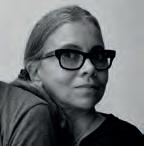
the cultural shifts that began to occur in the late 1980s,” says Hansen. “Post-punk music was in part a reaction to the social and political issues of the day and the acceleration of consumerism and corporate consolidation.”
The legacy of Kurt and Courtney is still being felt 30 years on, as Hansen reflects. “Perhaps their music continues to resonate because young people are still pushing back,” she says.
Family Values is published by PowerHouse Books. powerhousebooks.com

